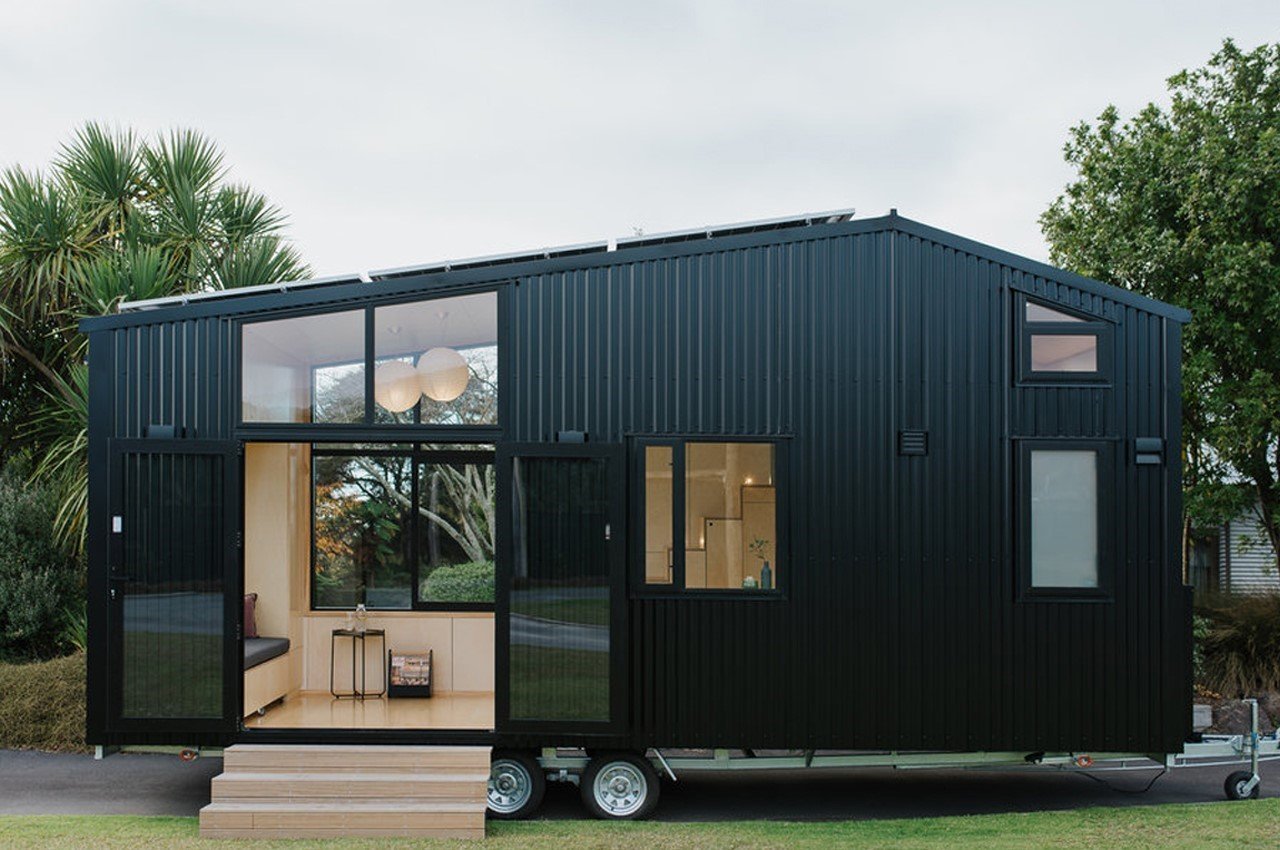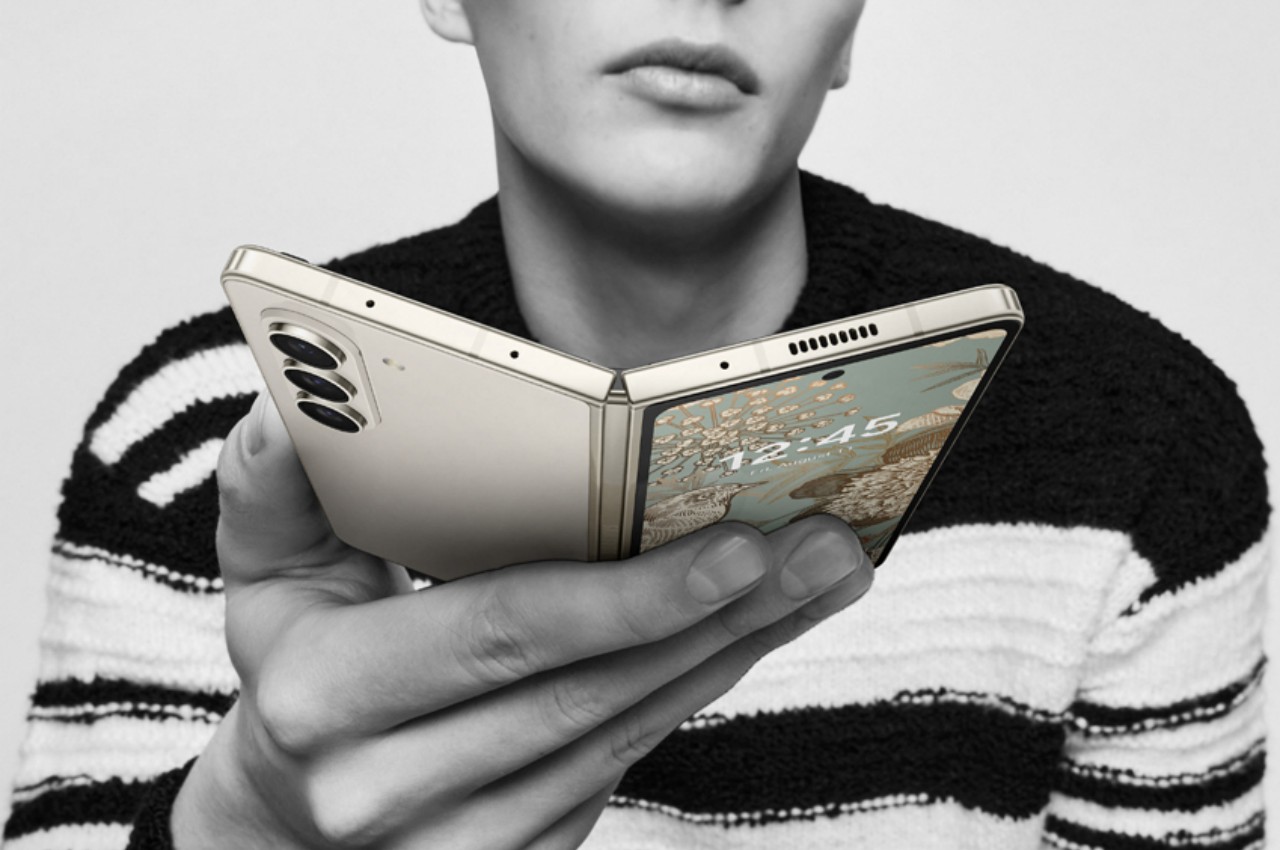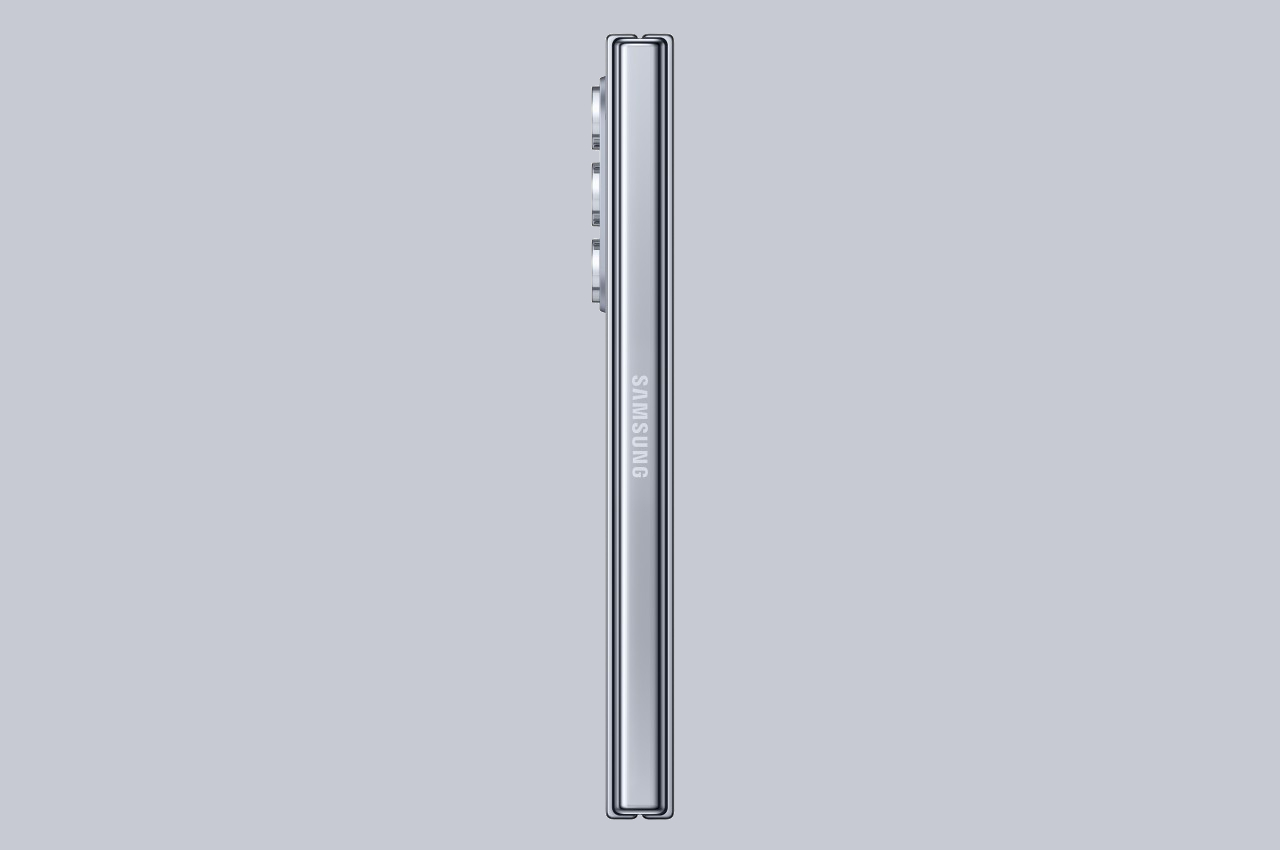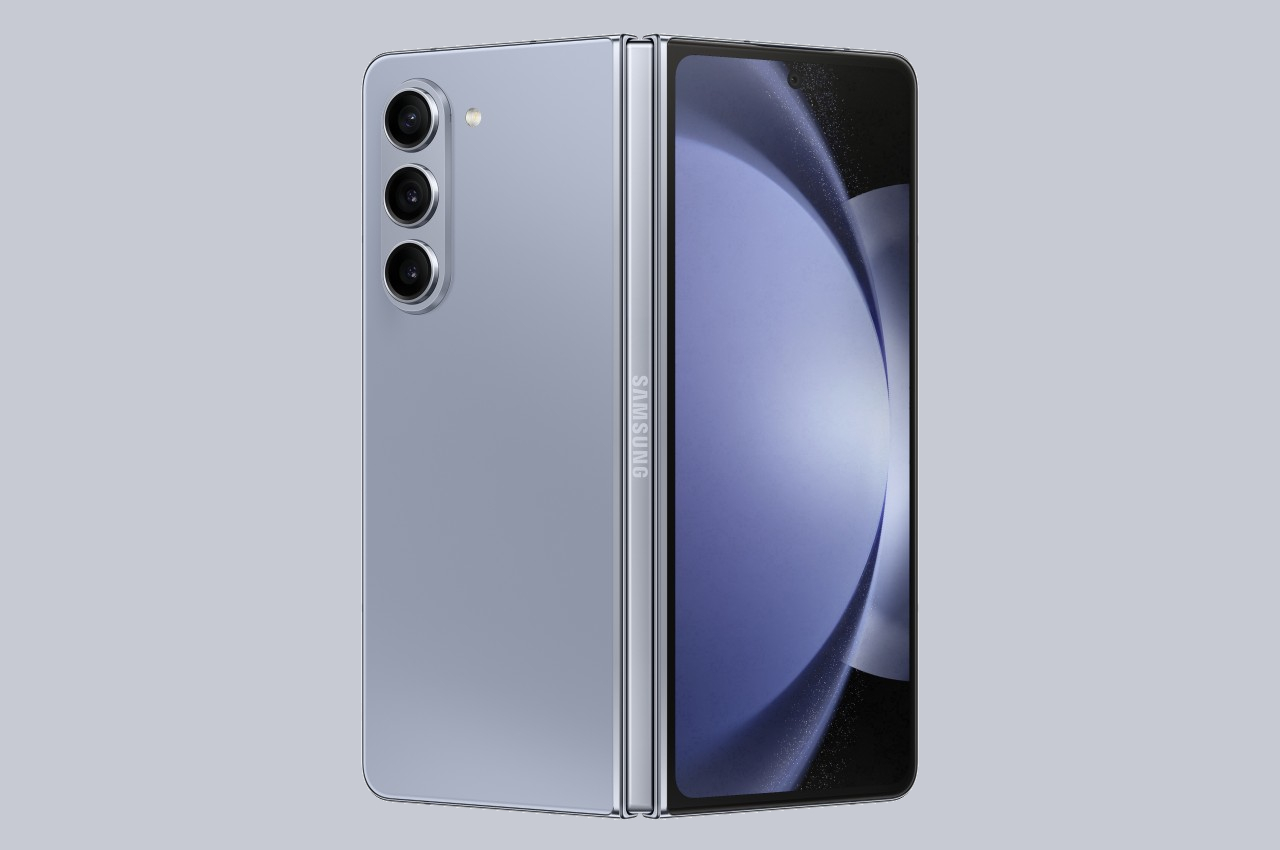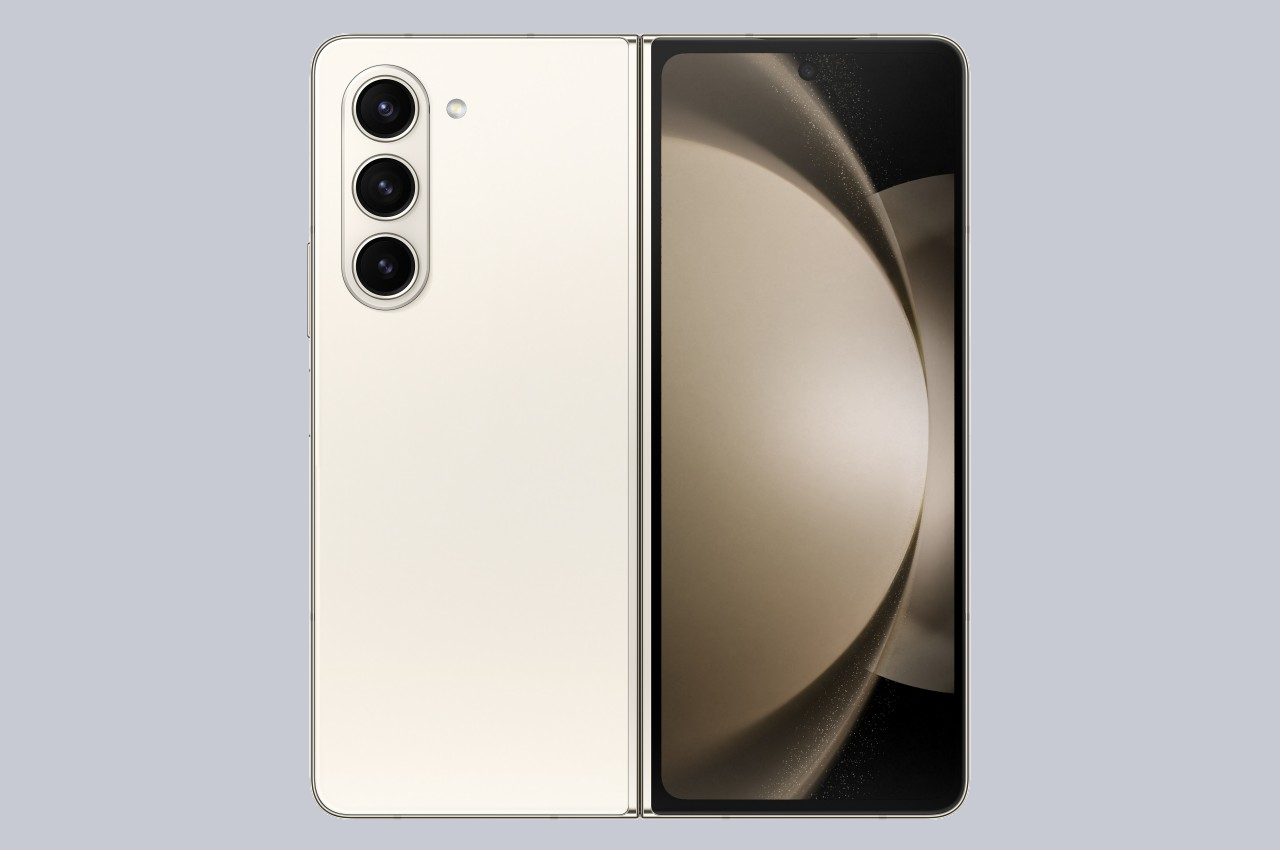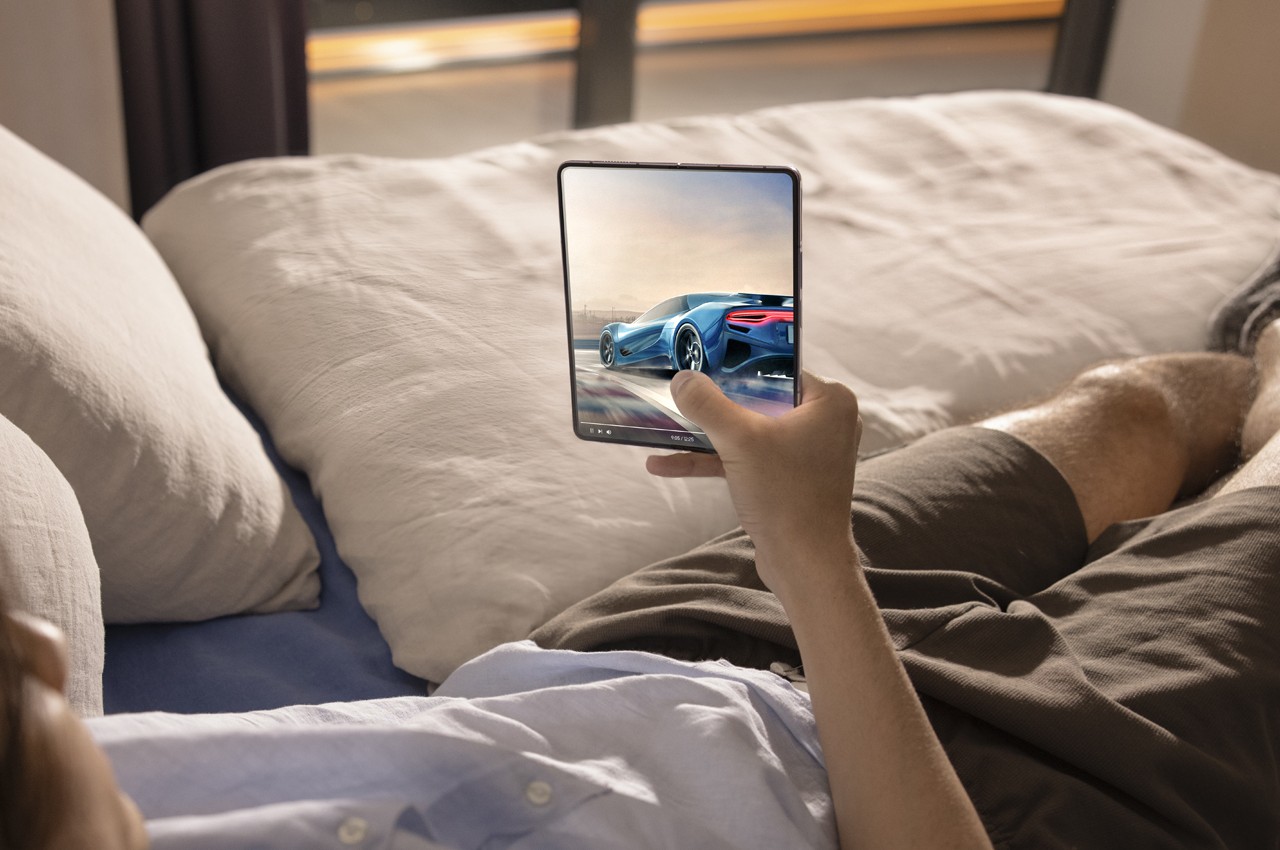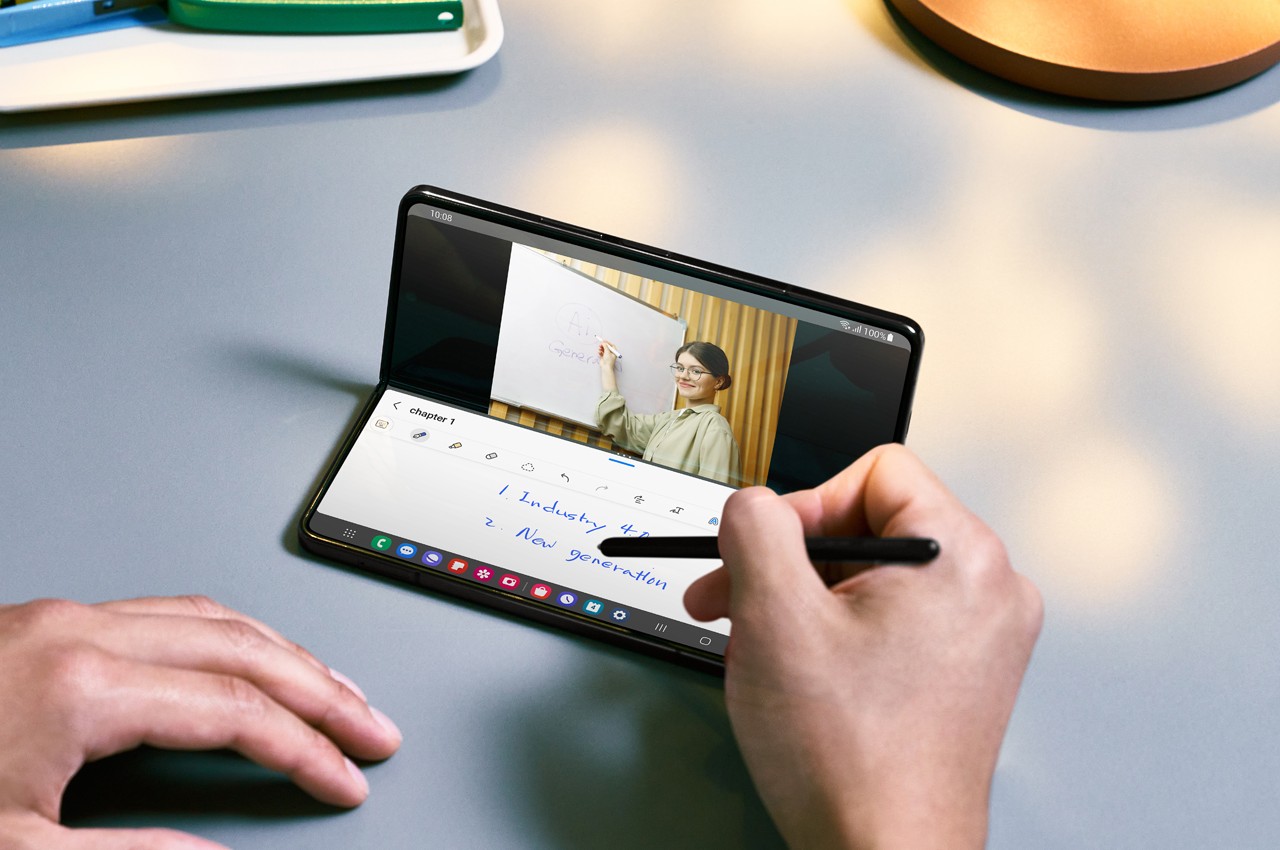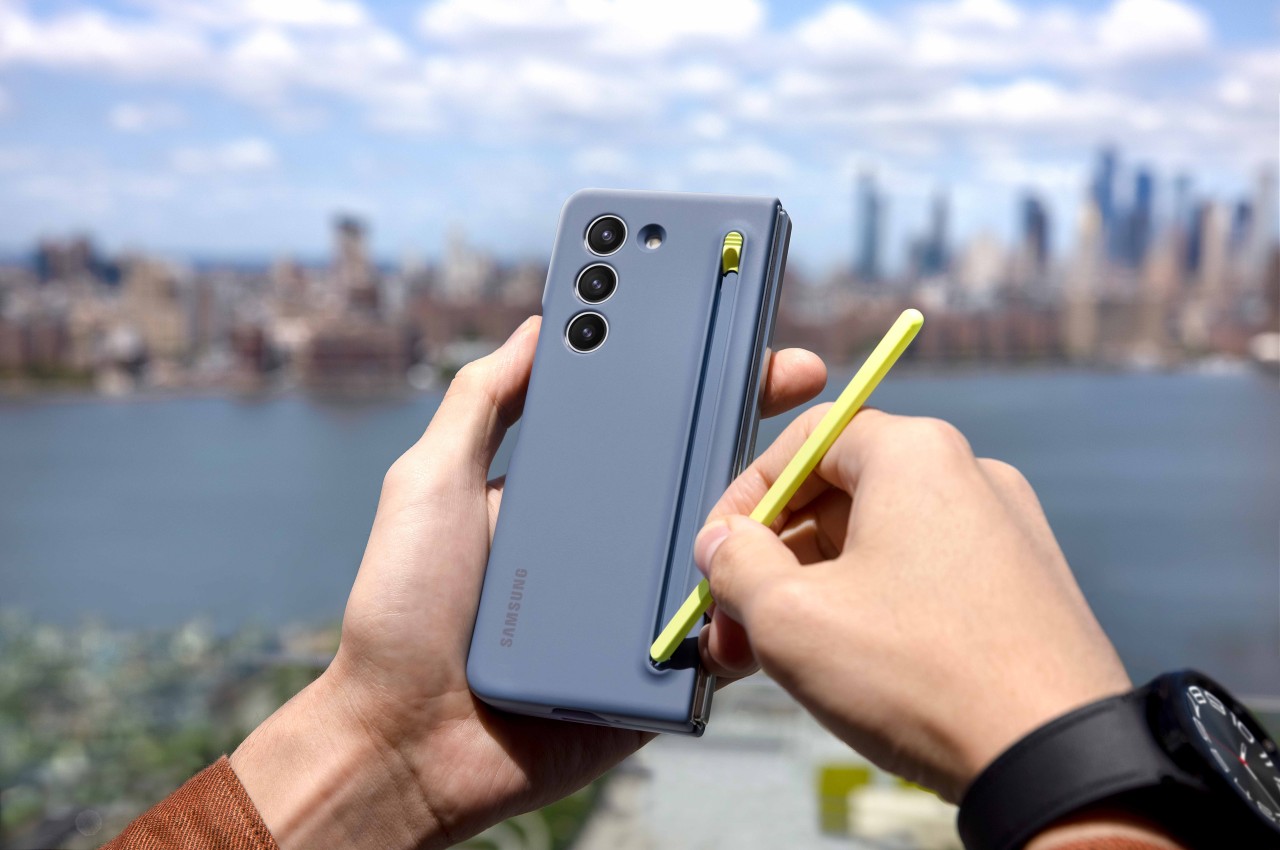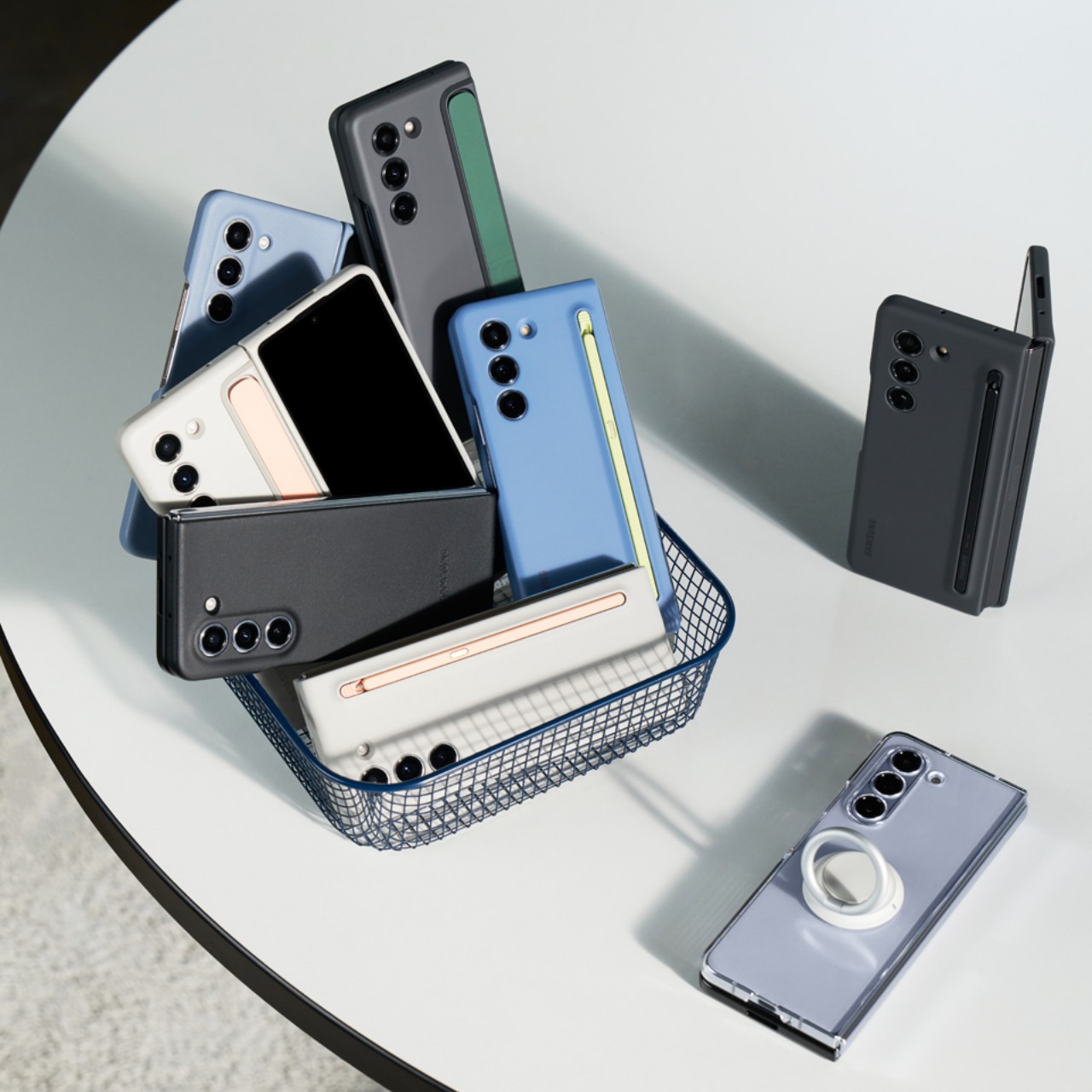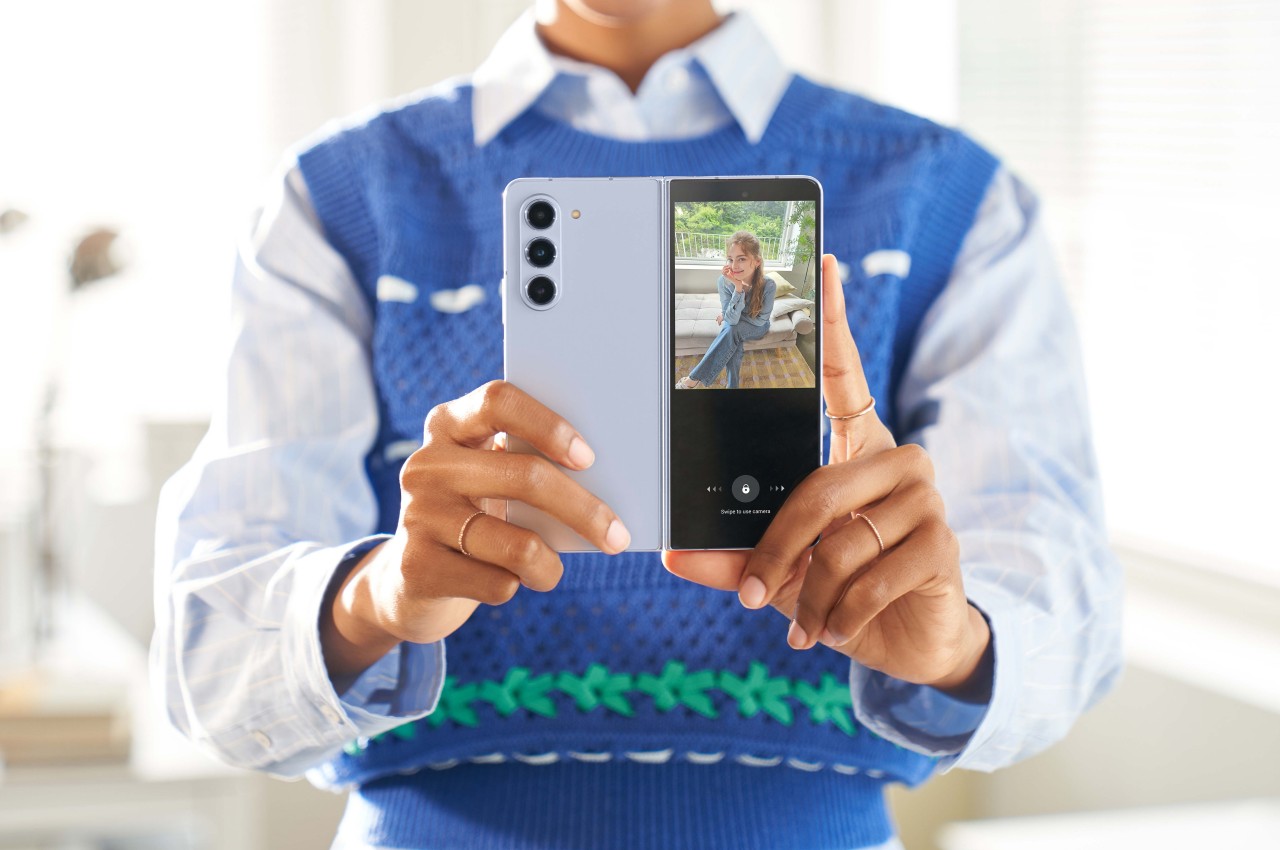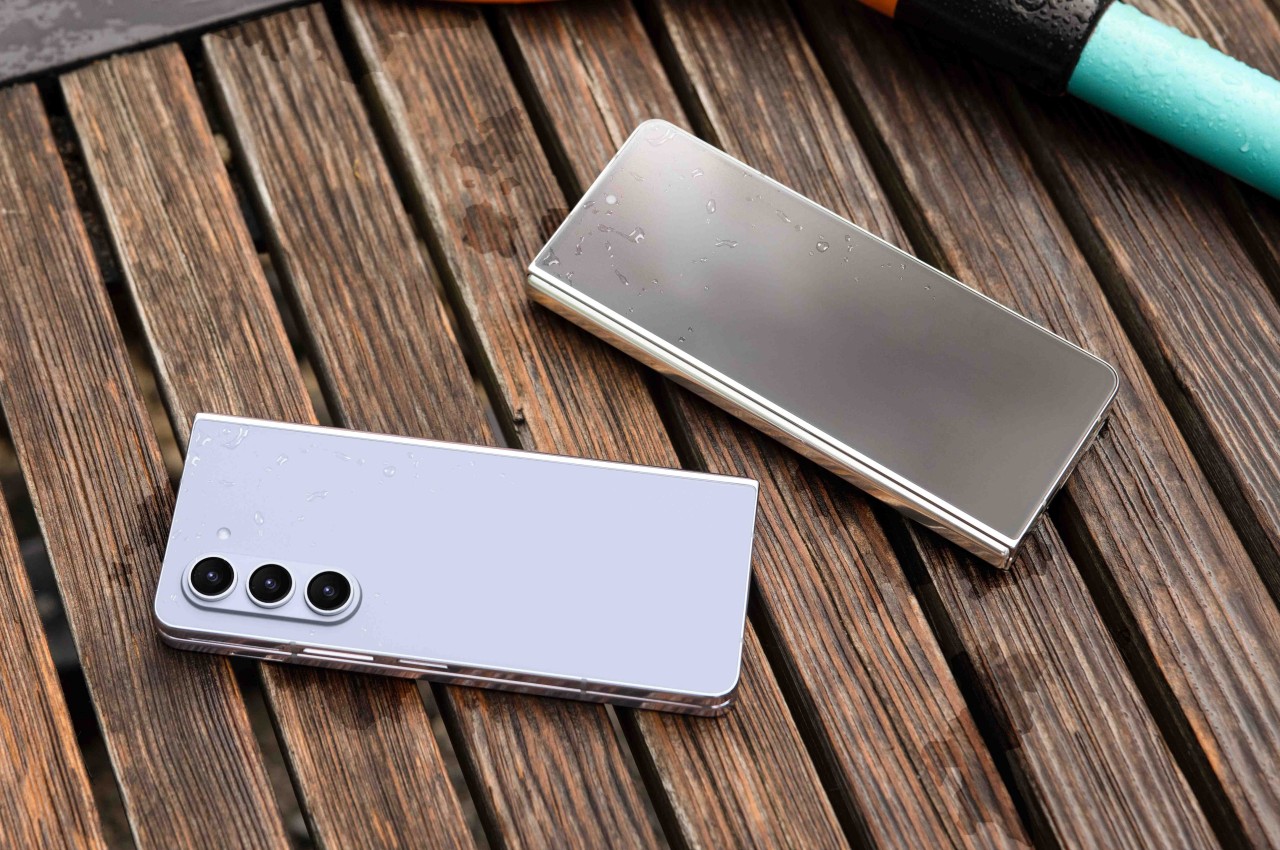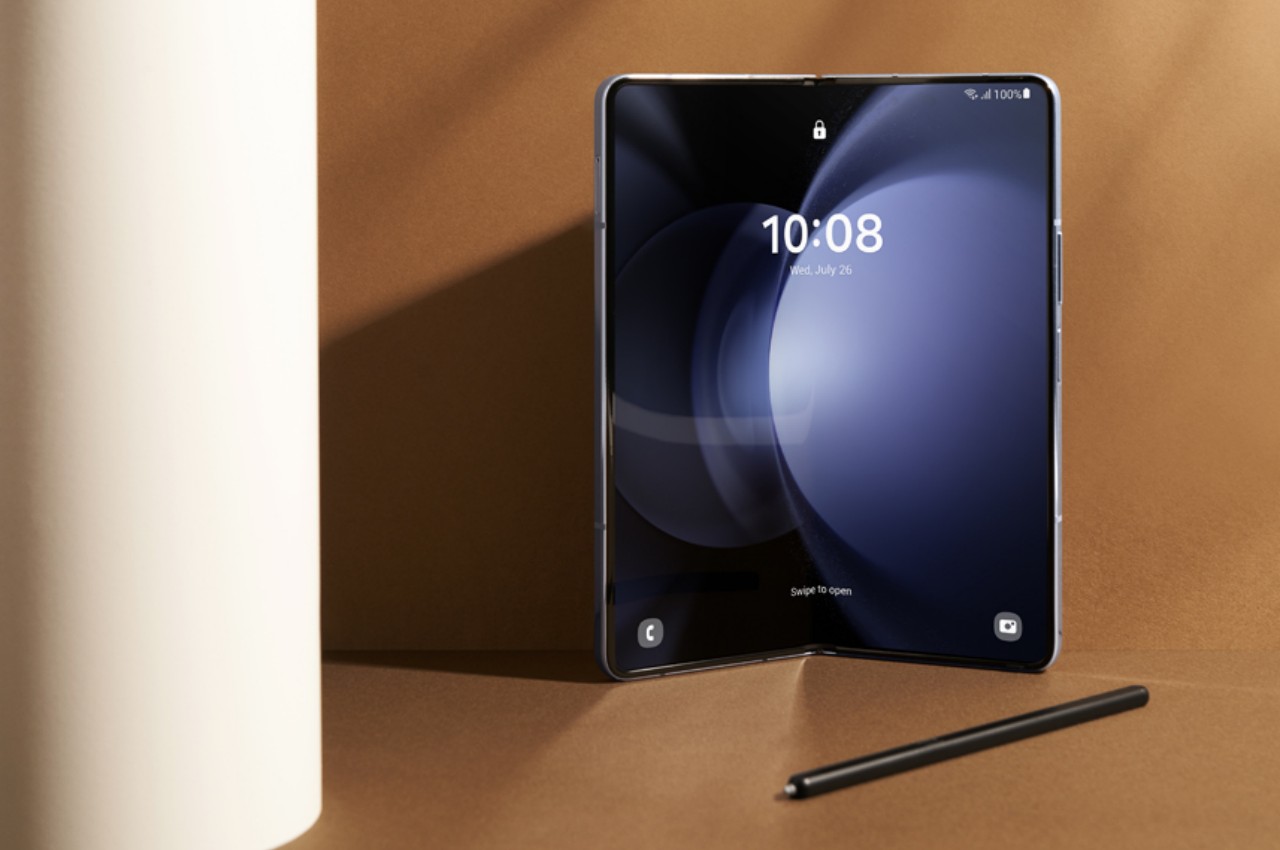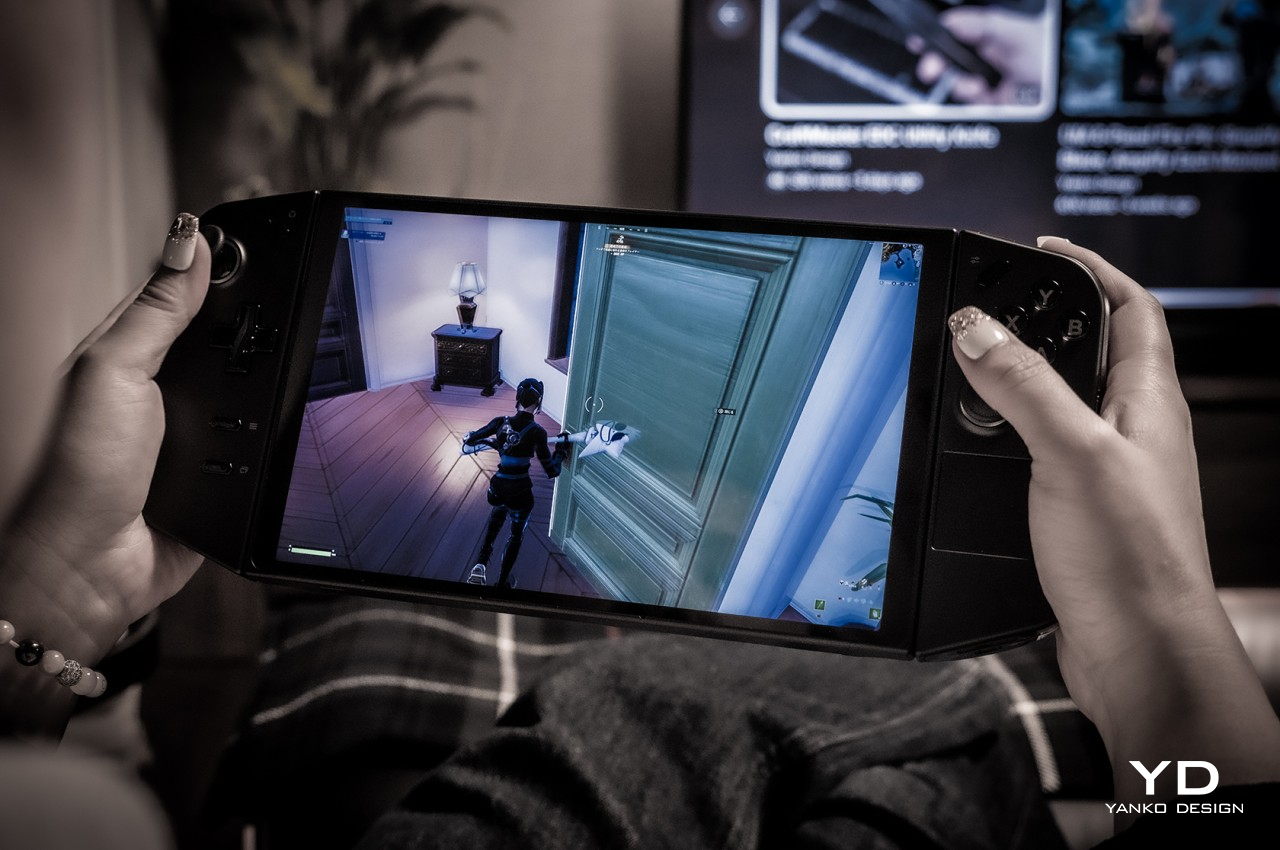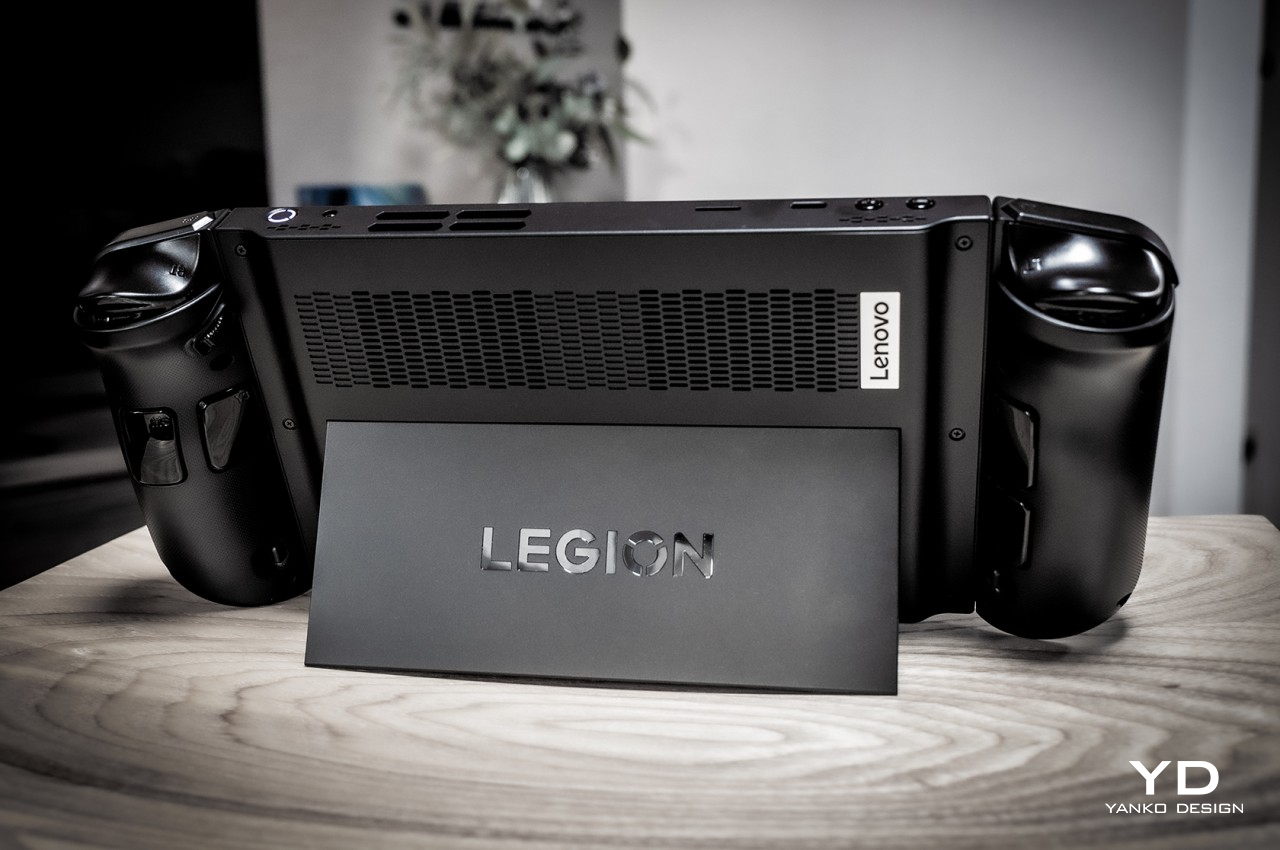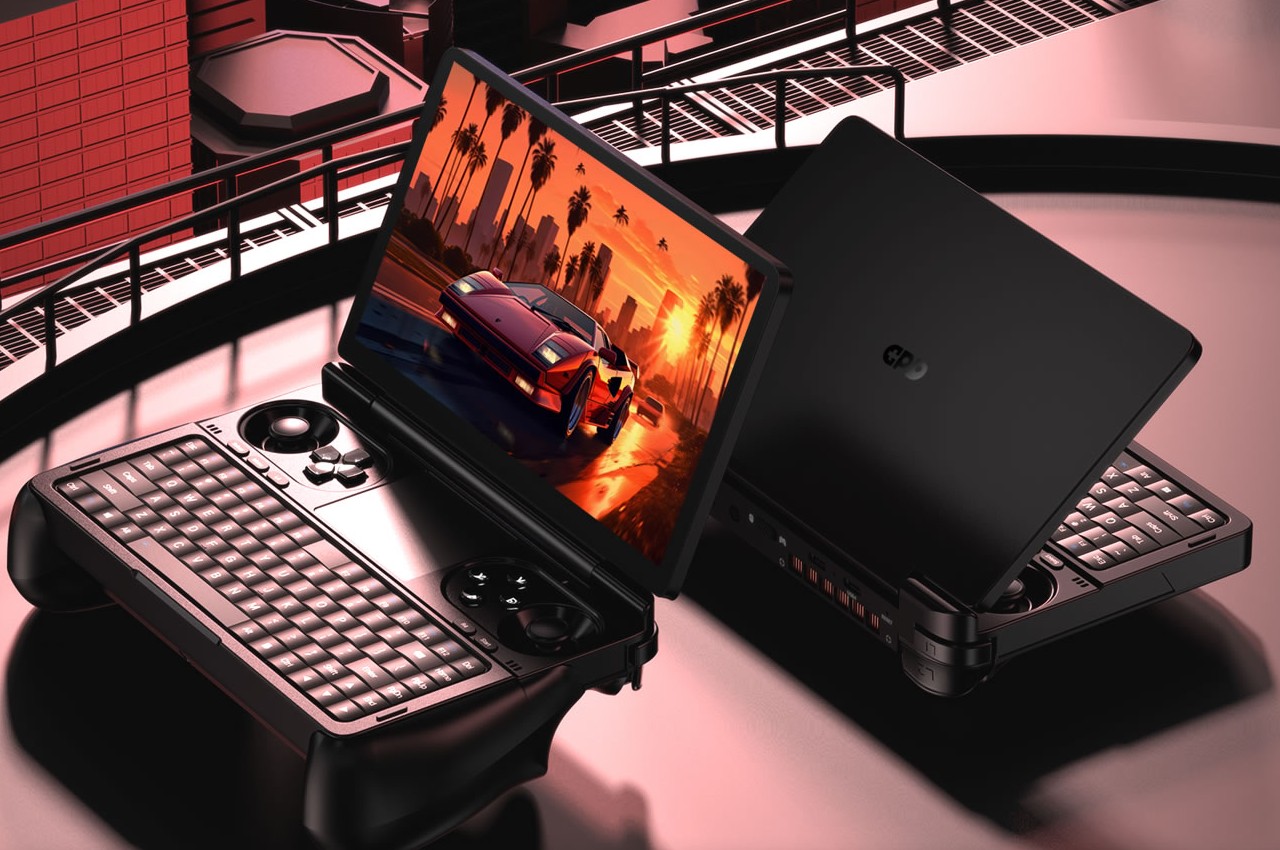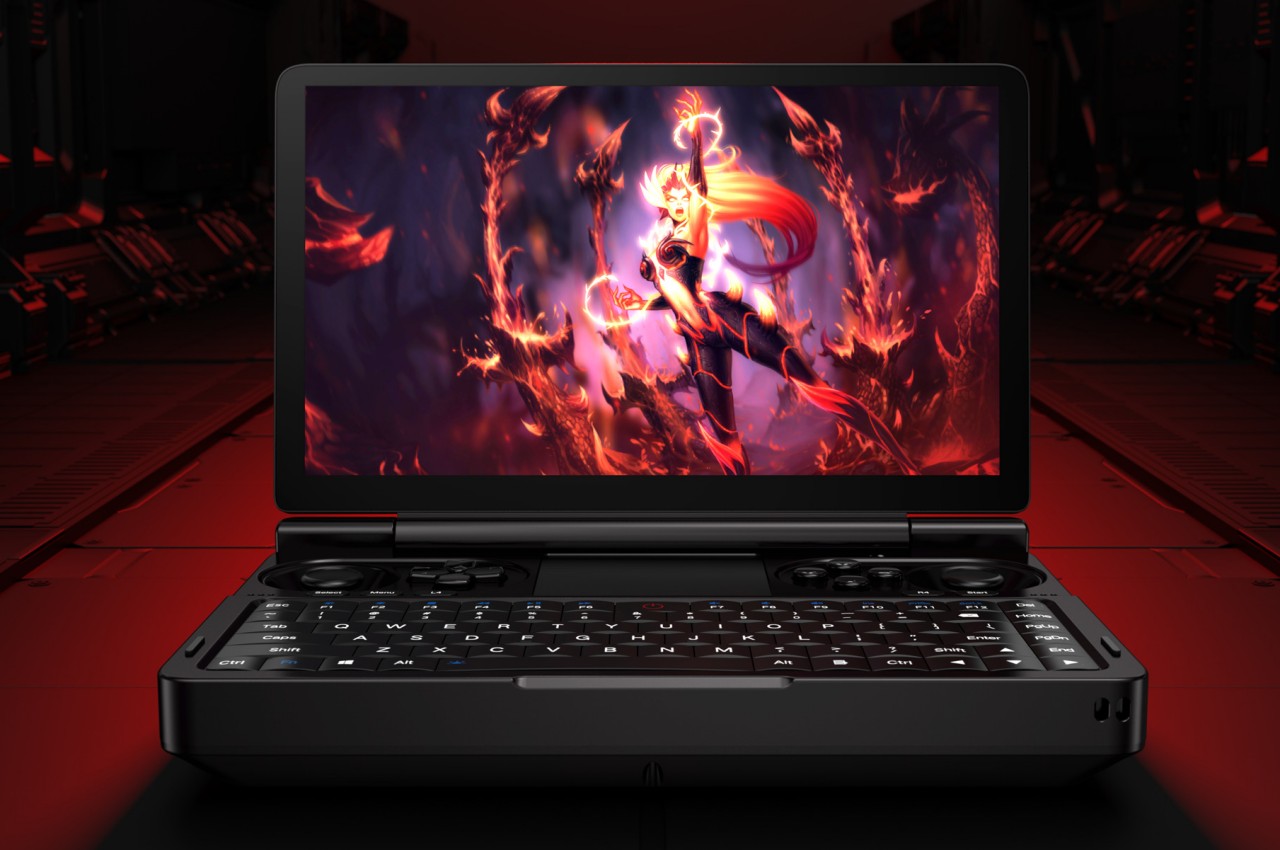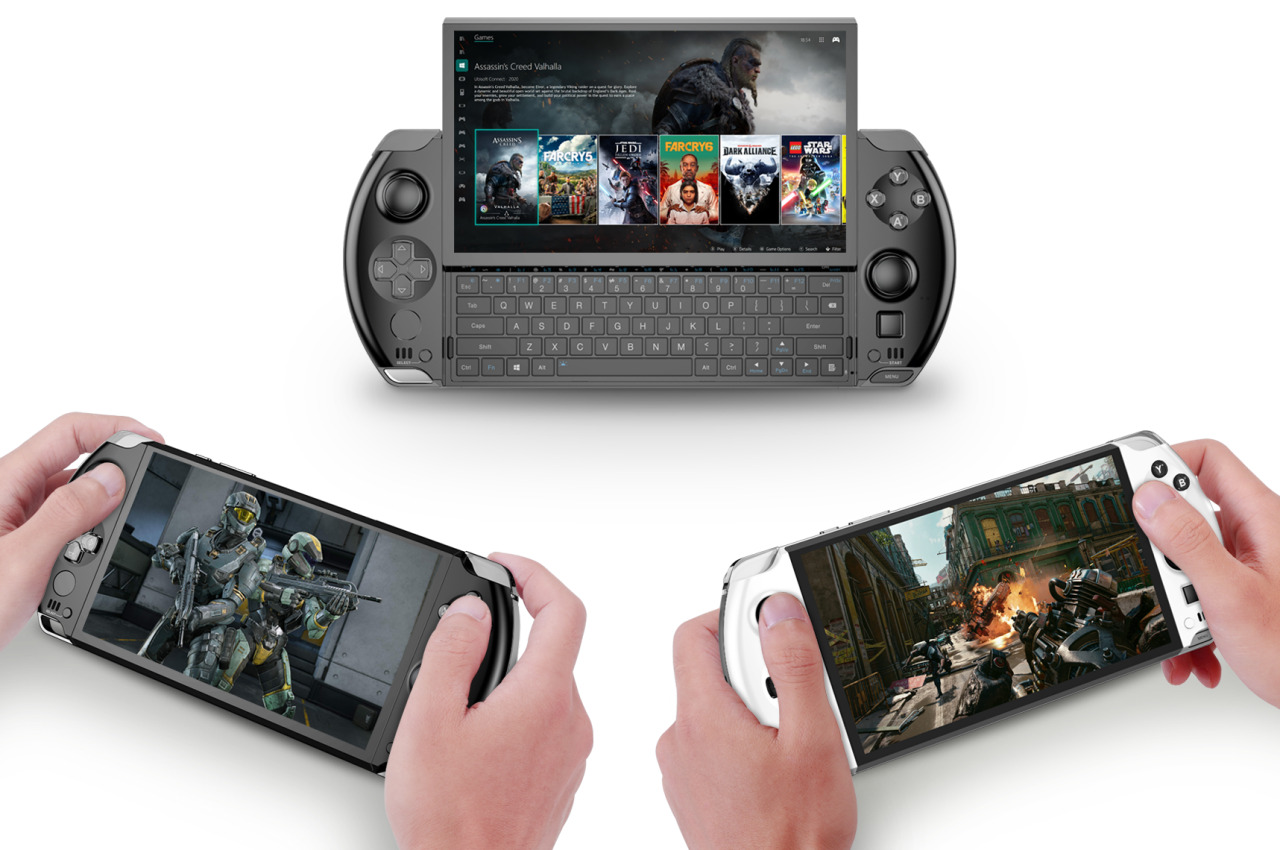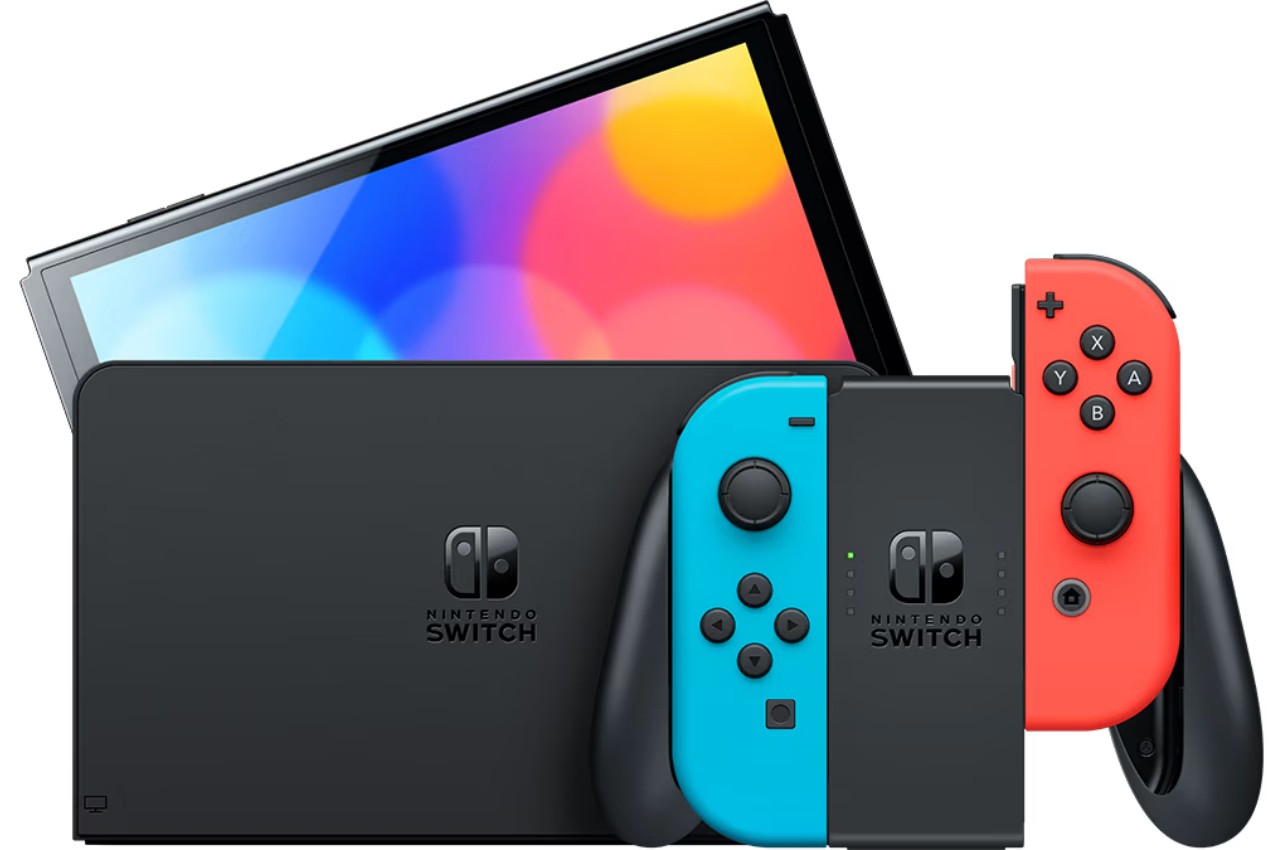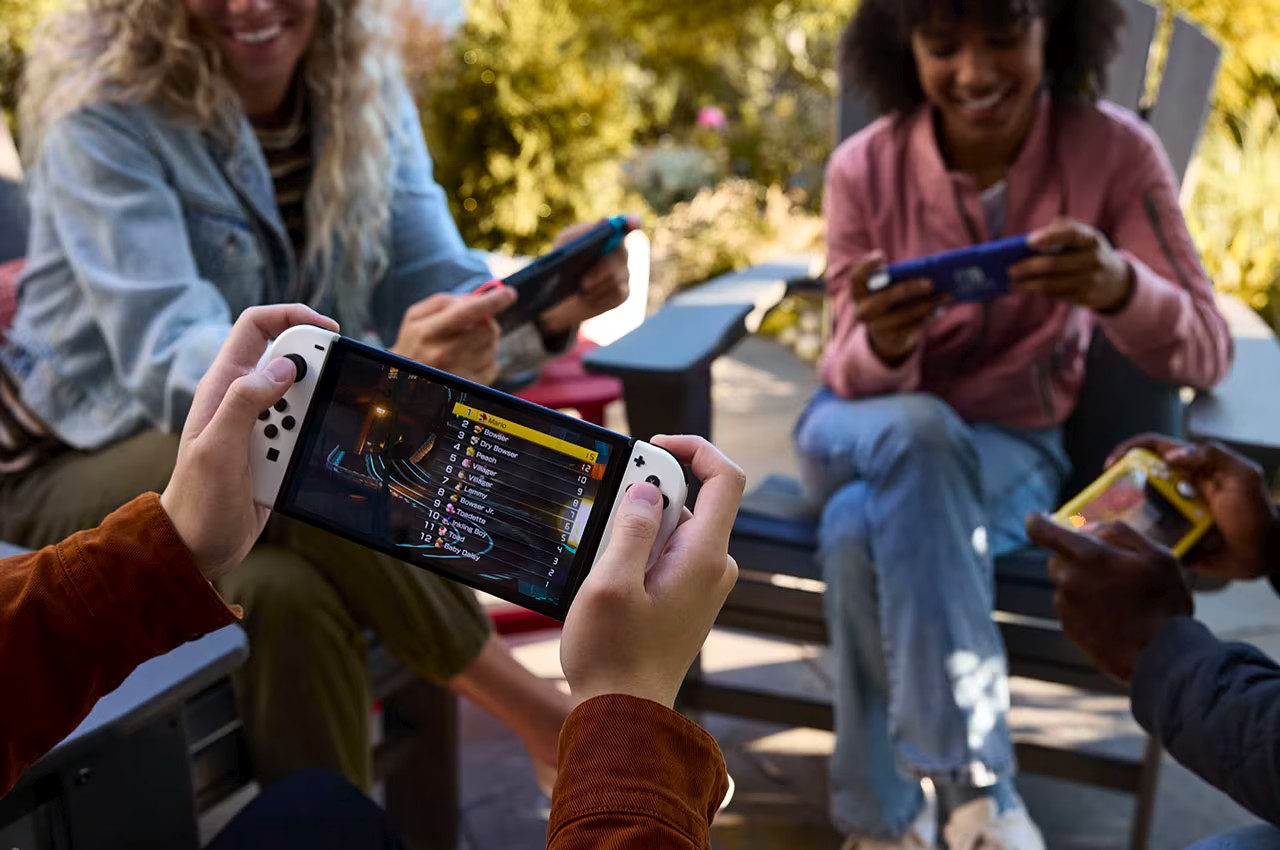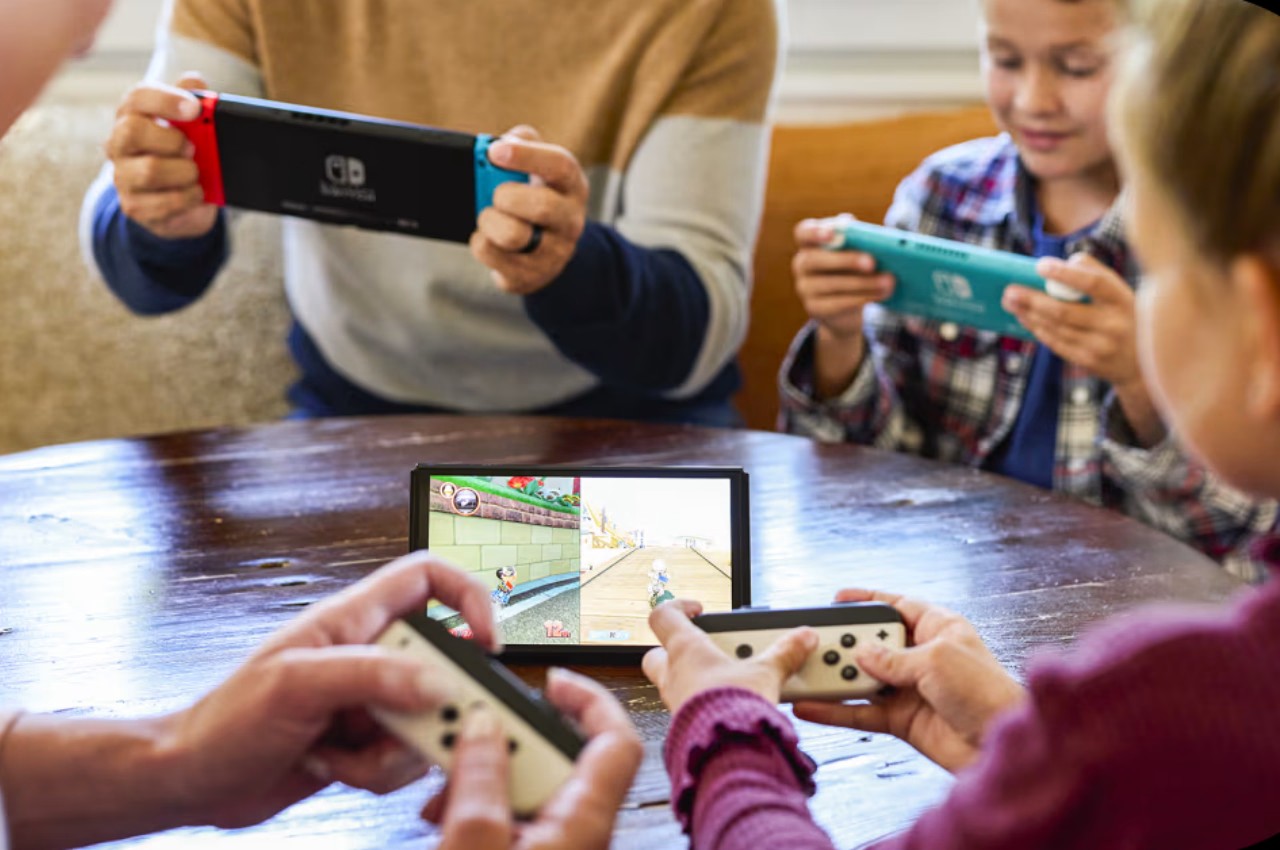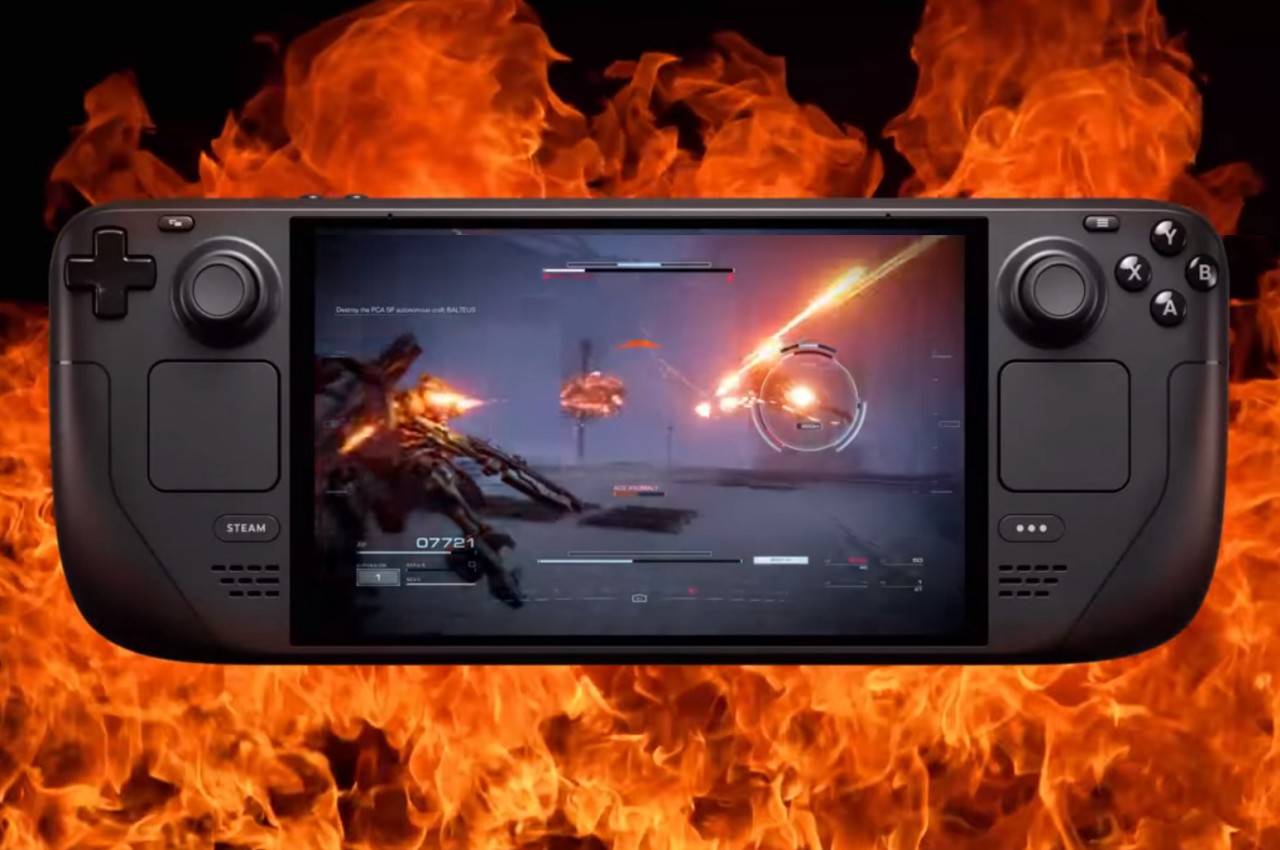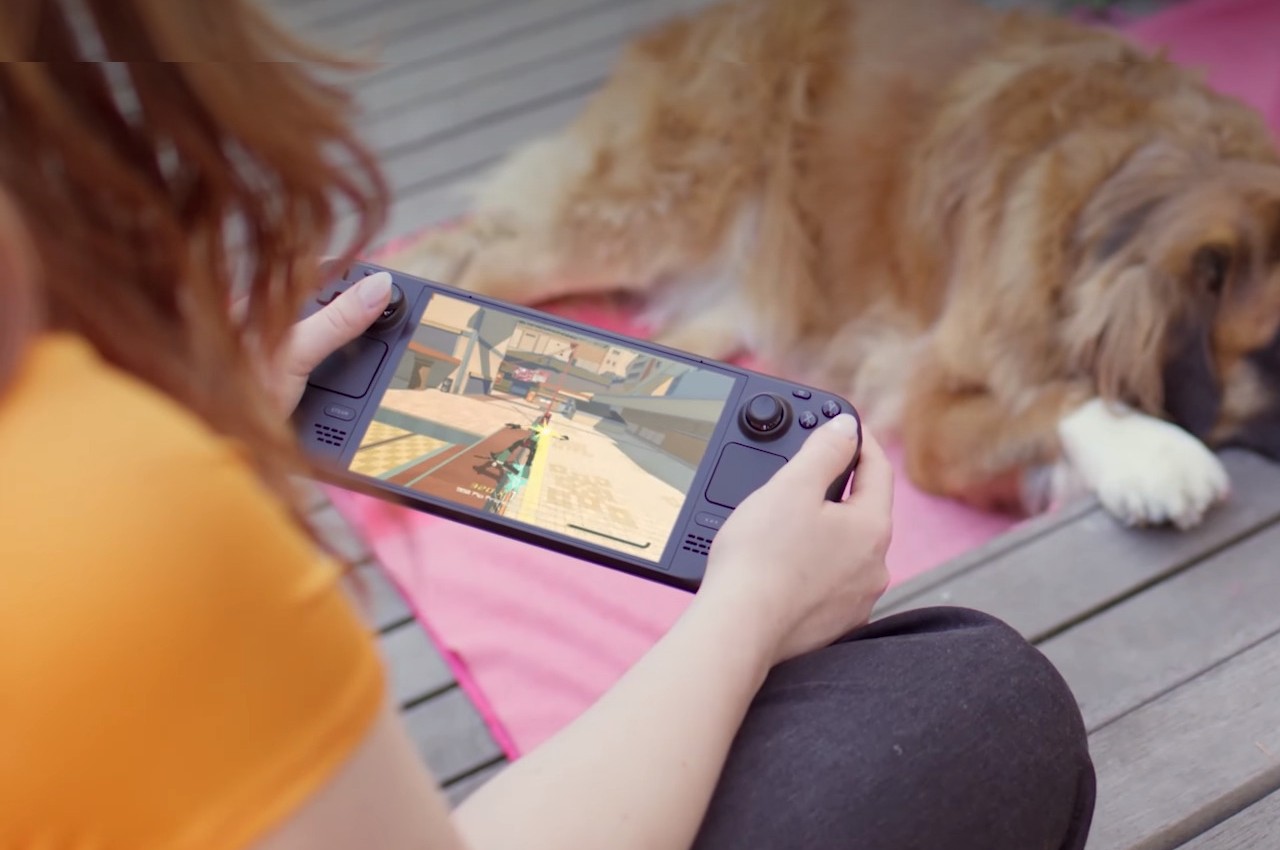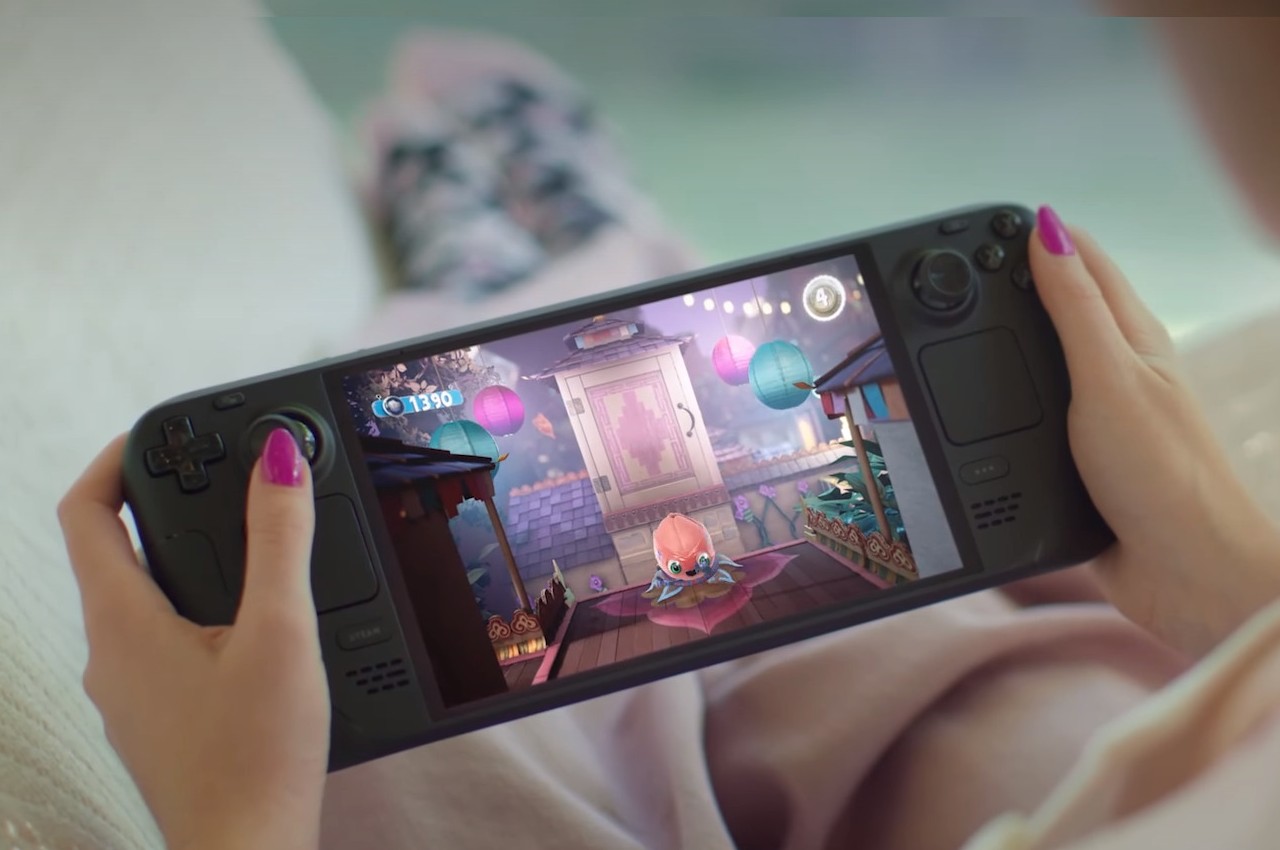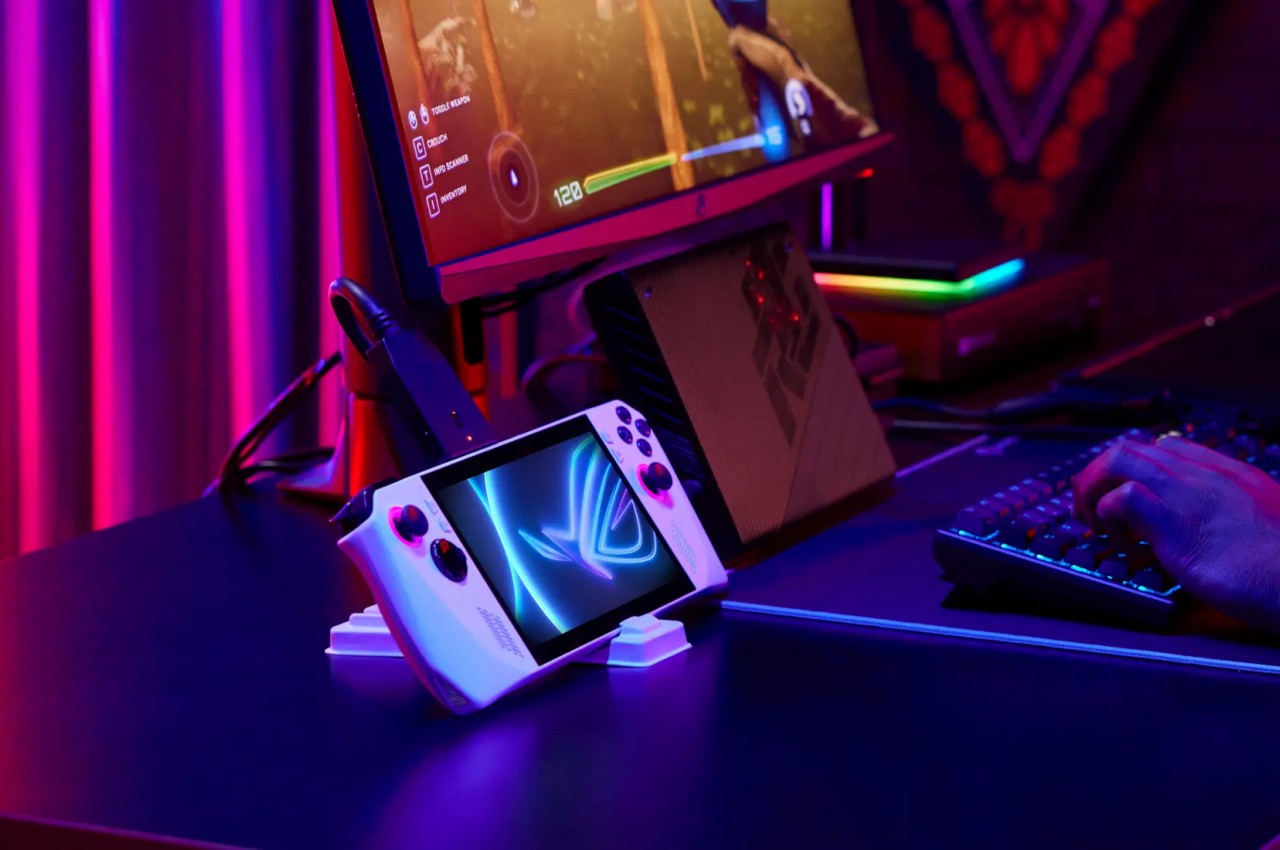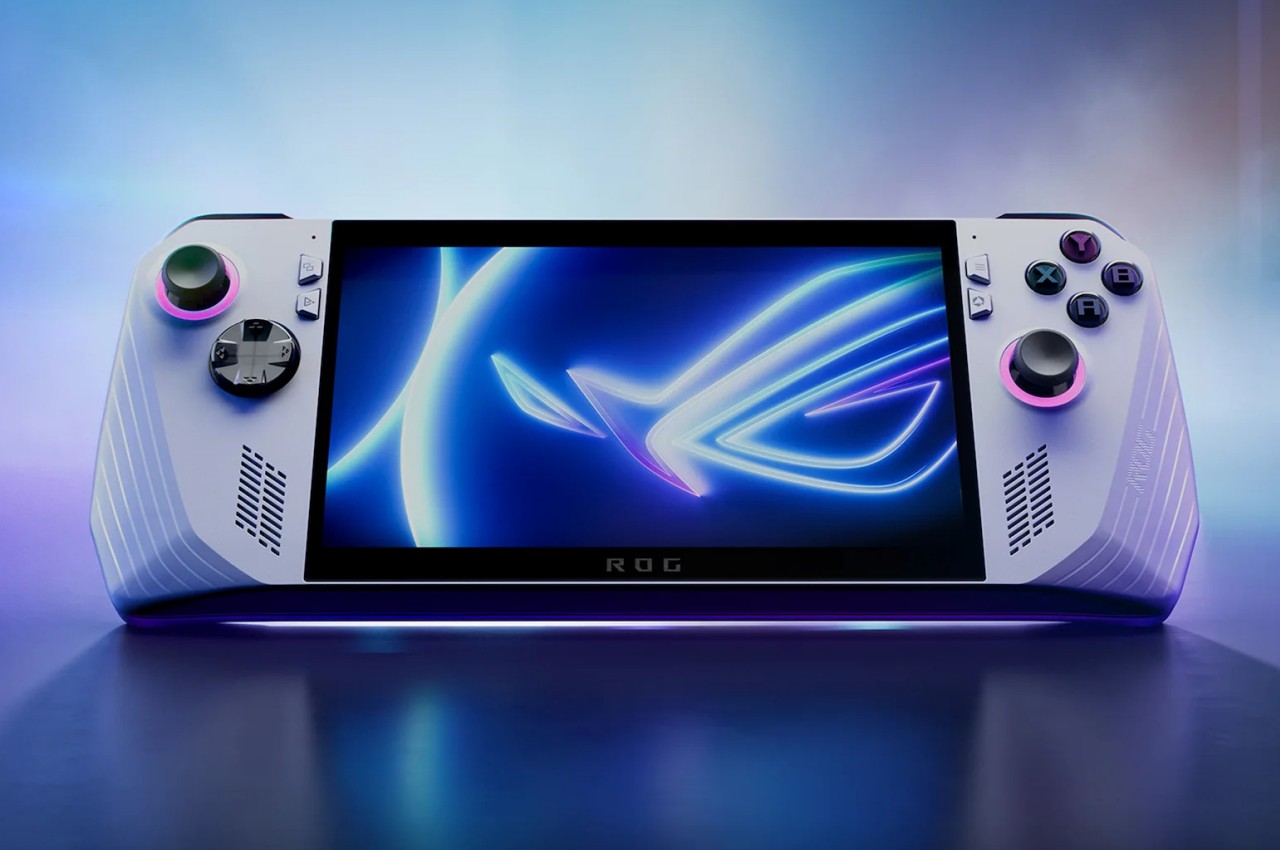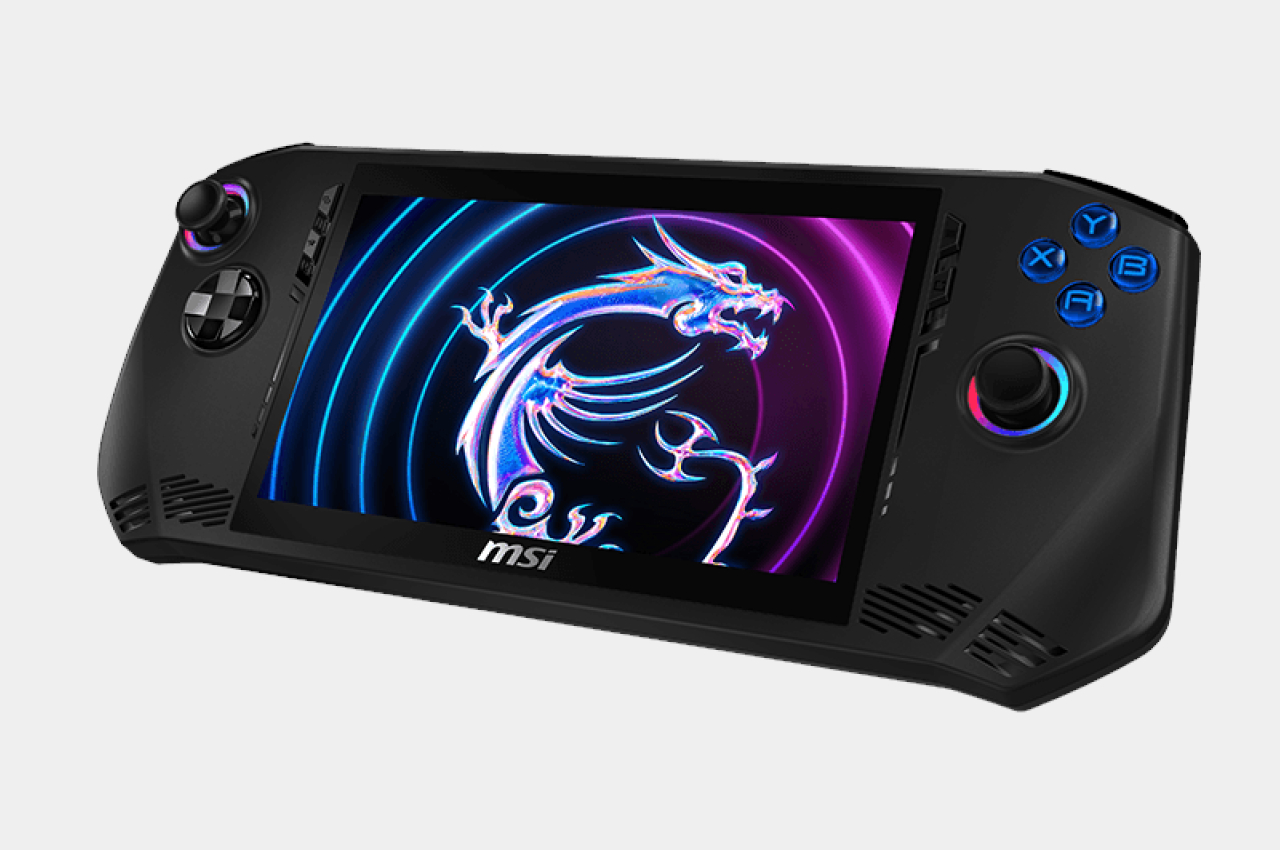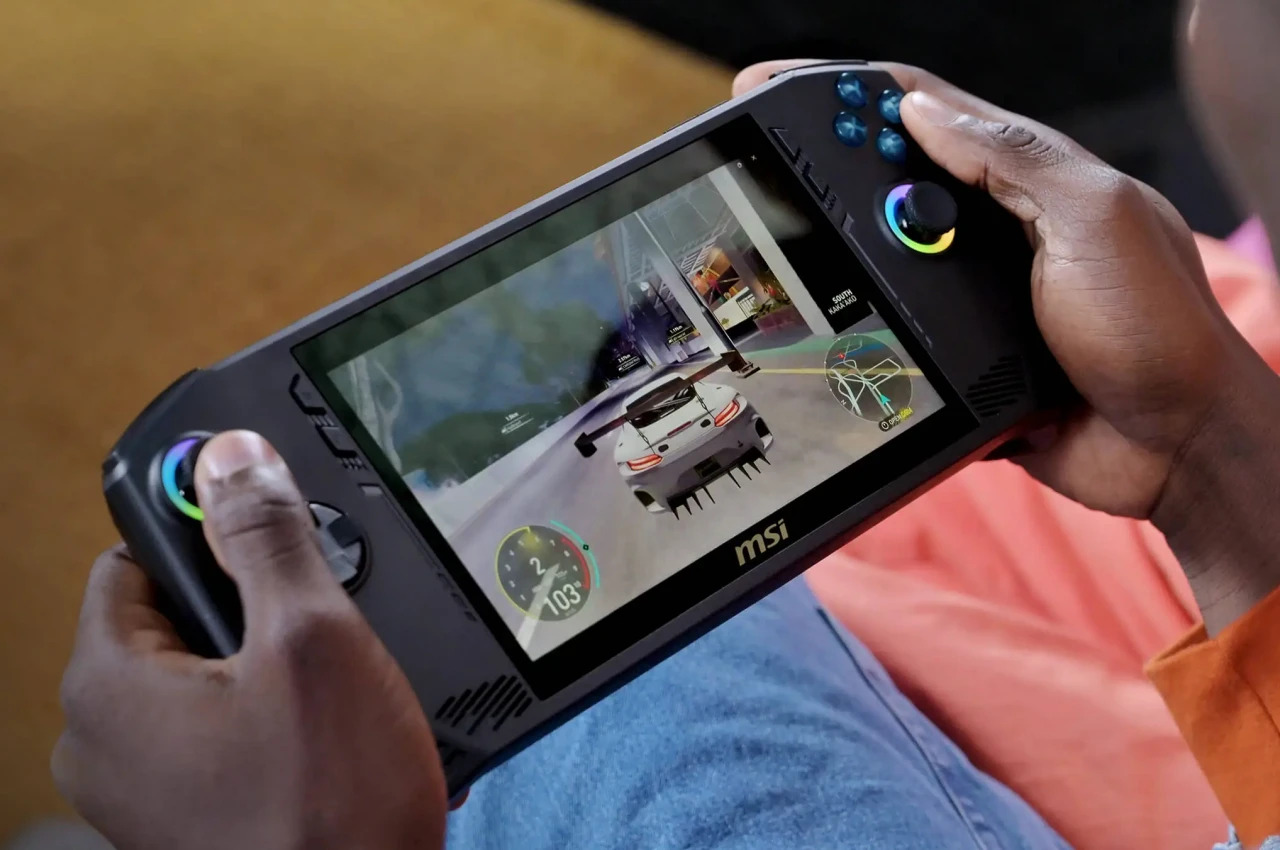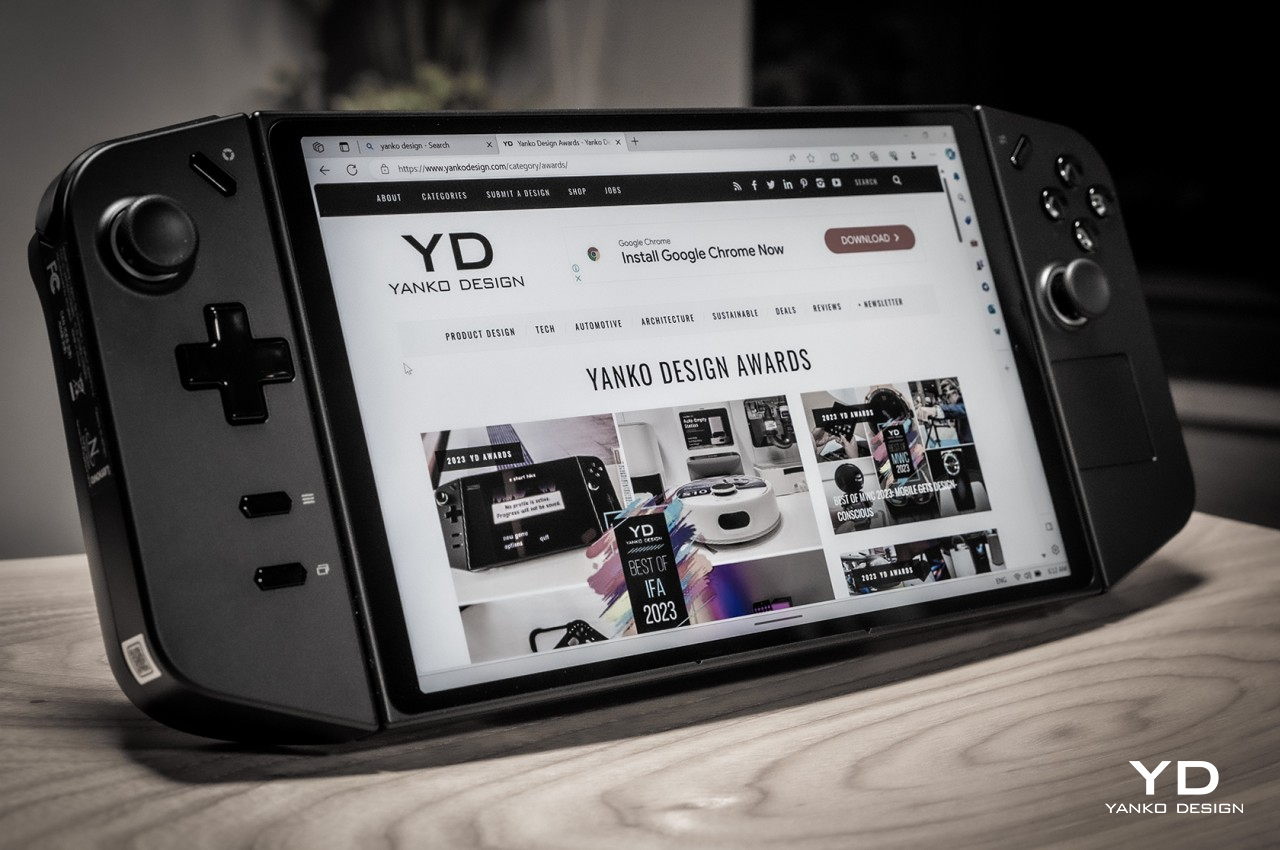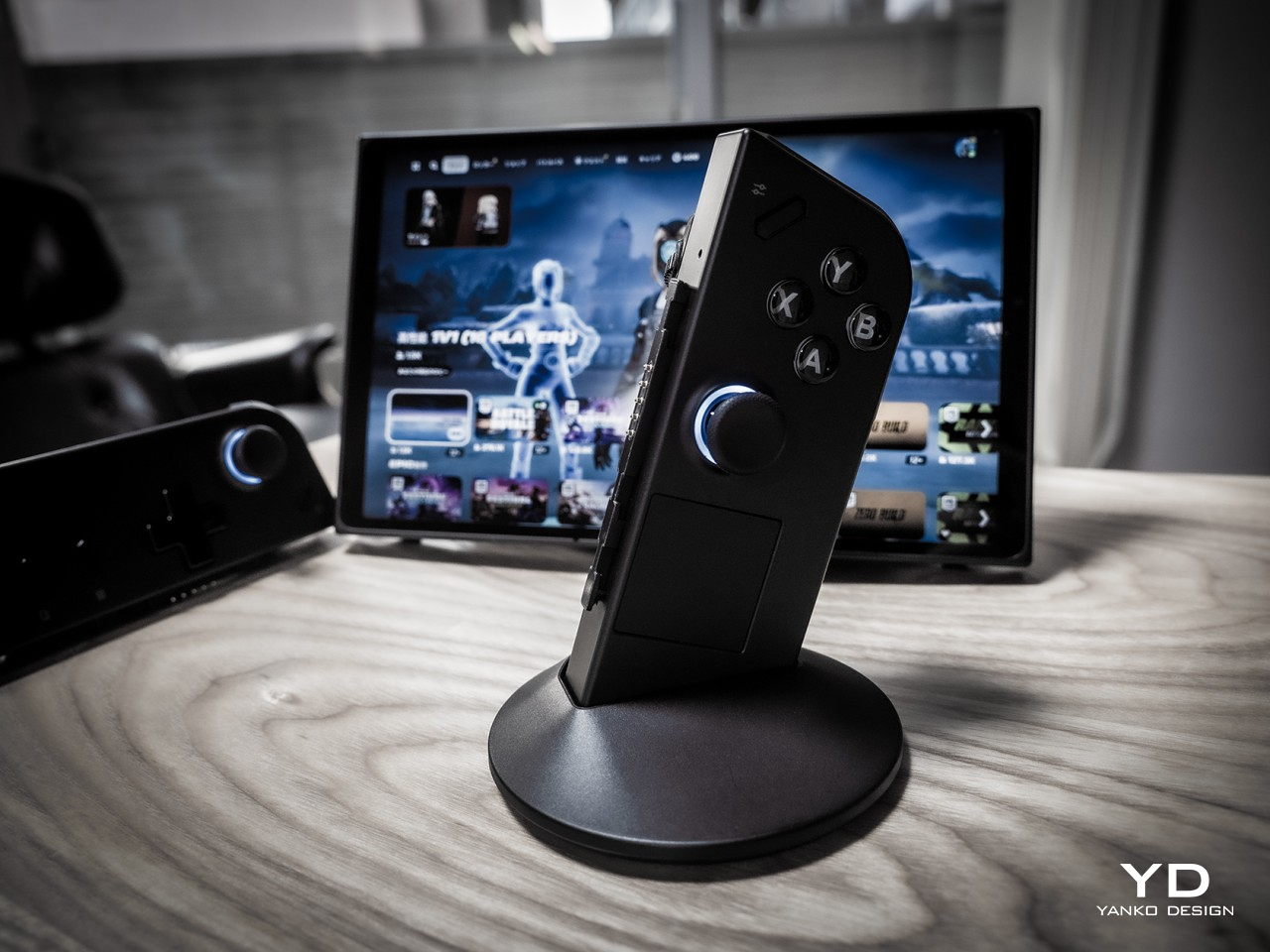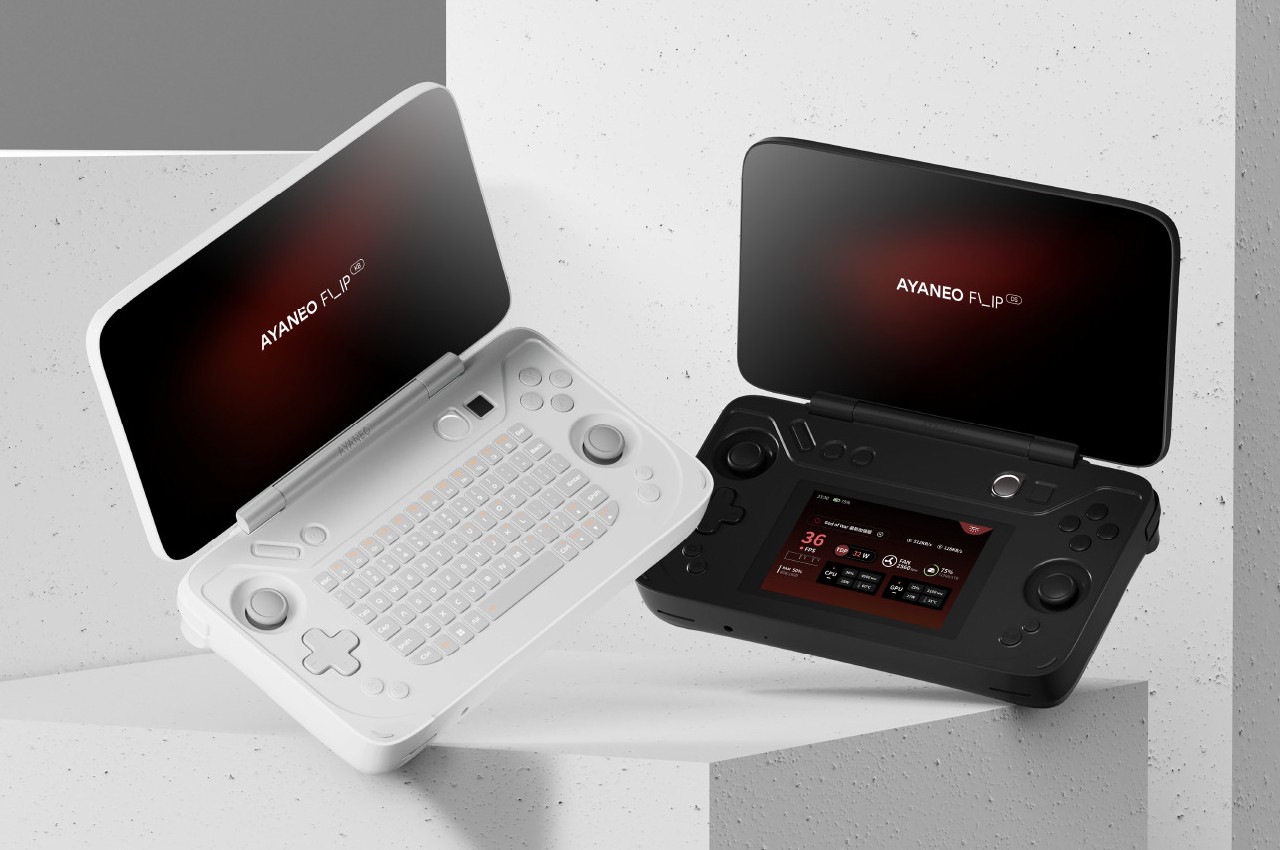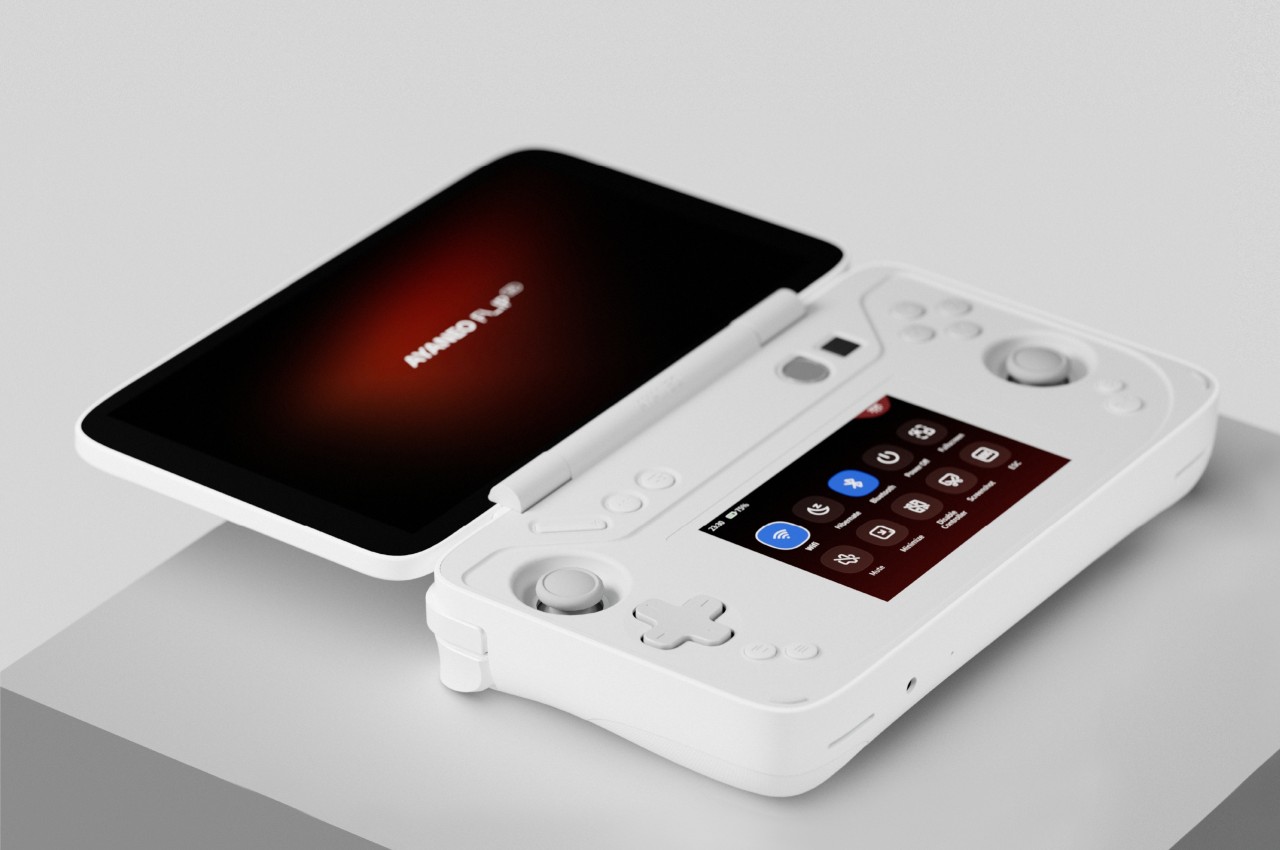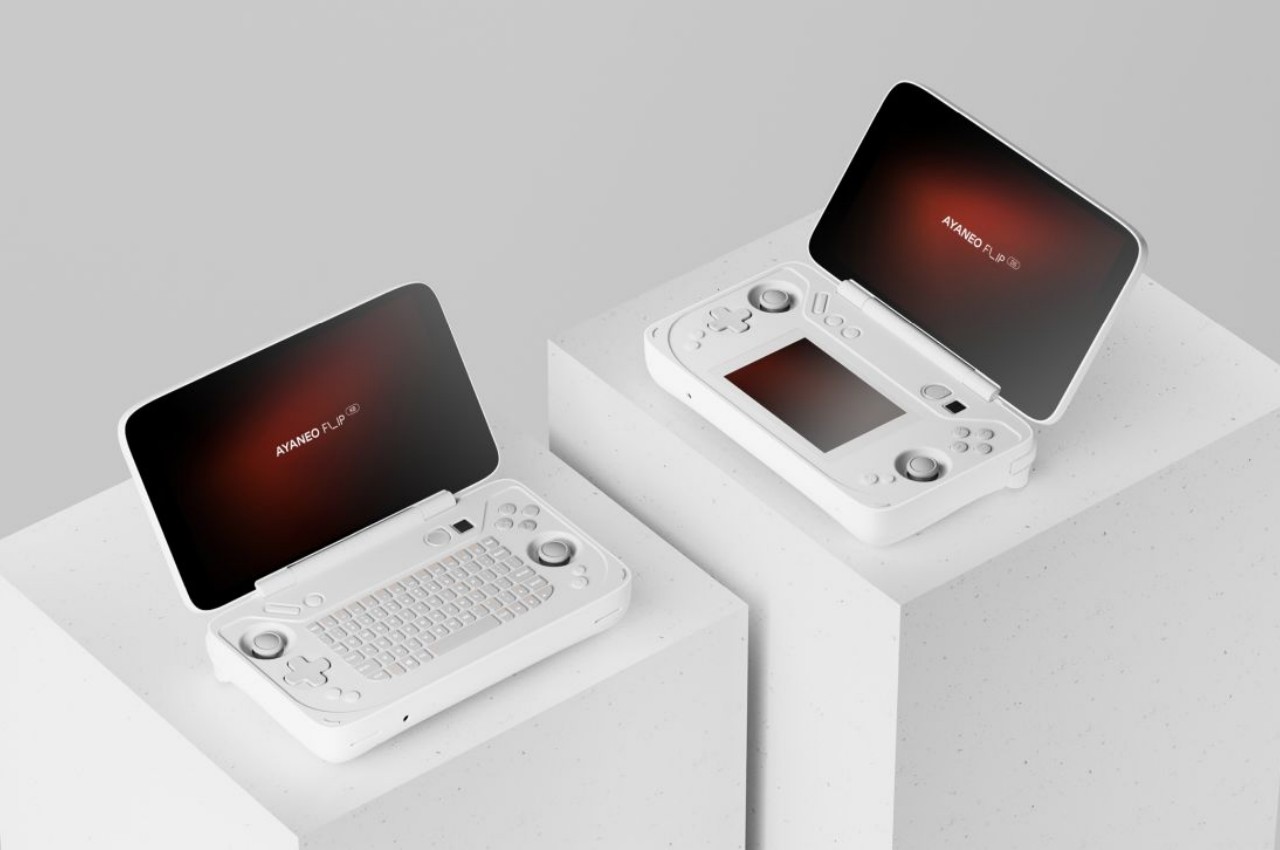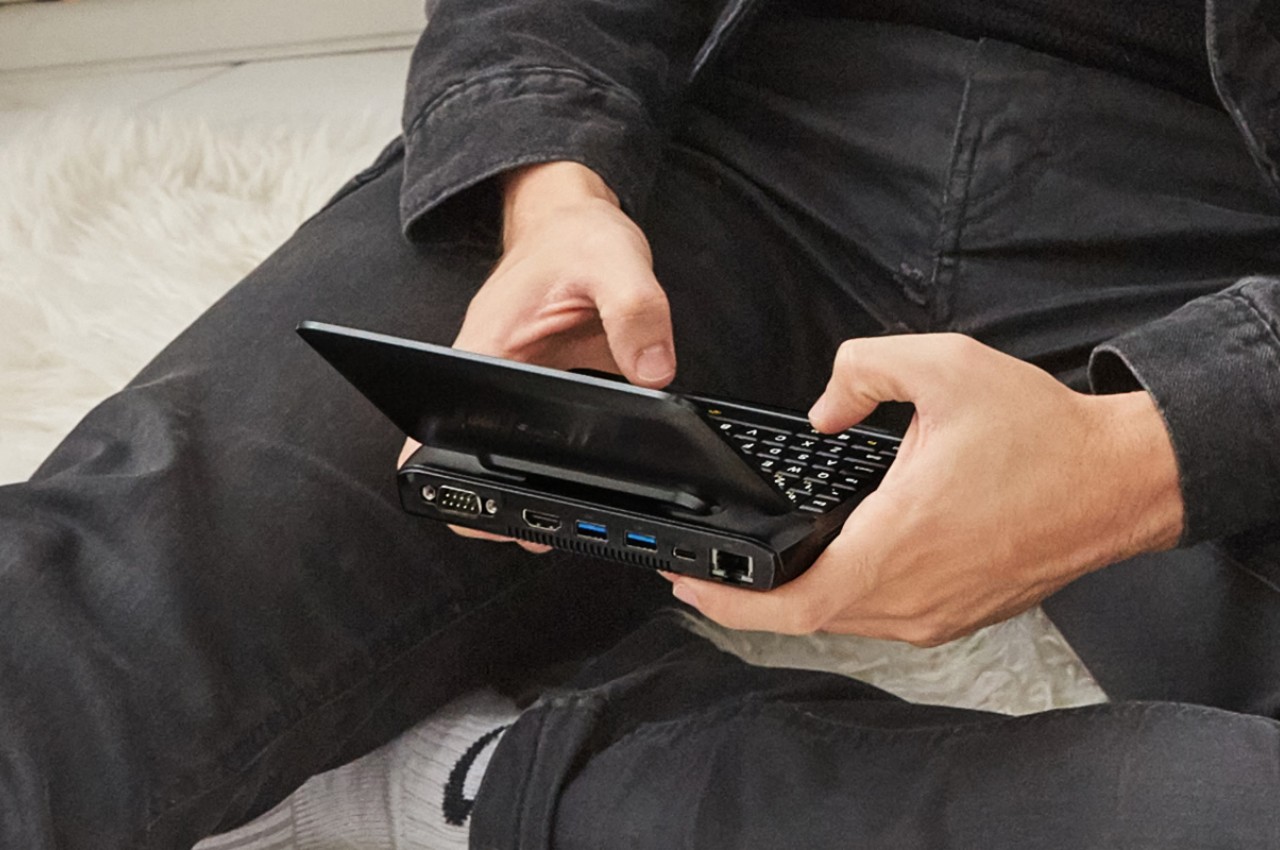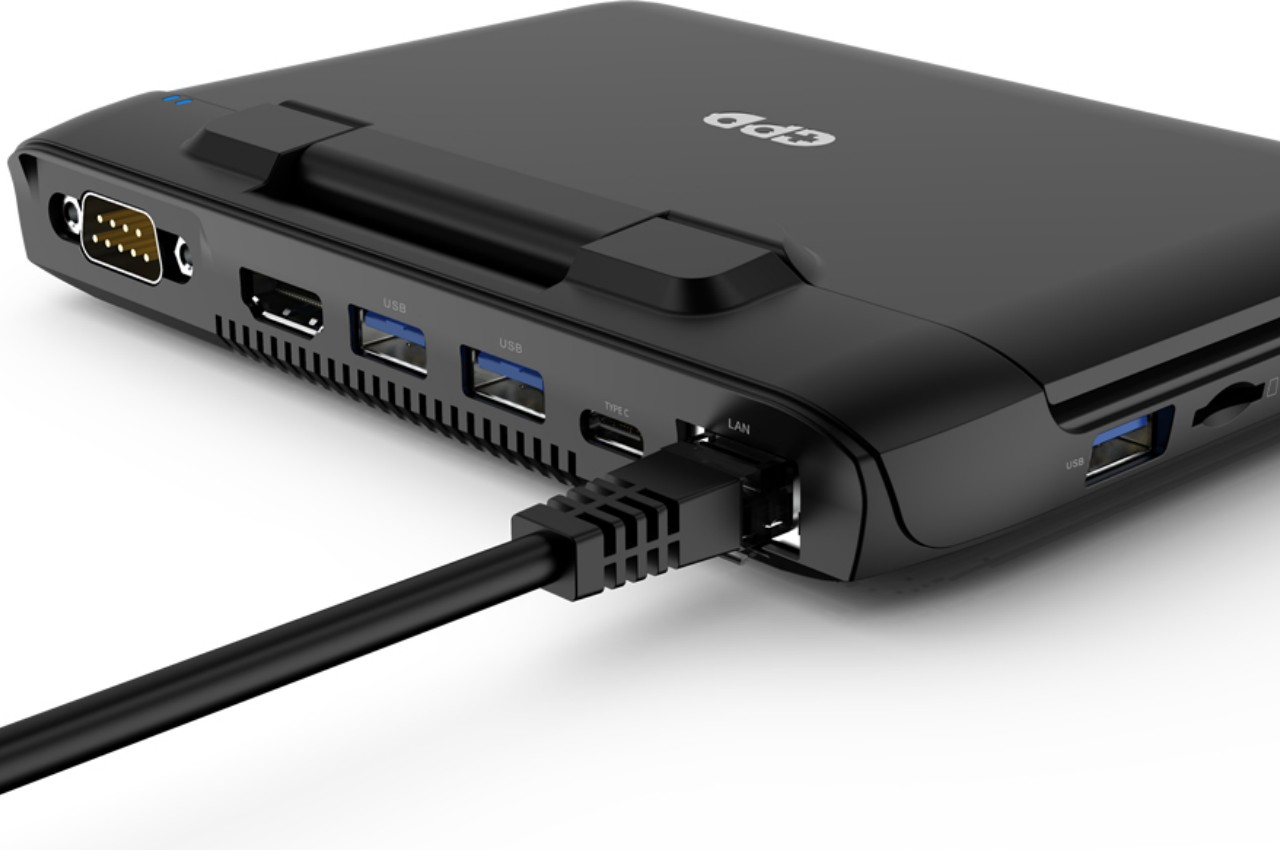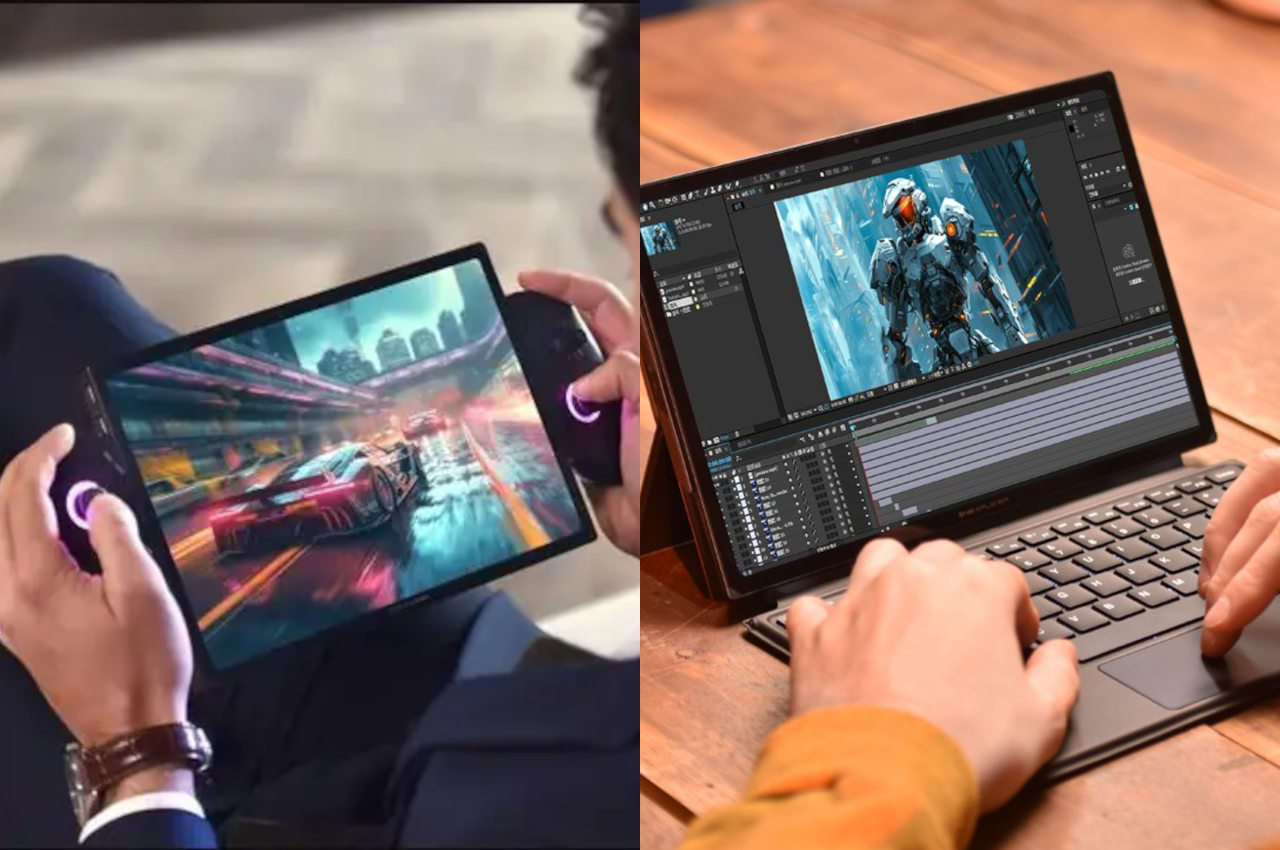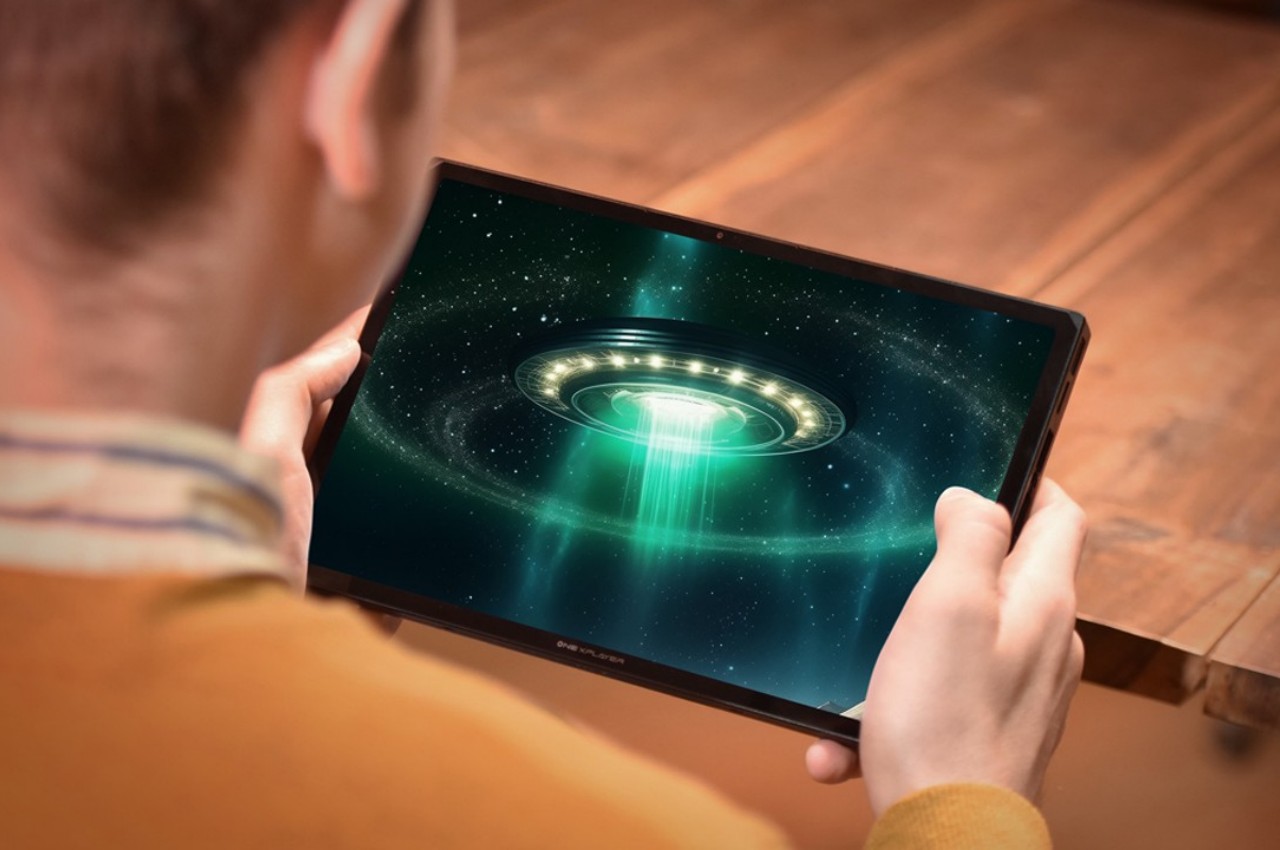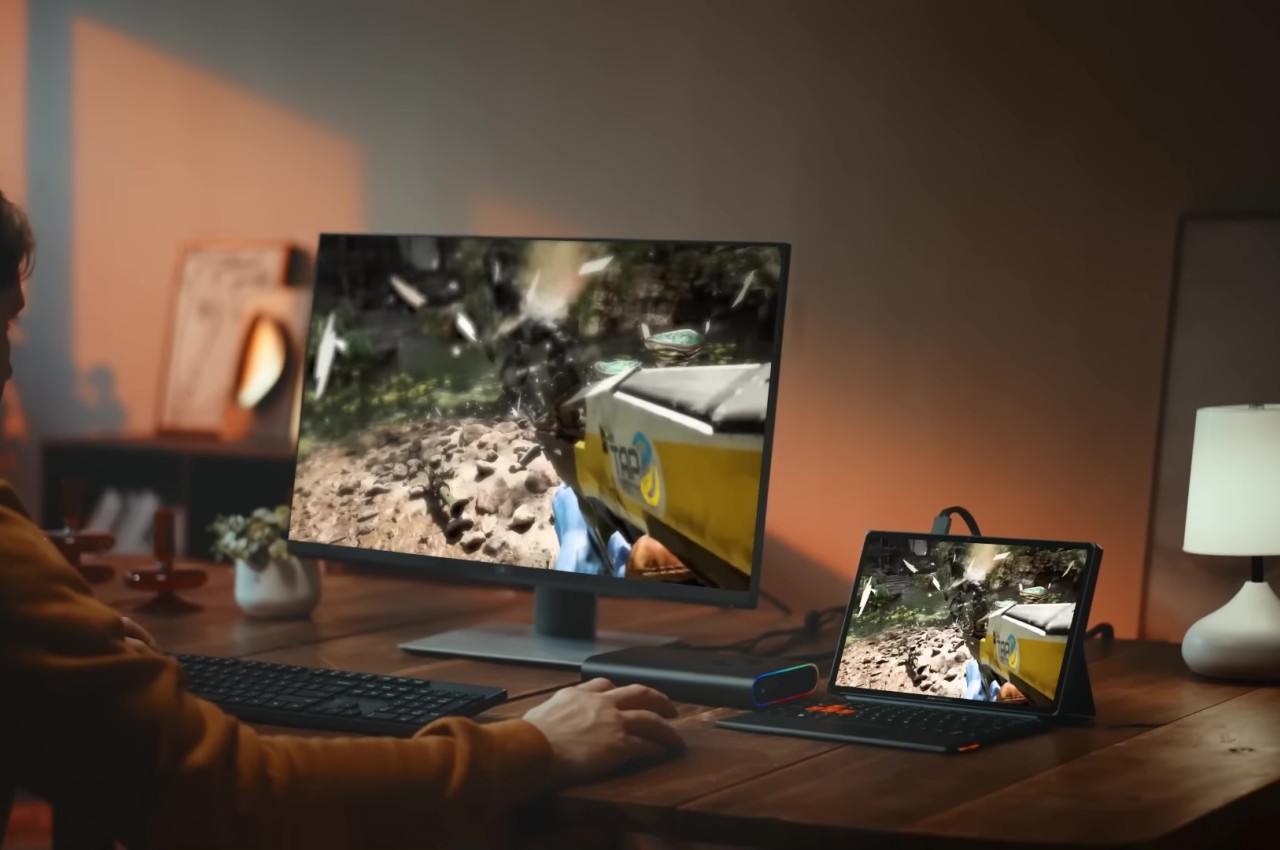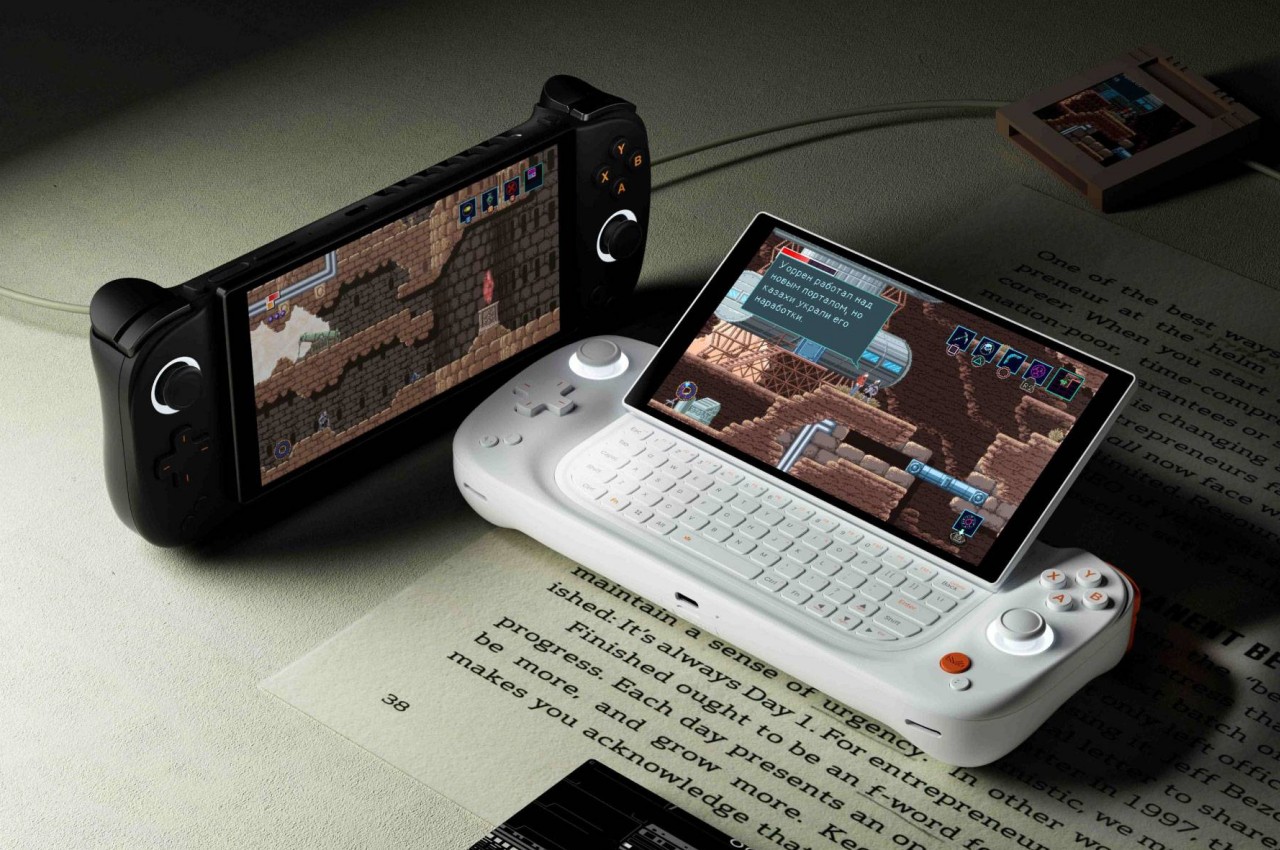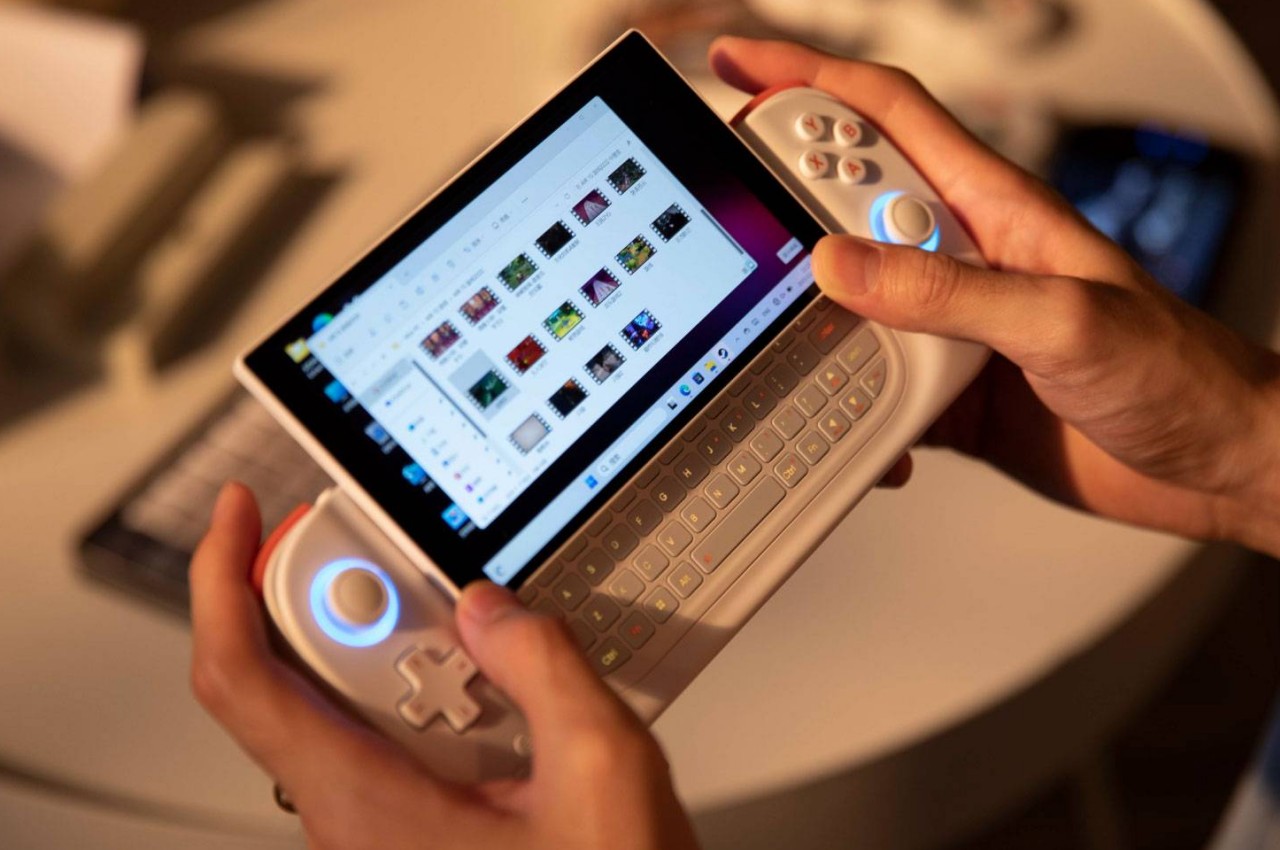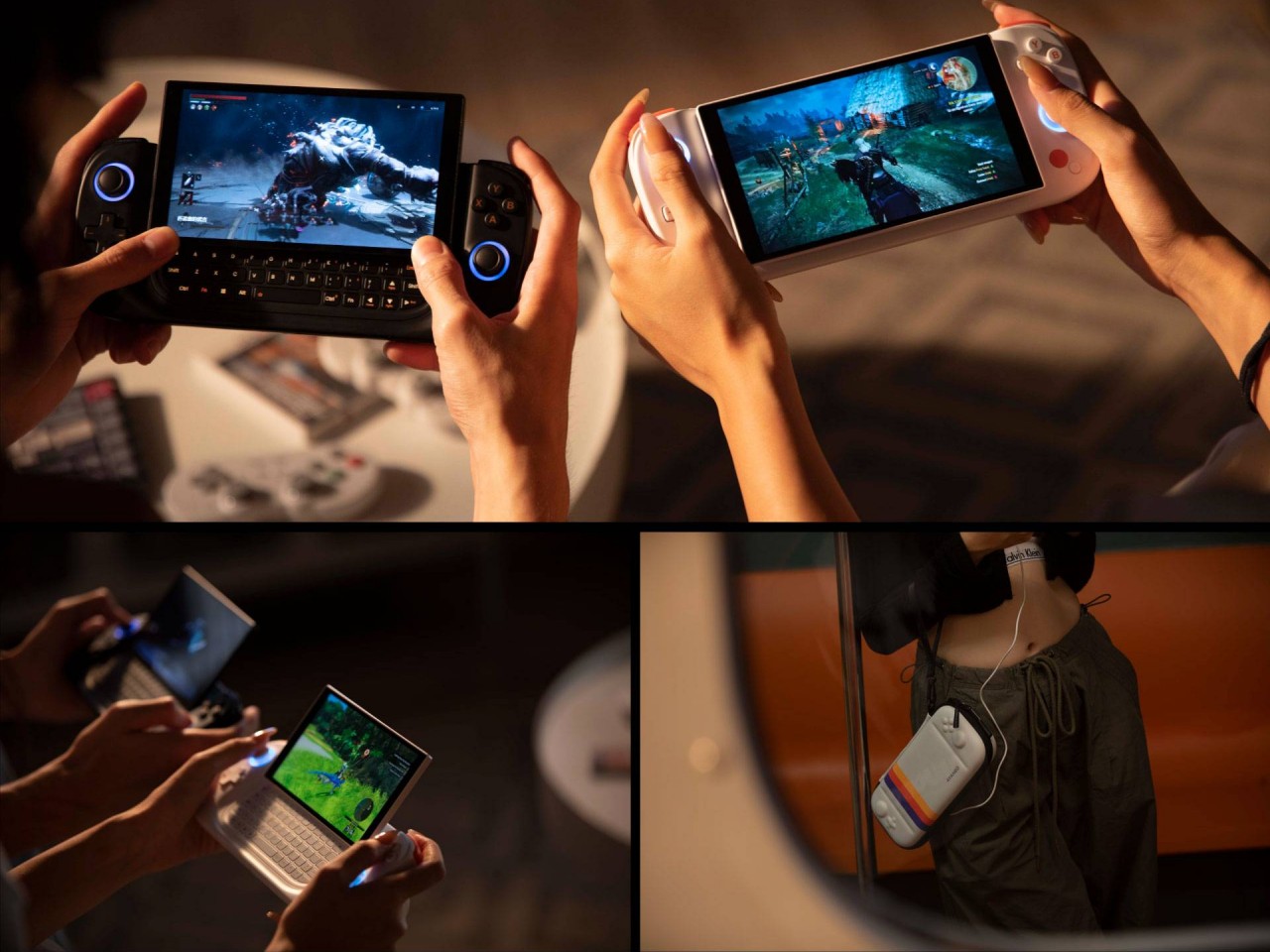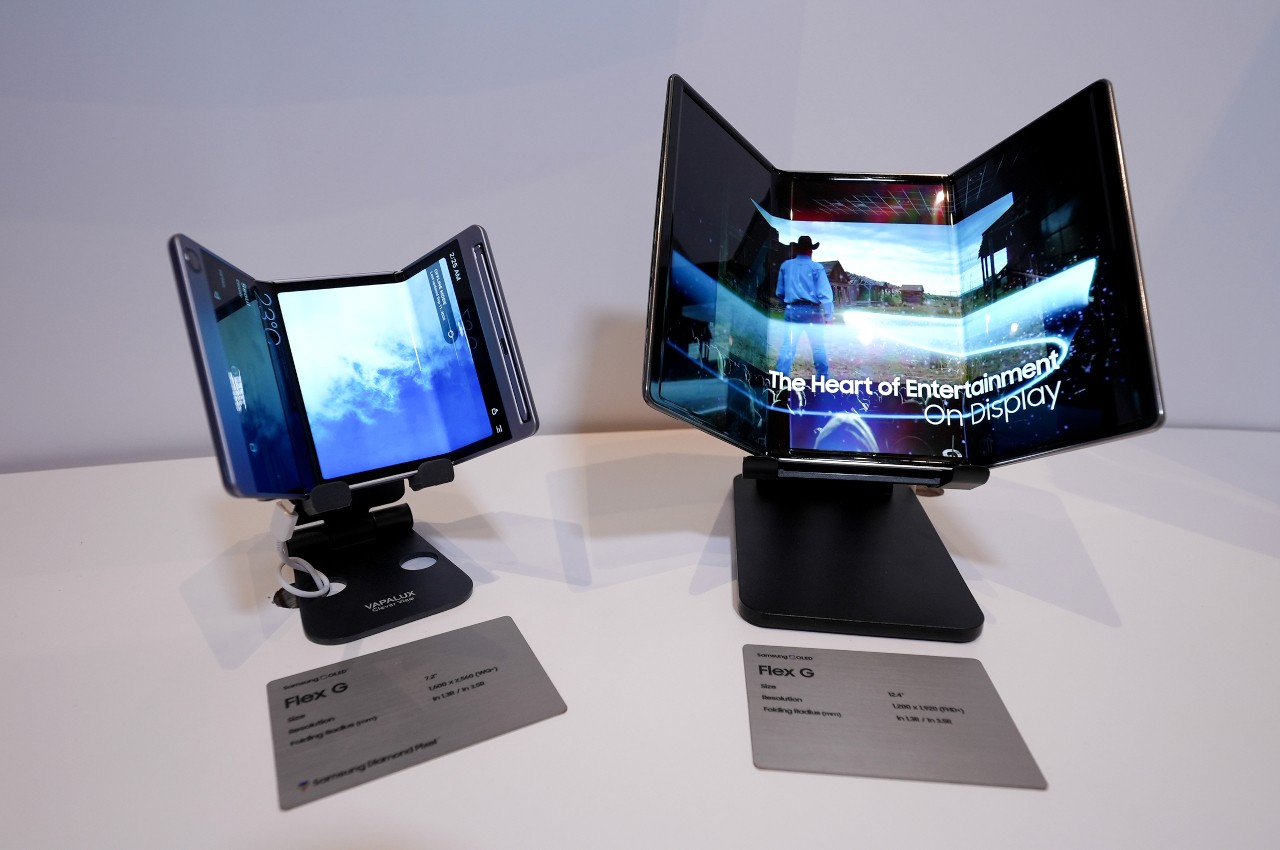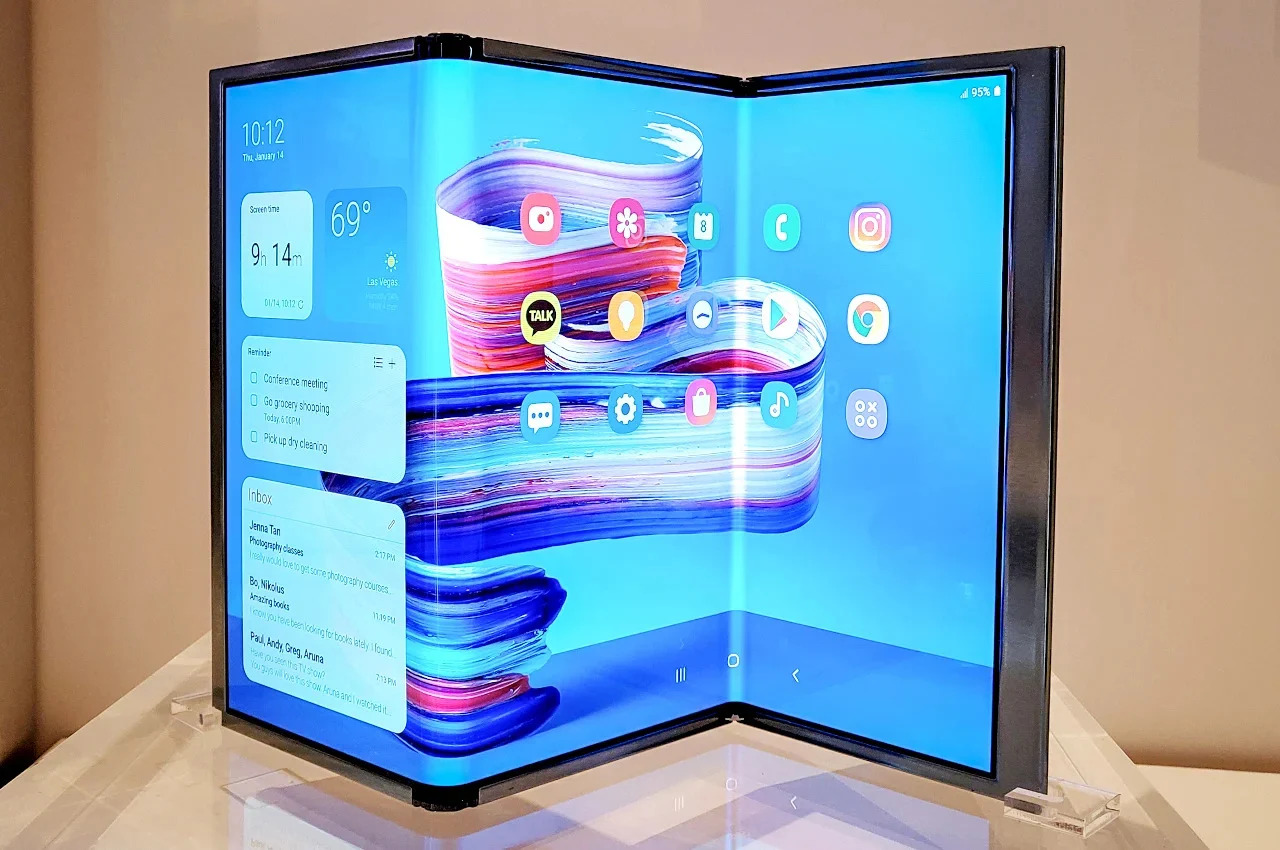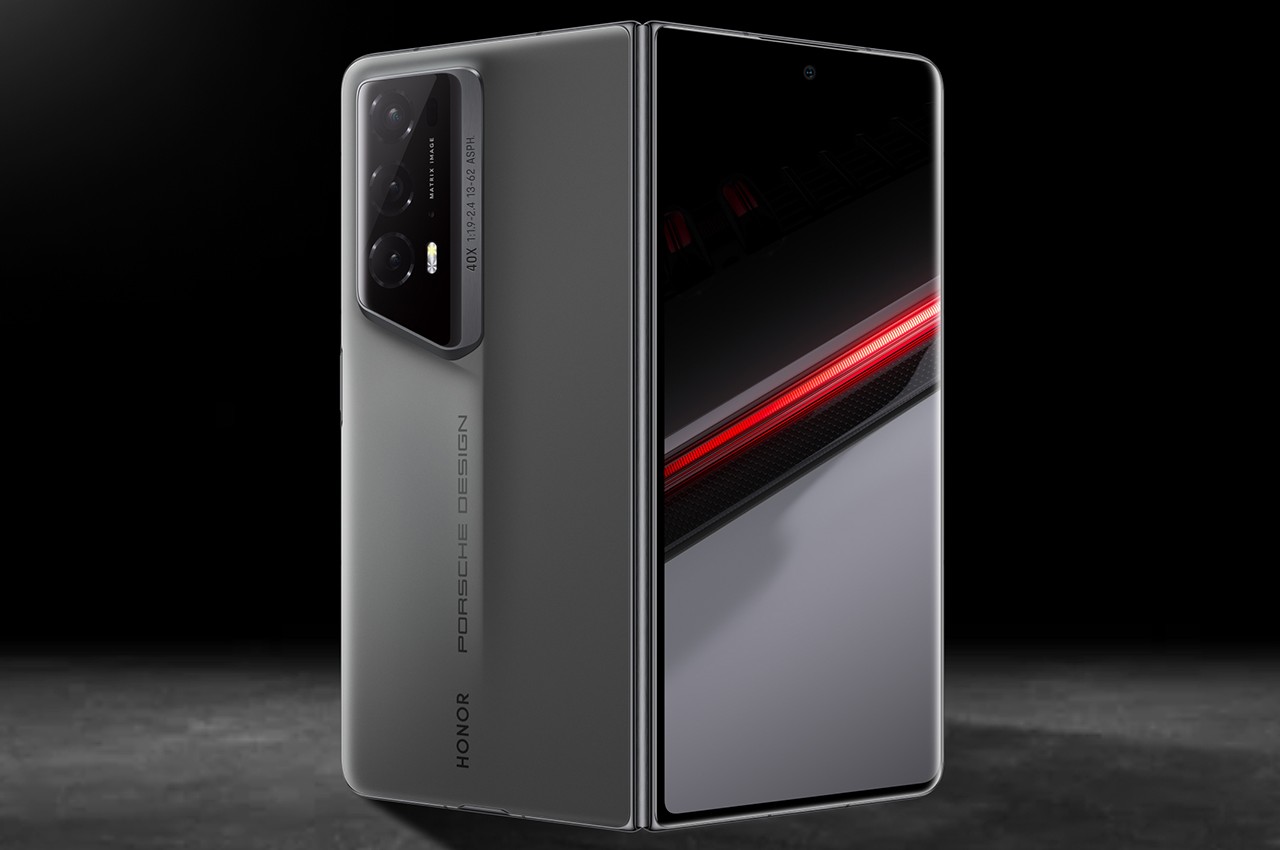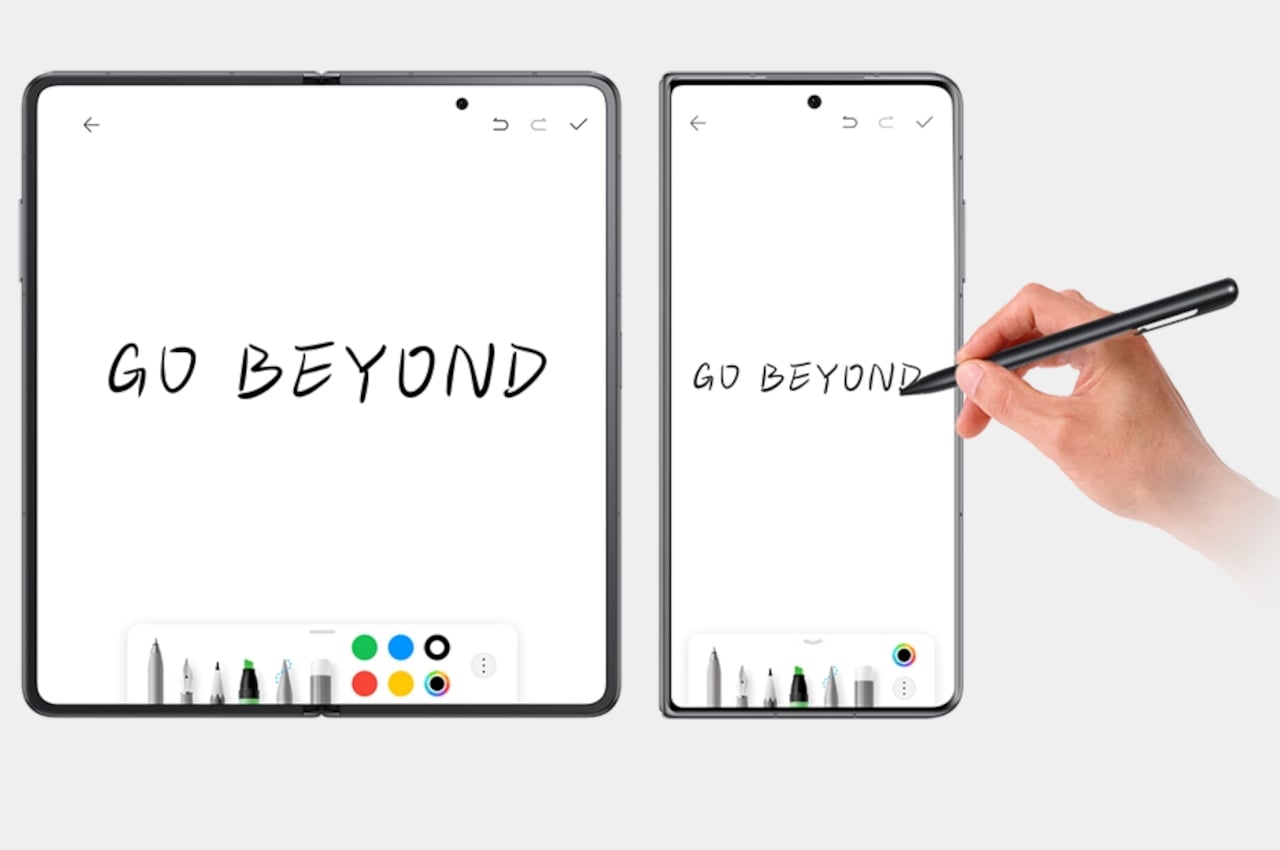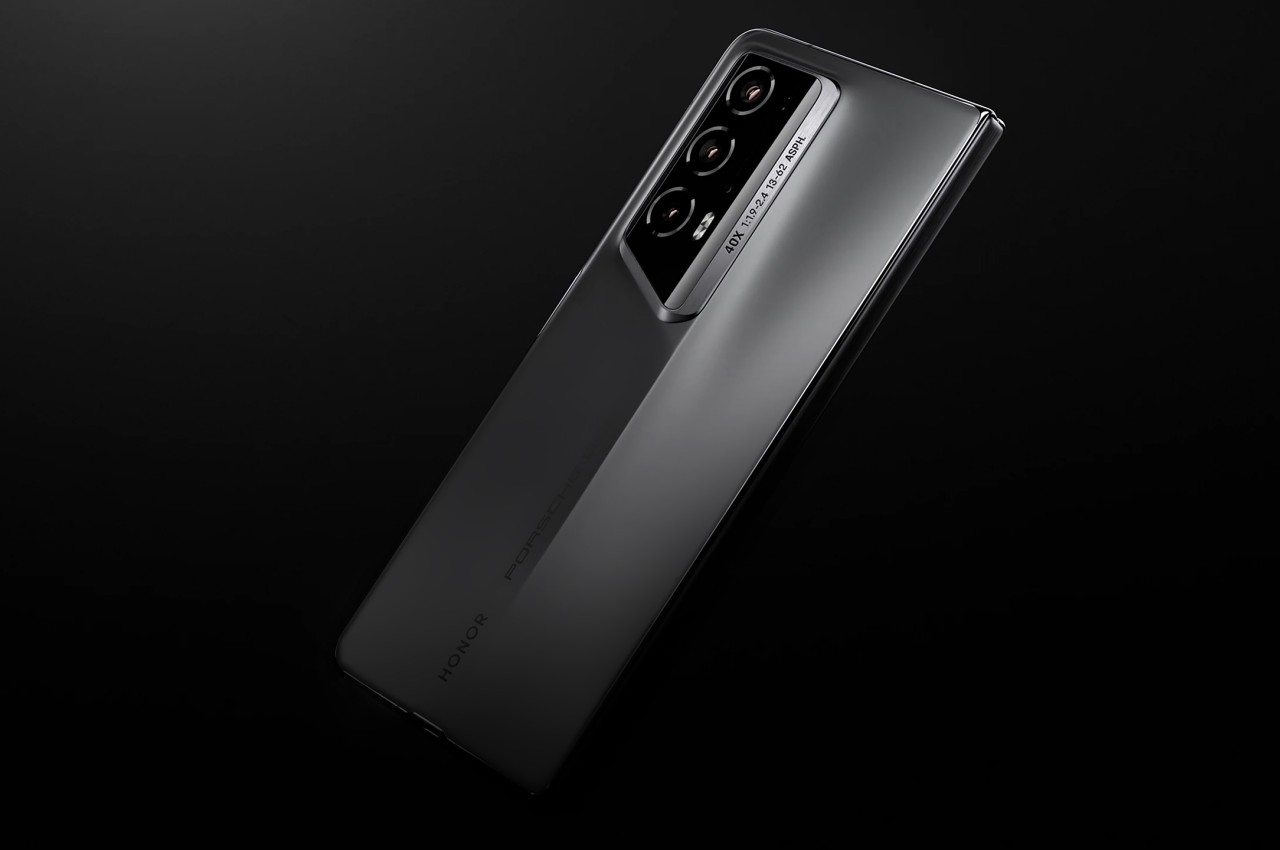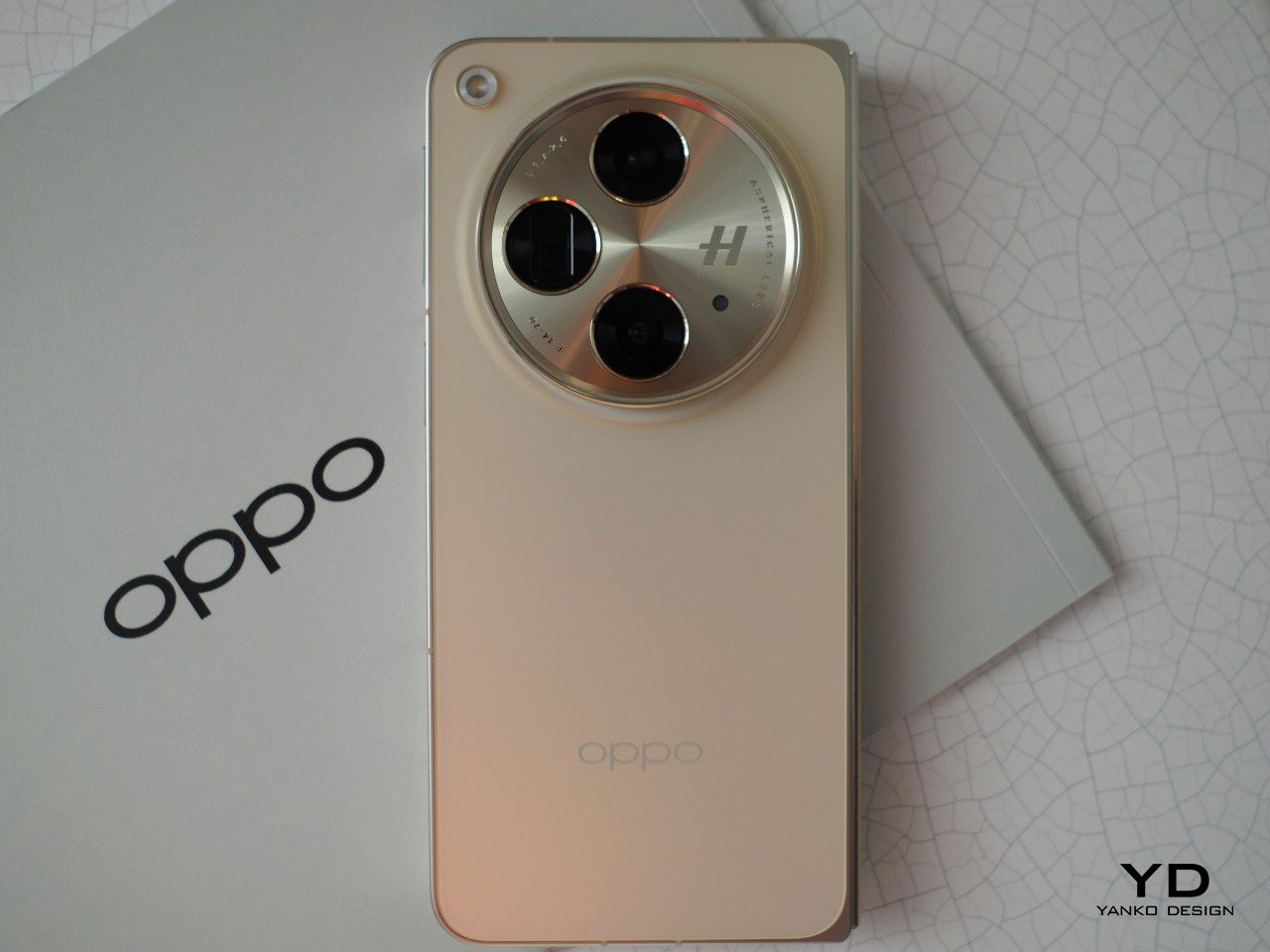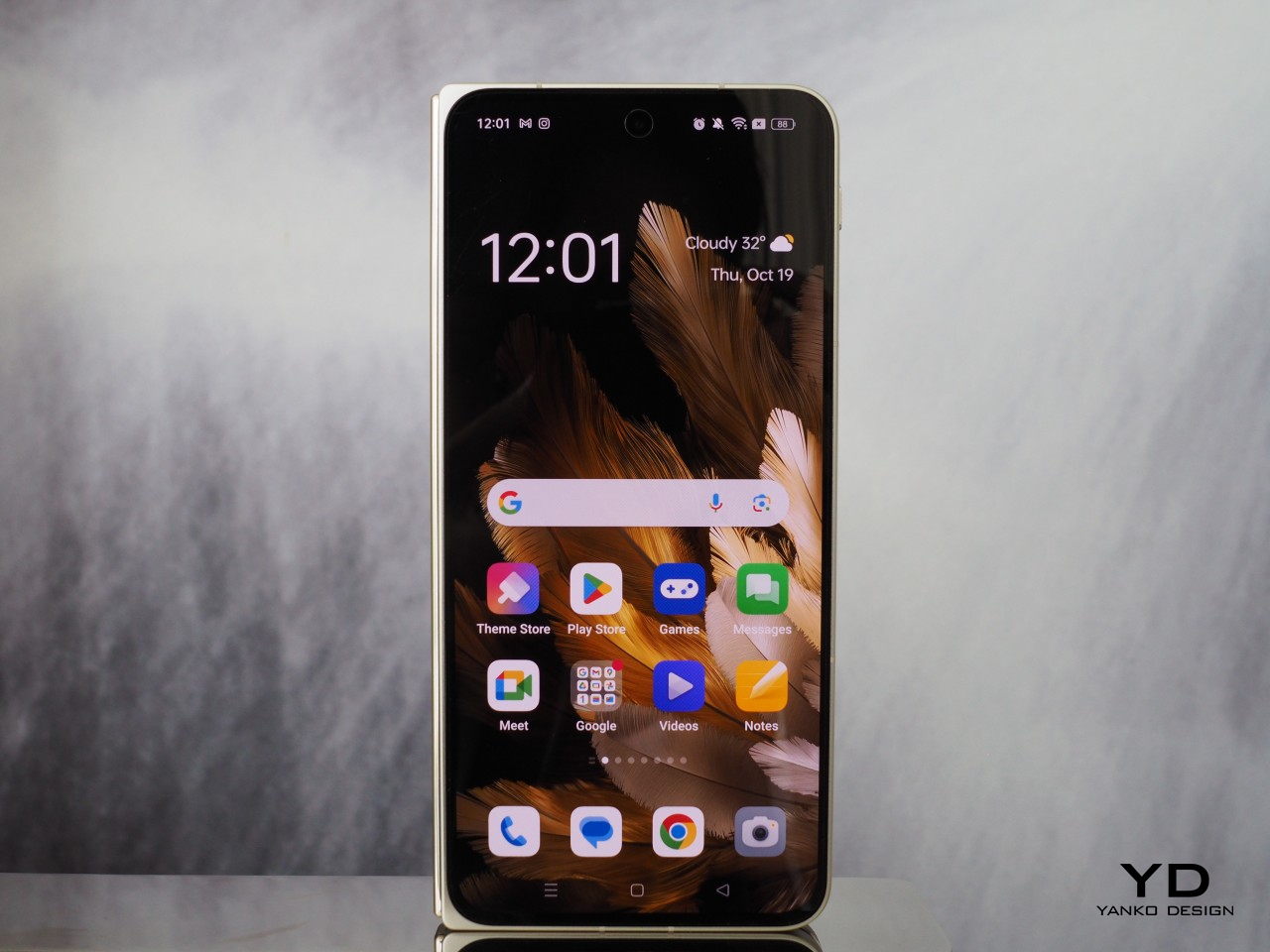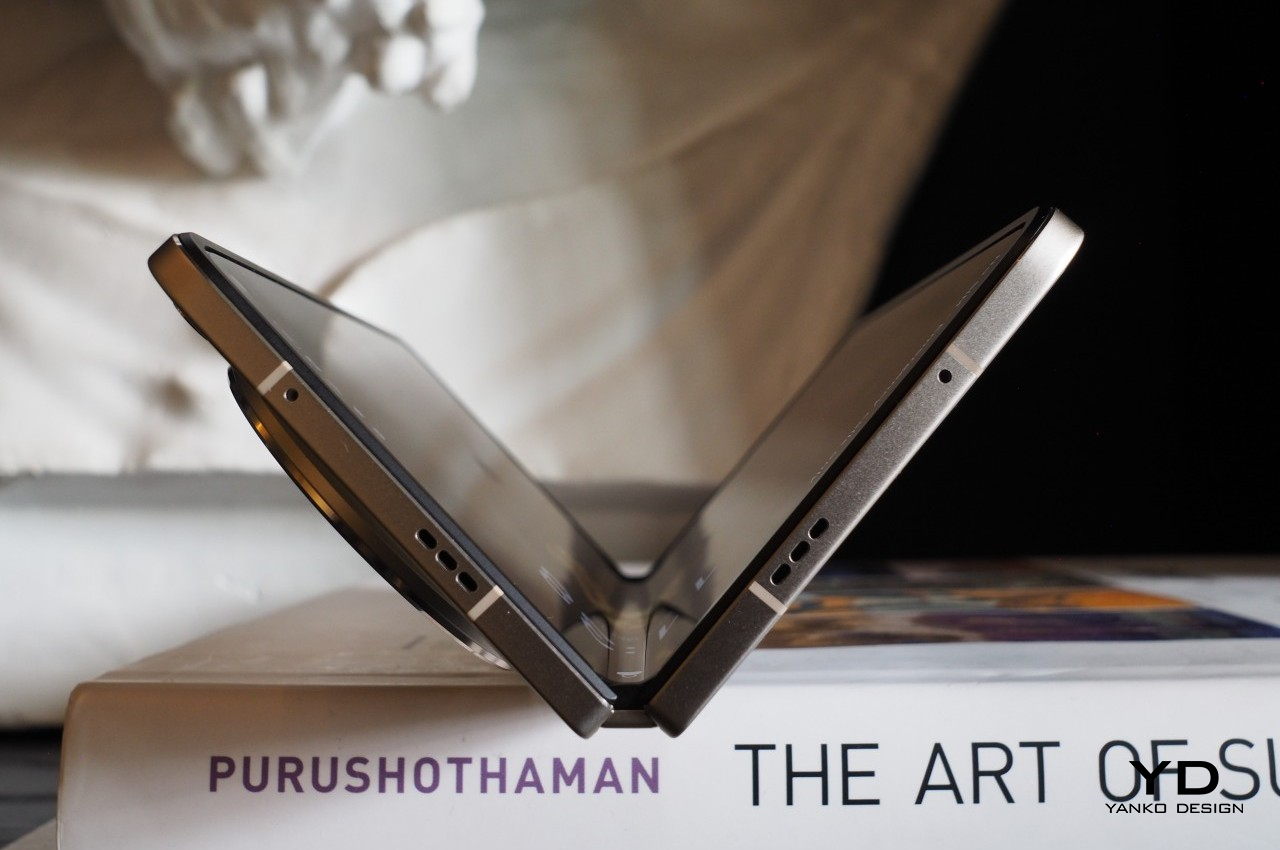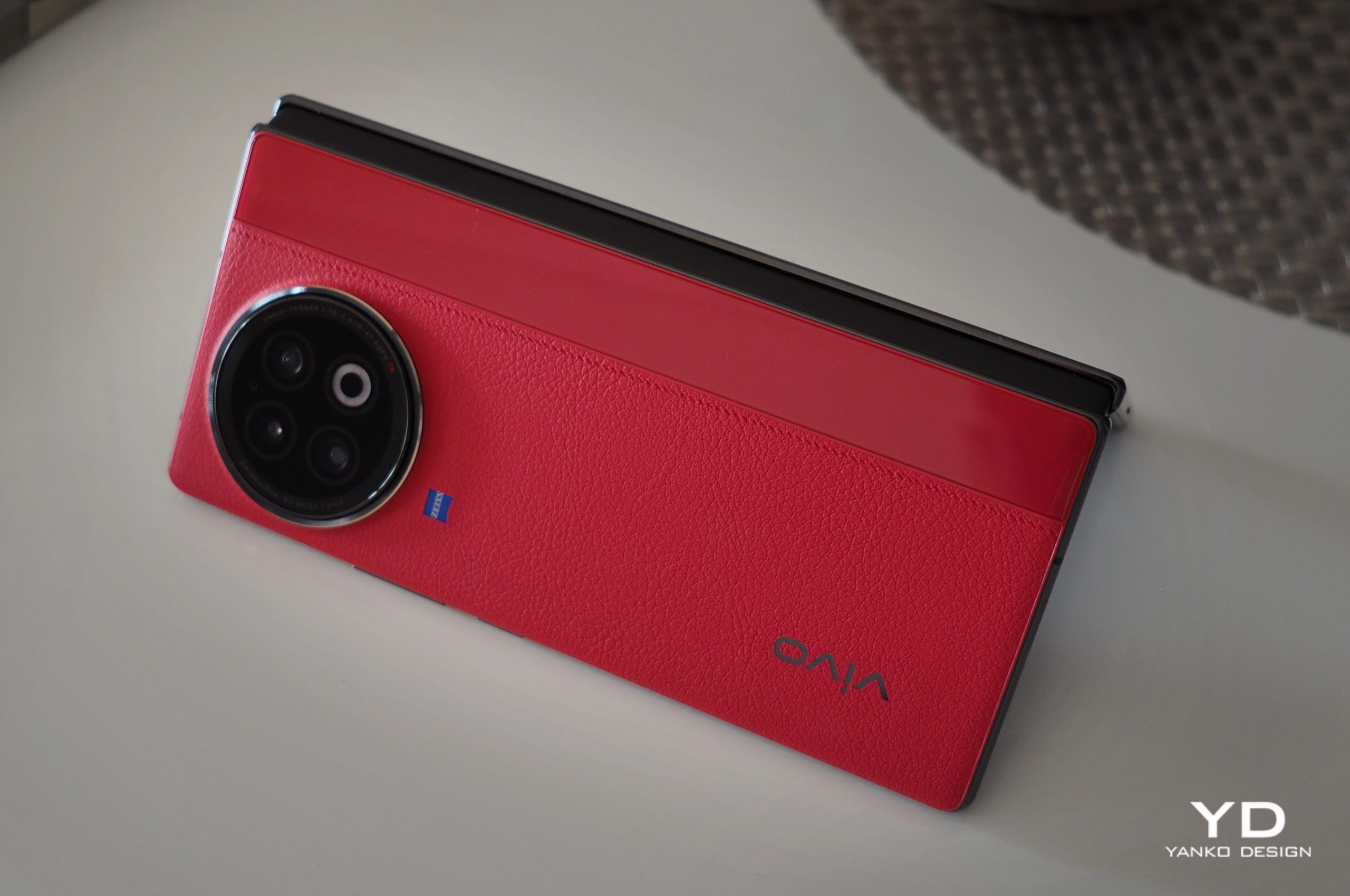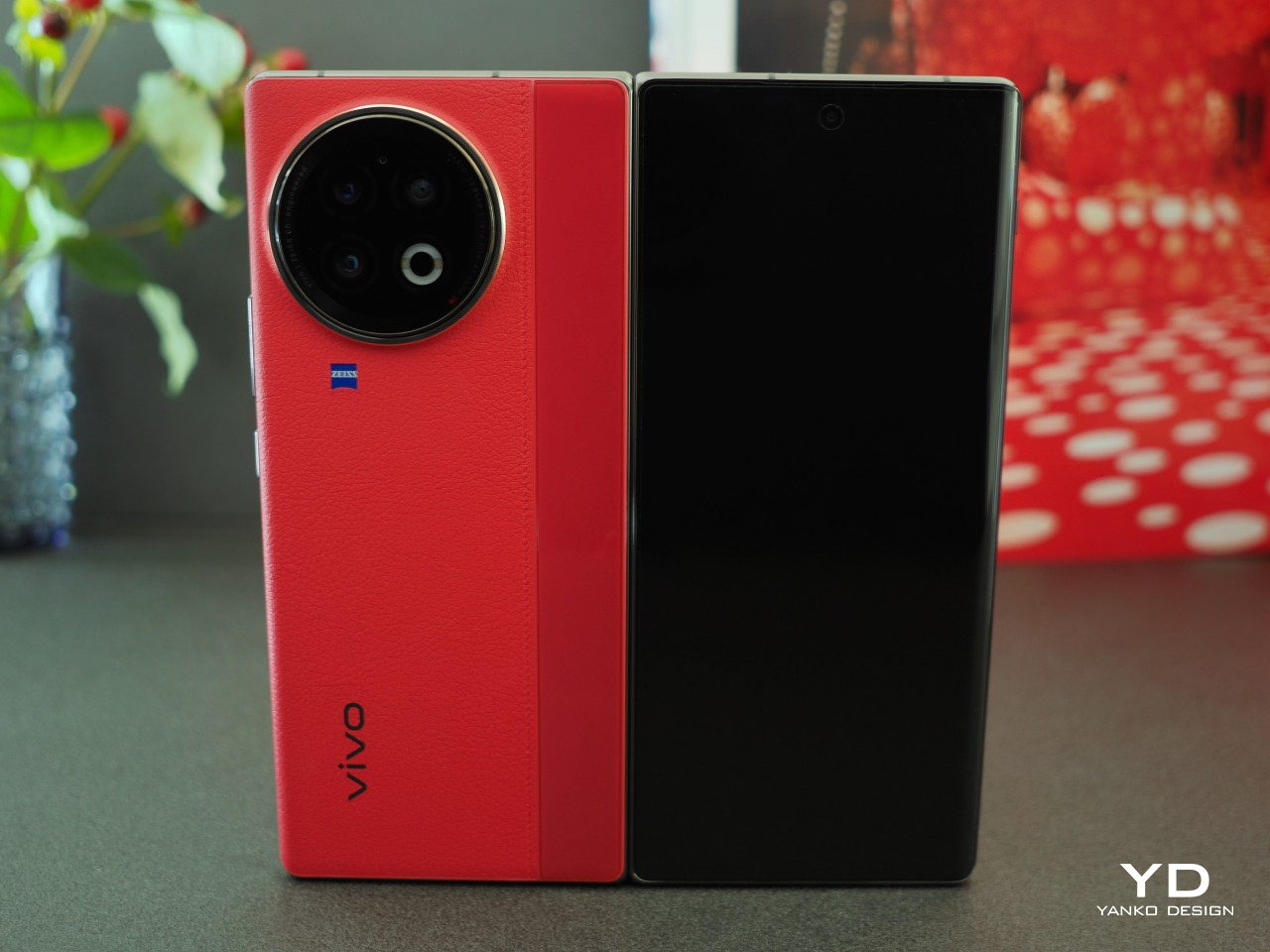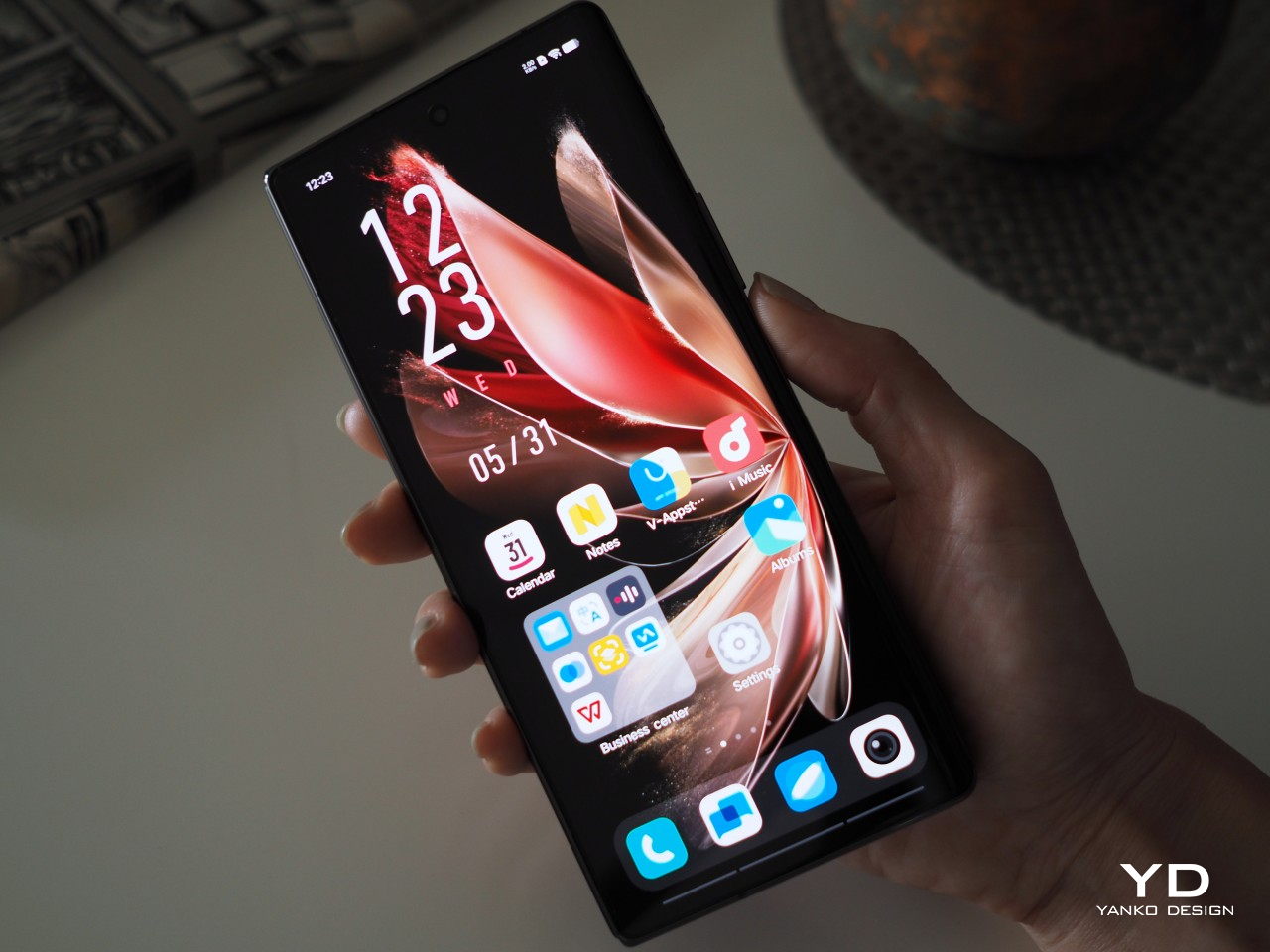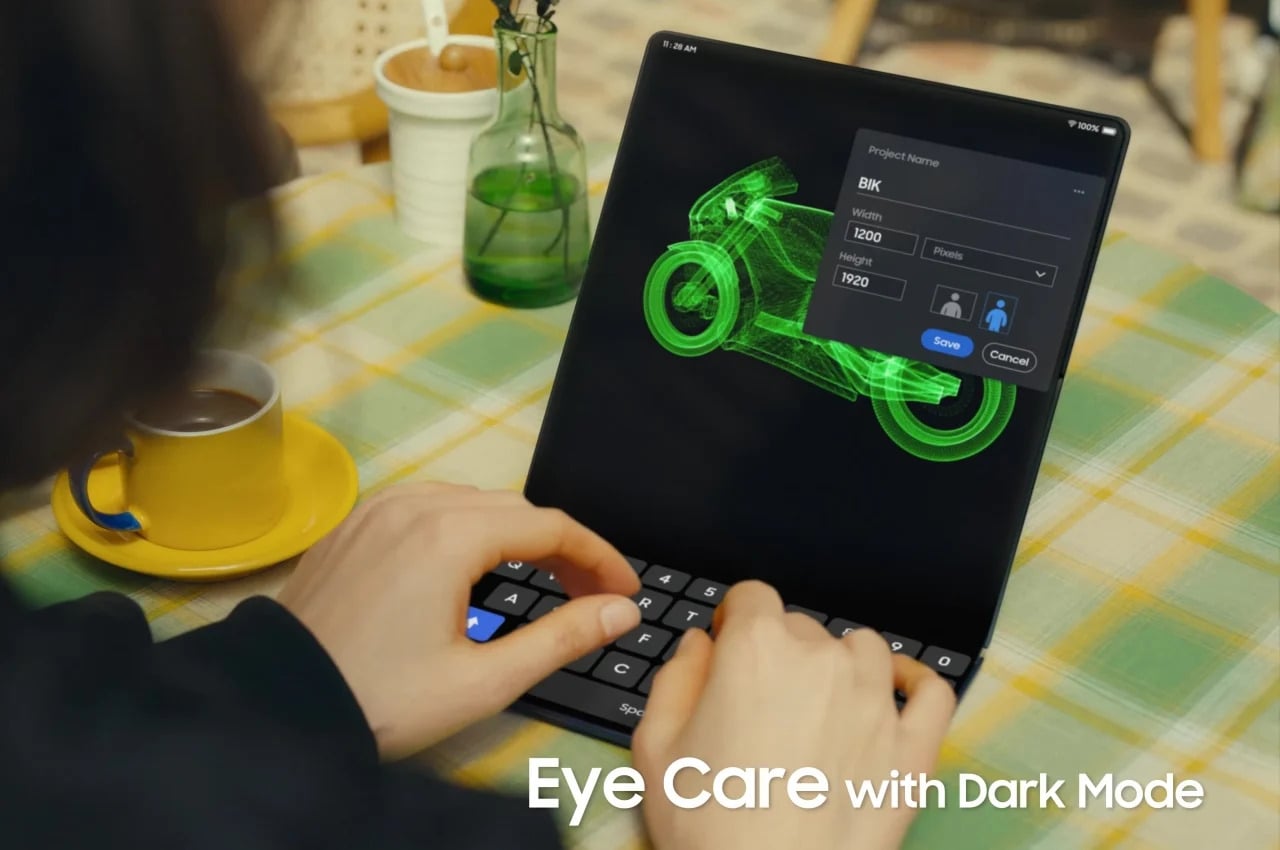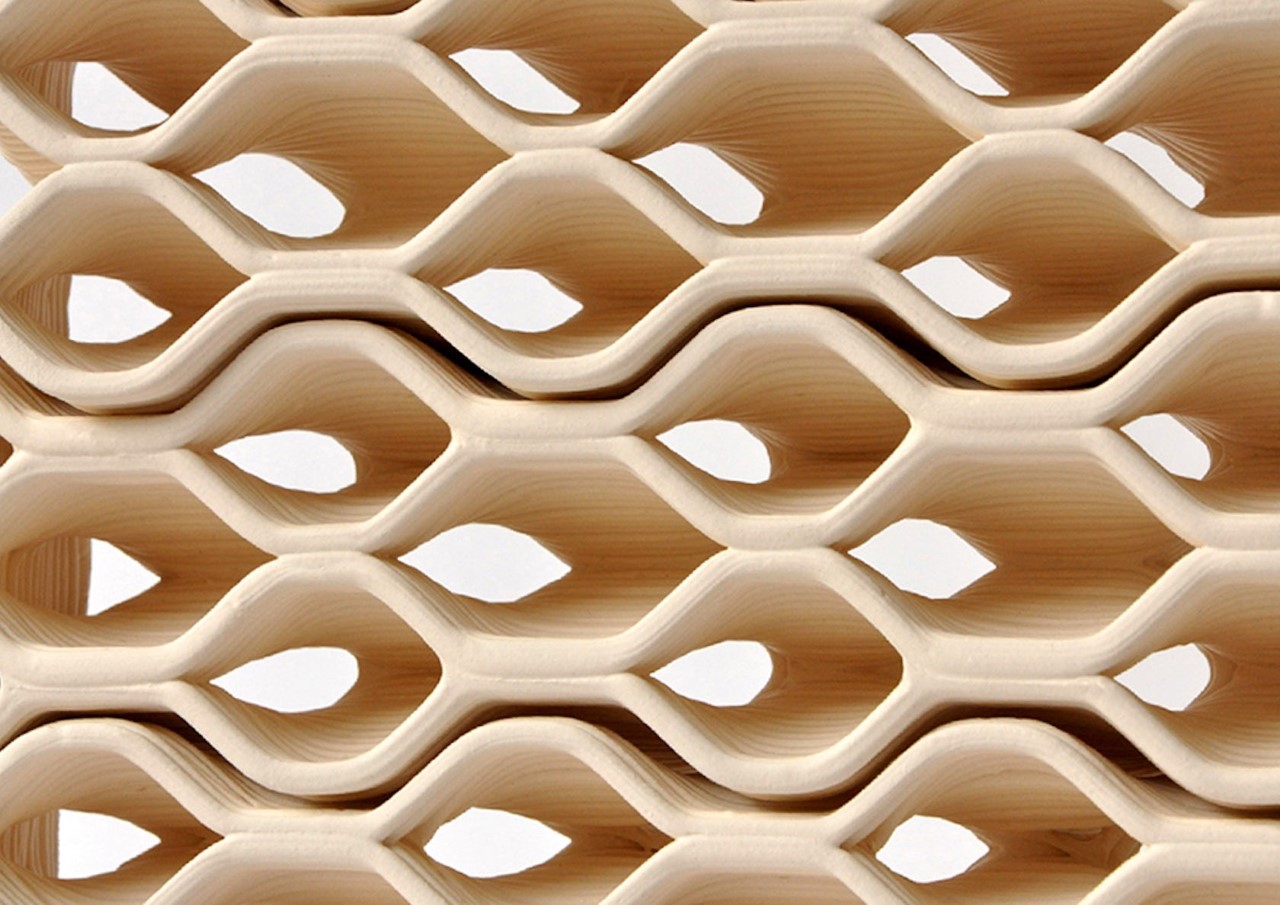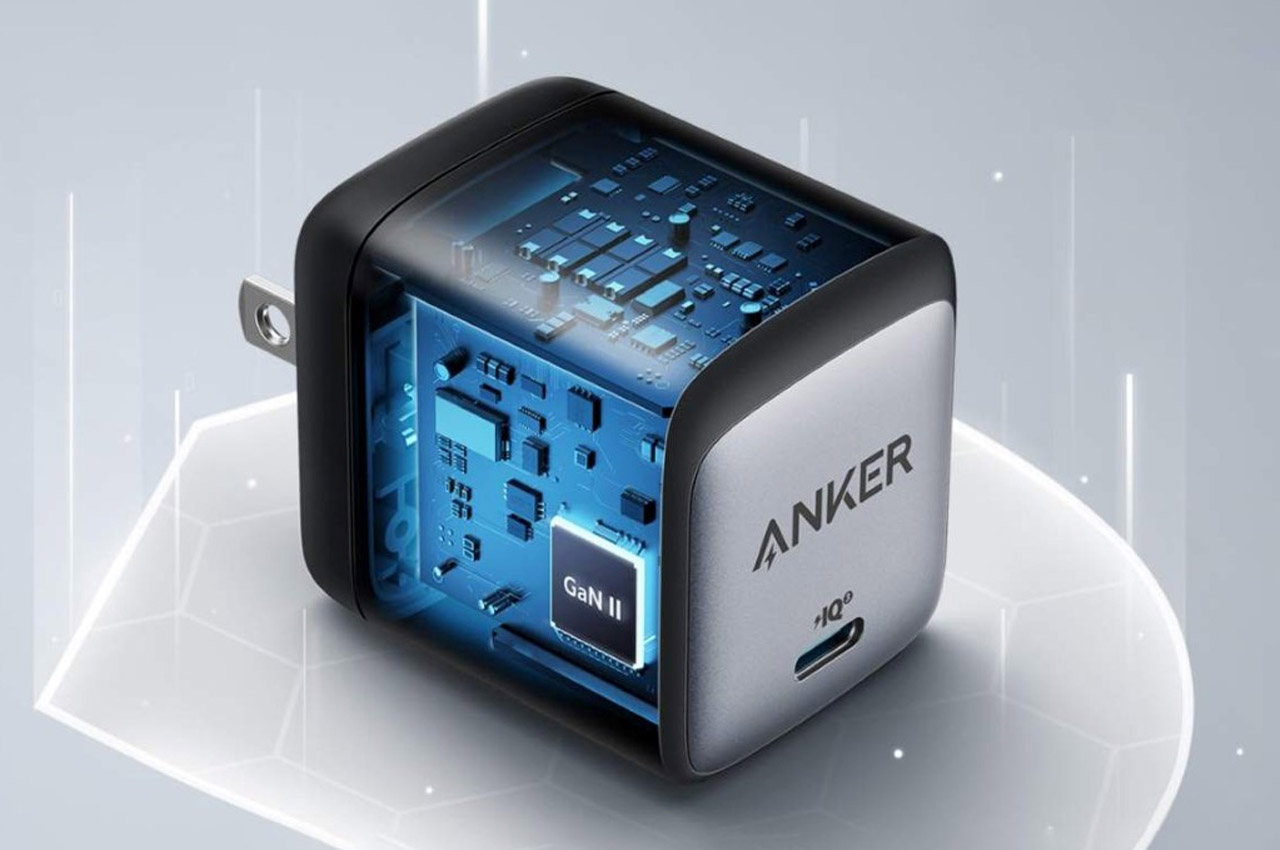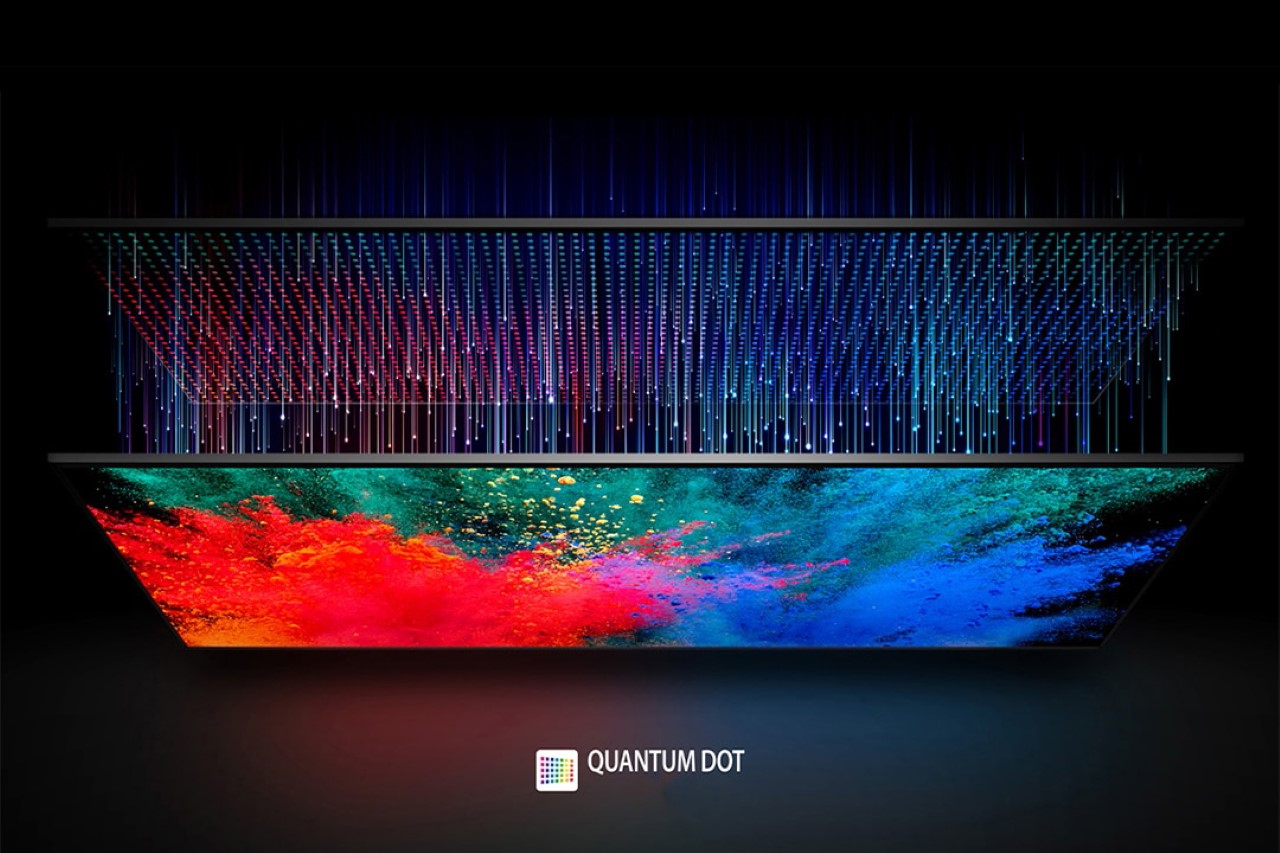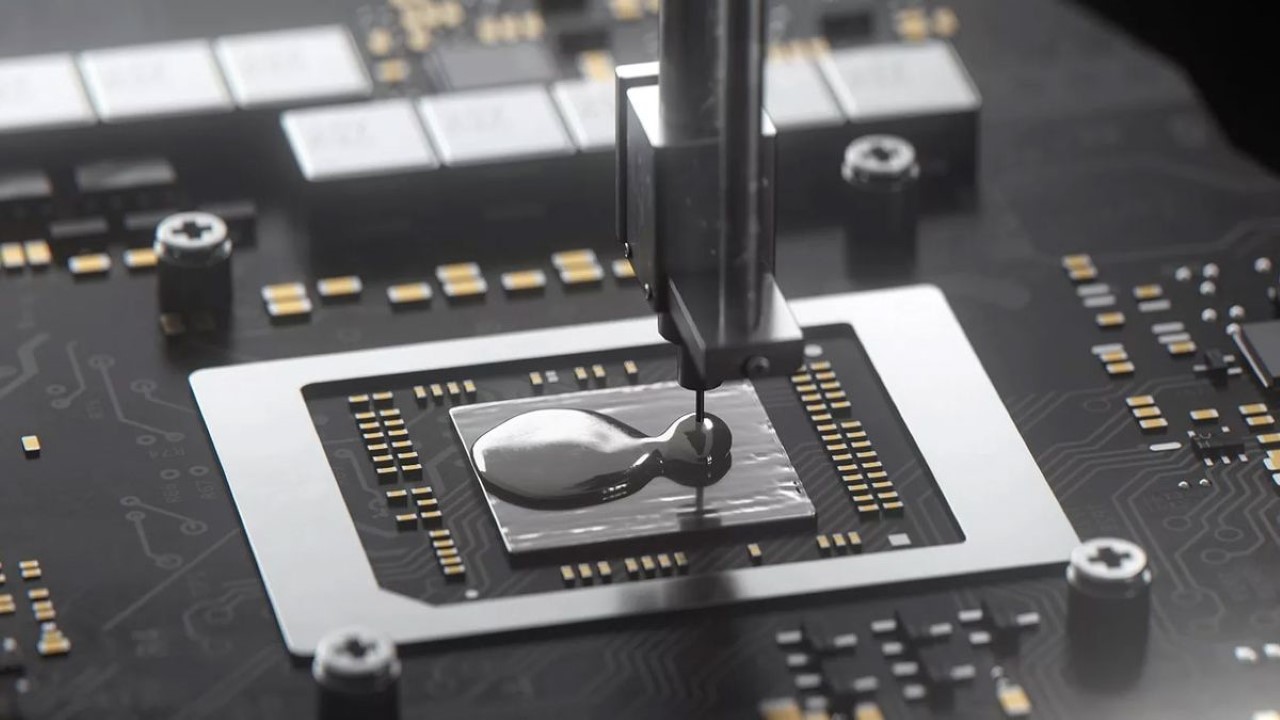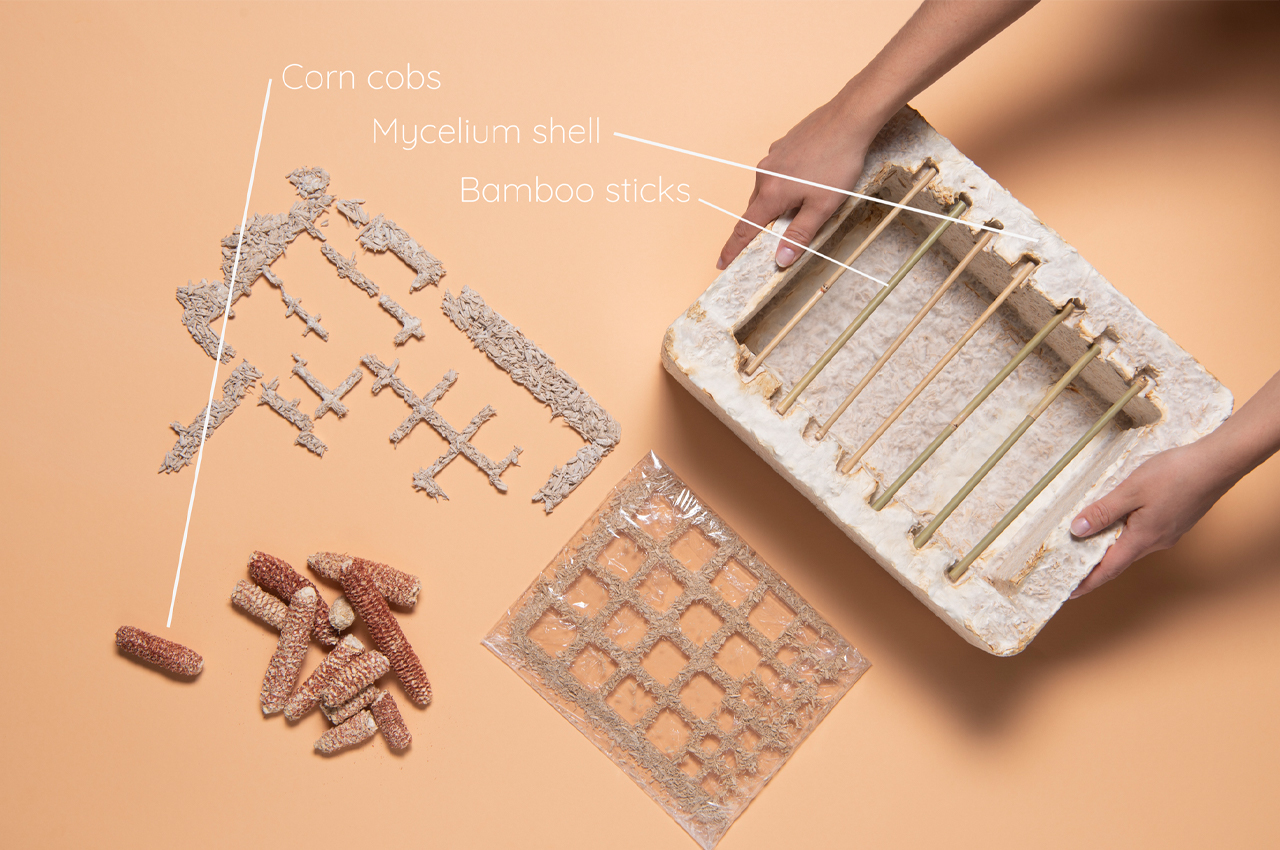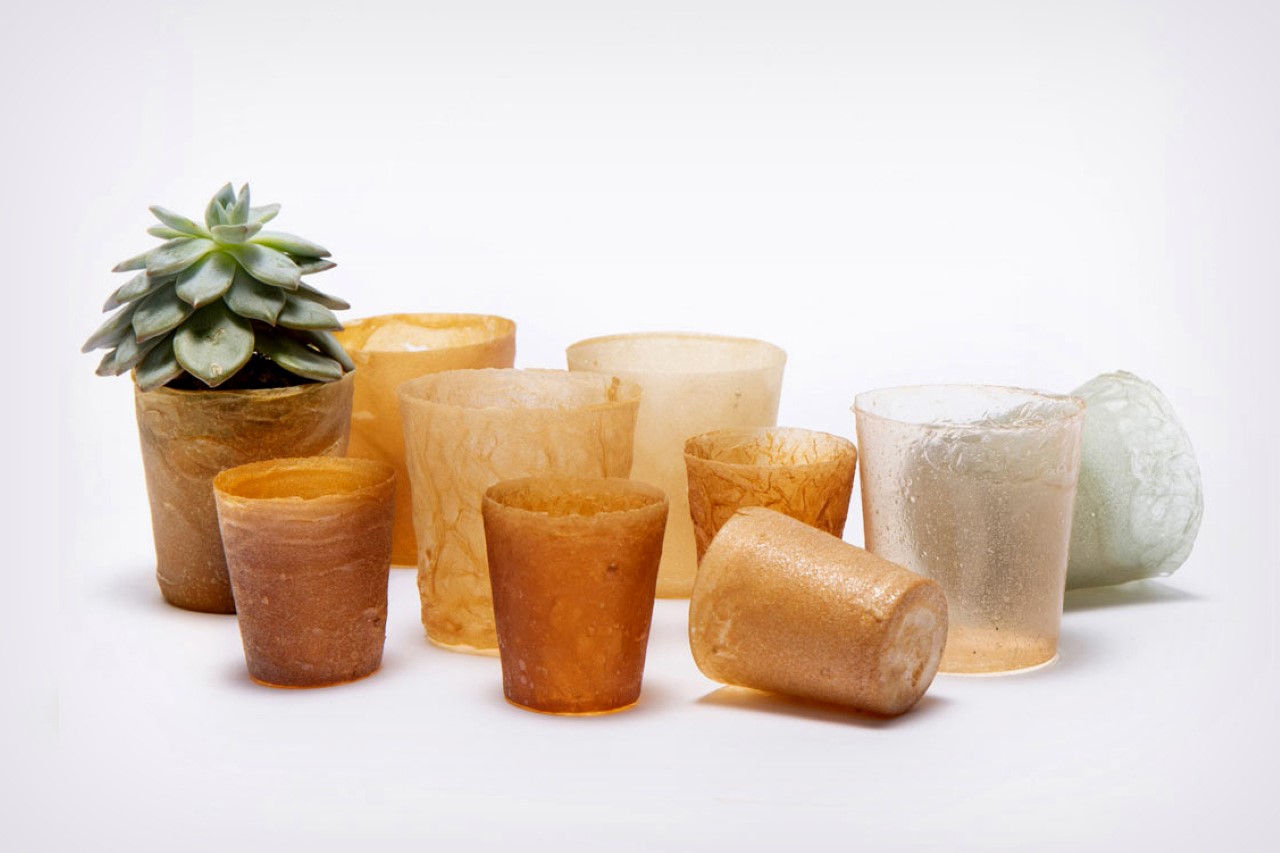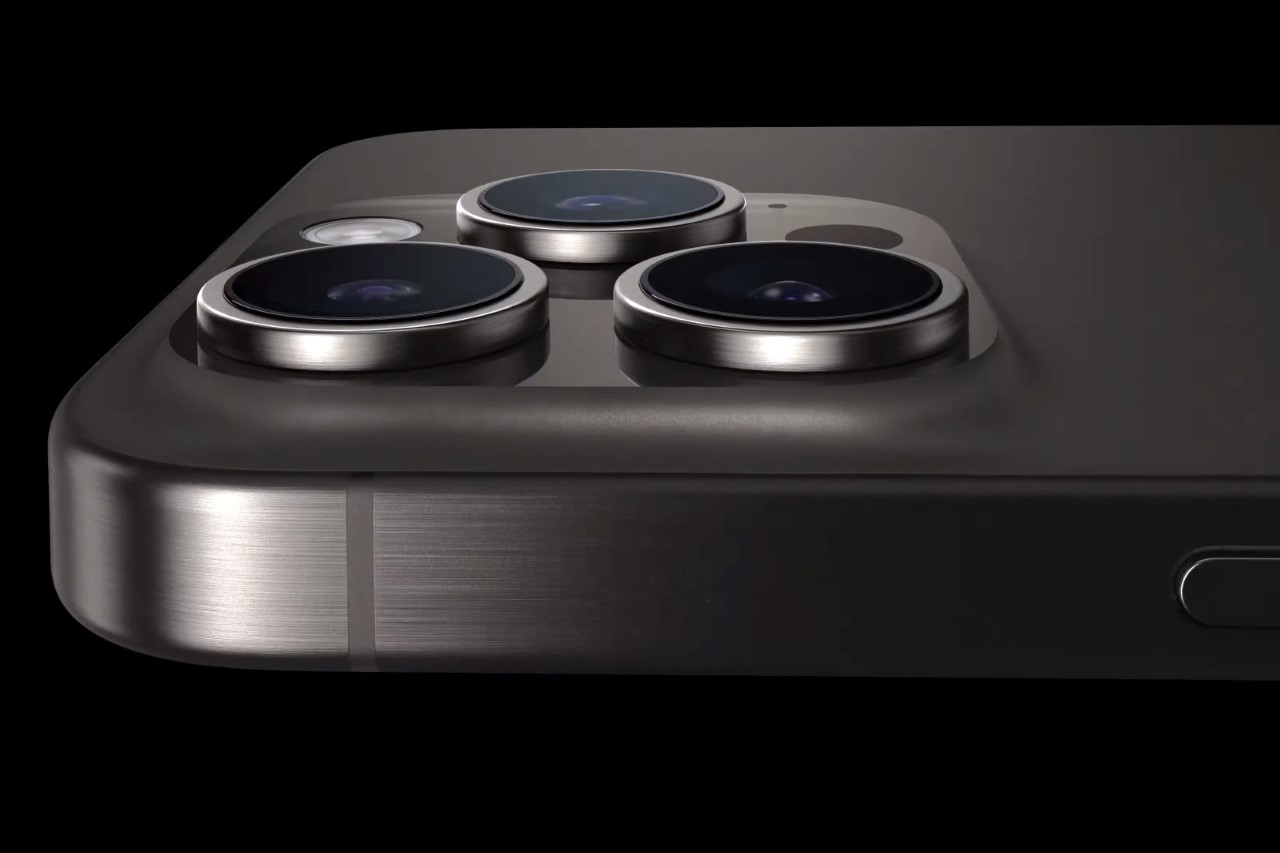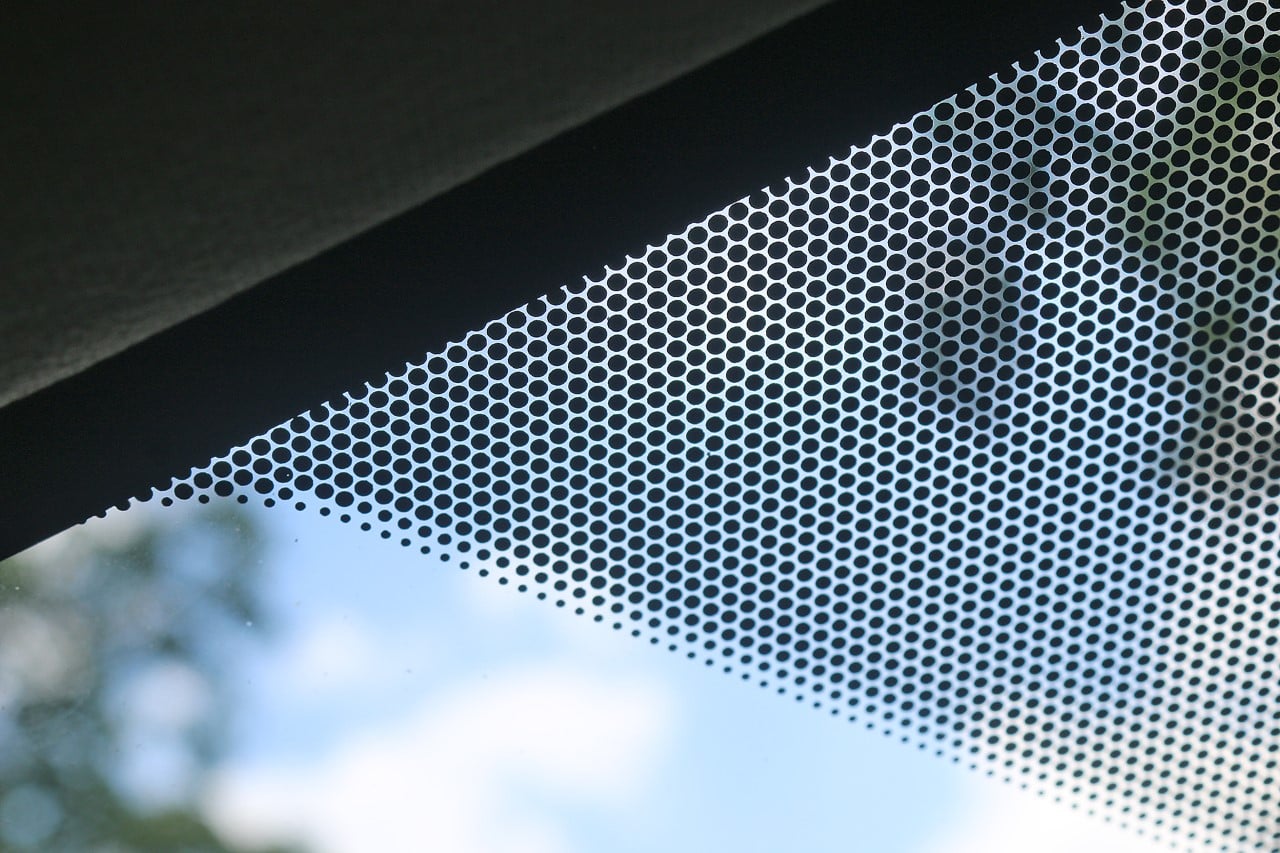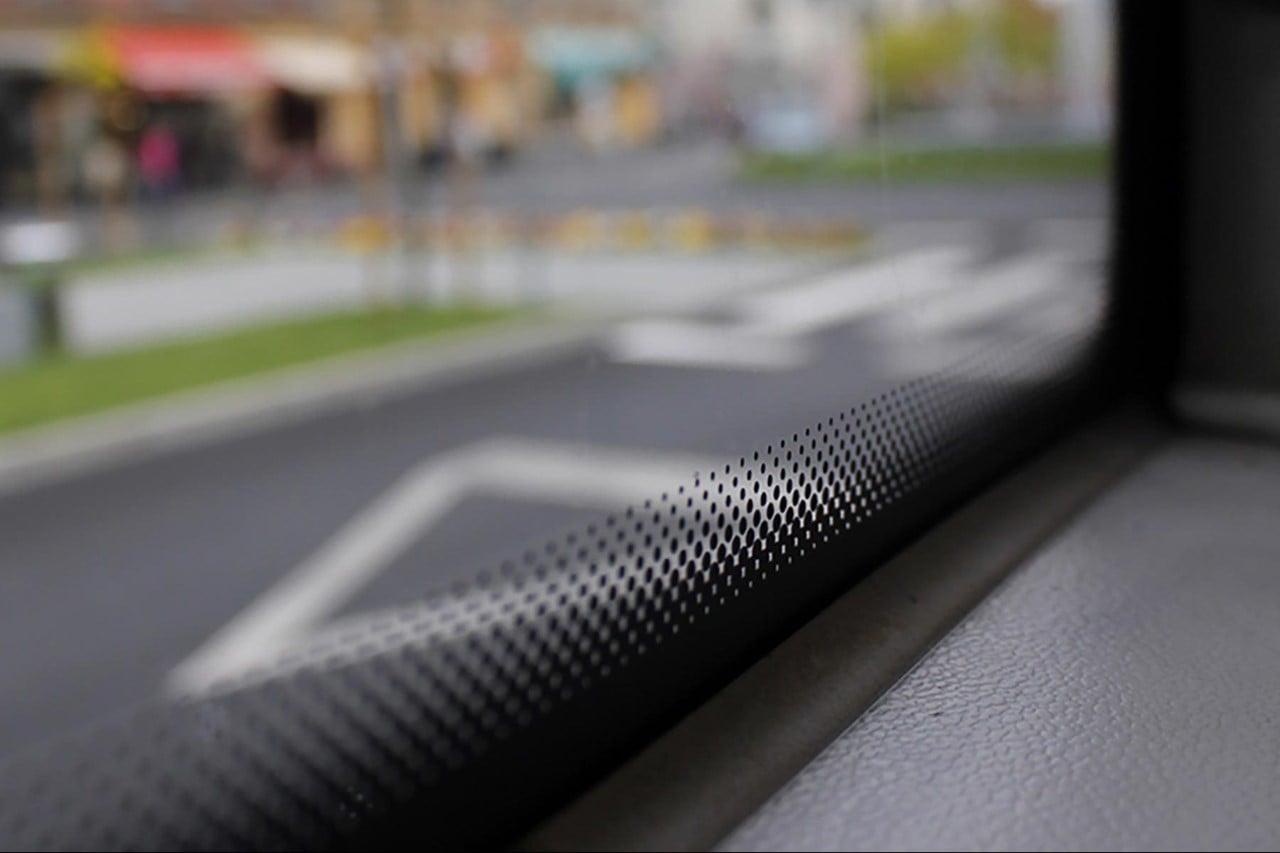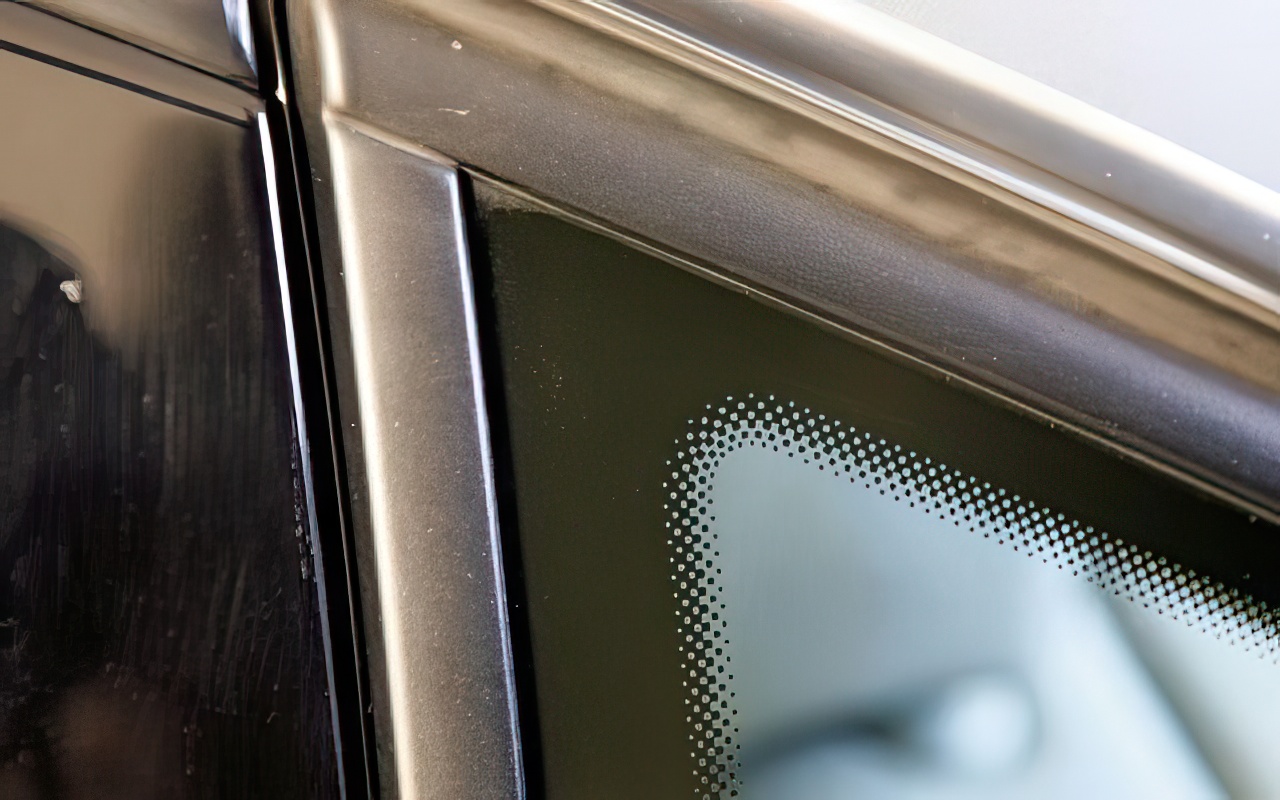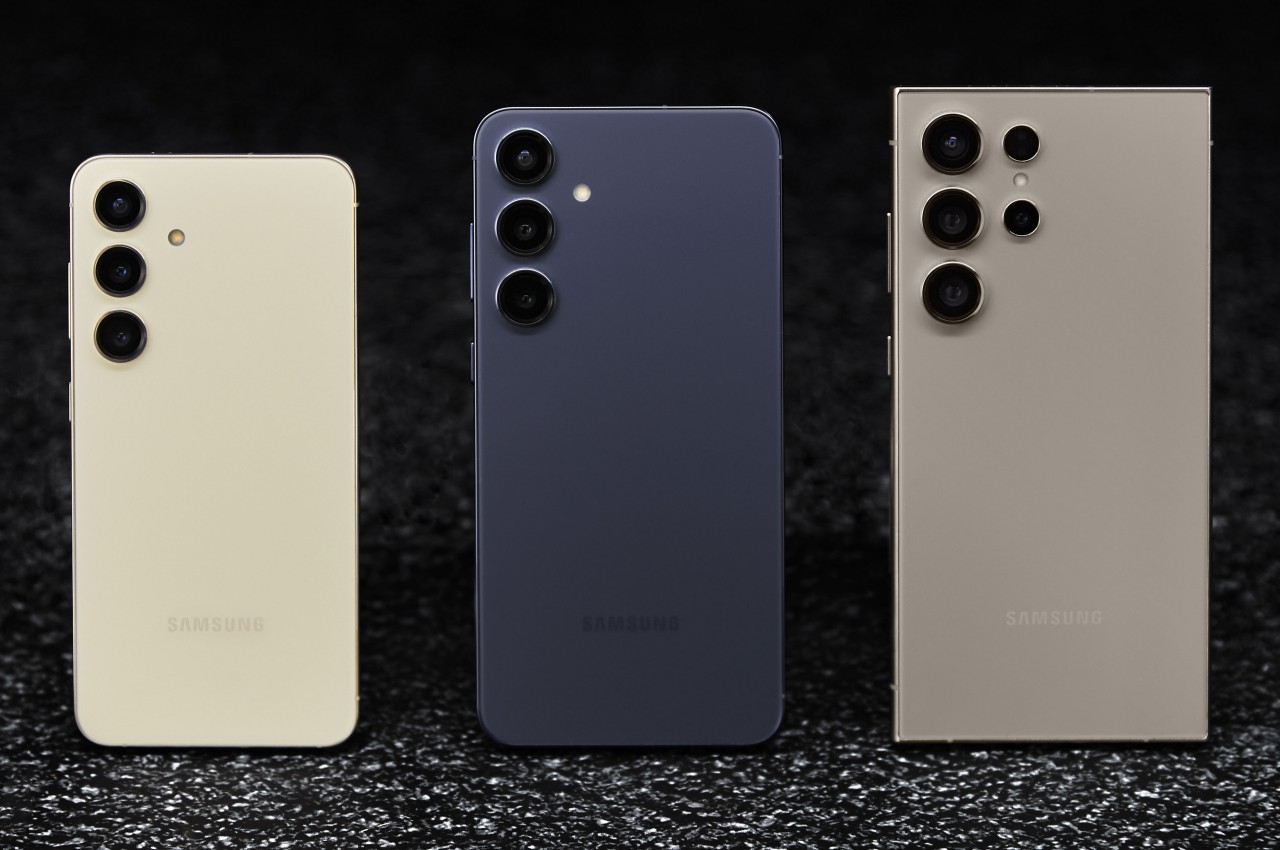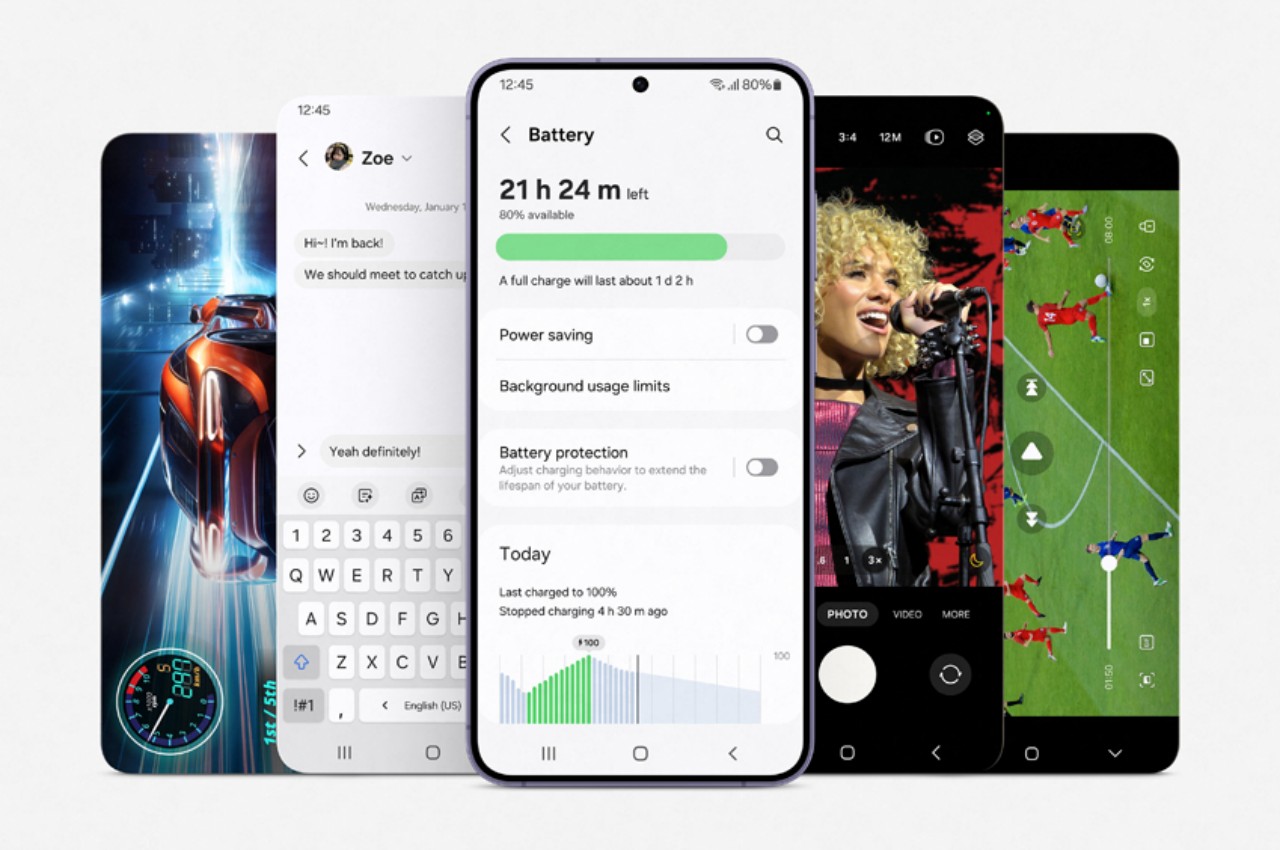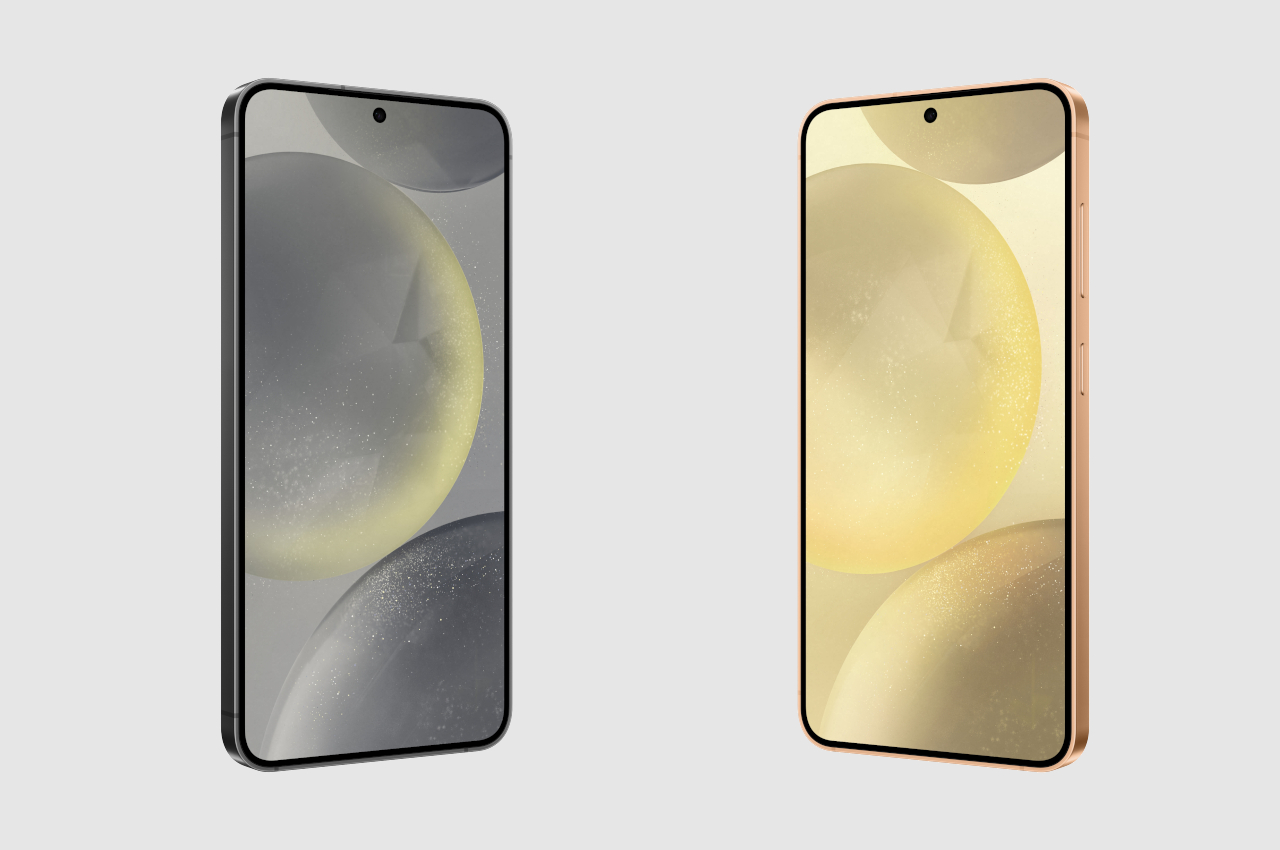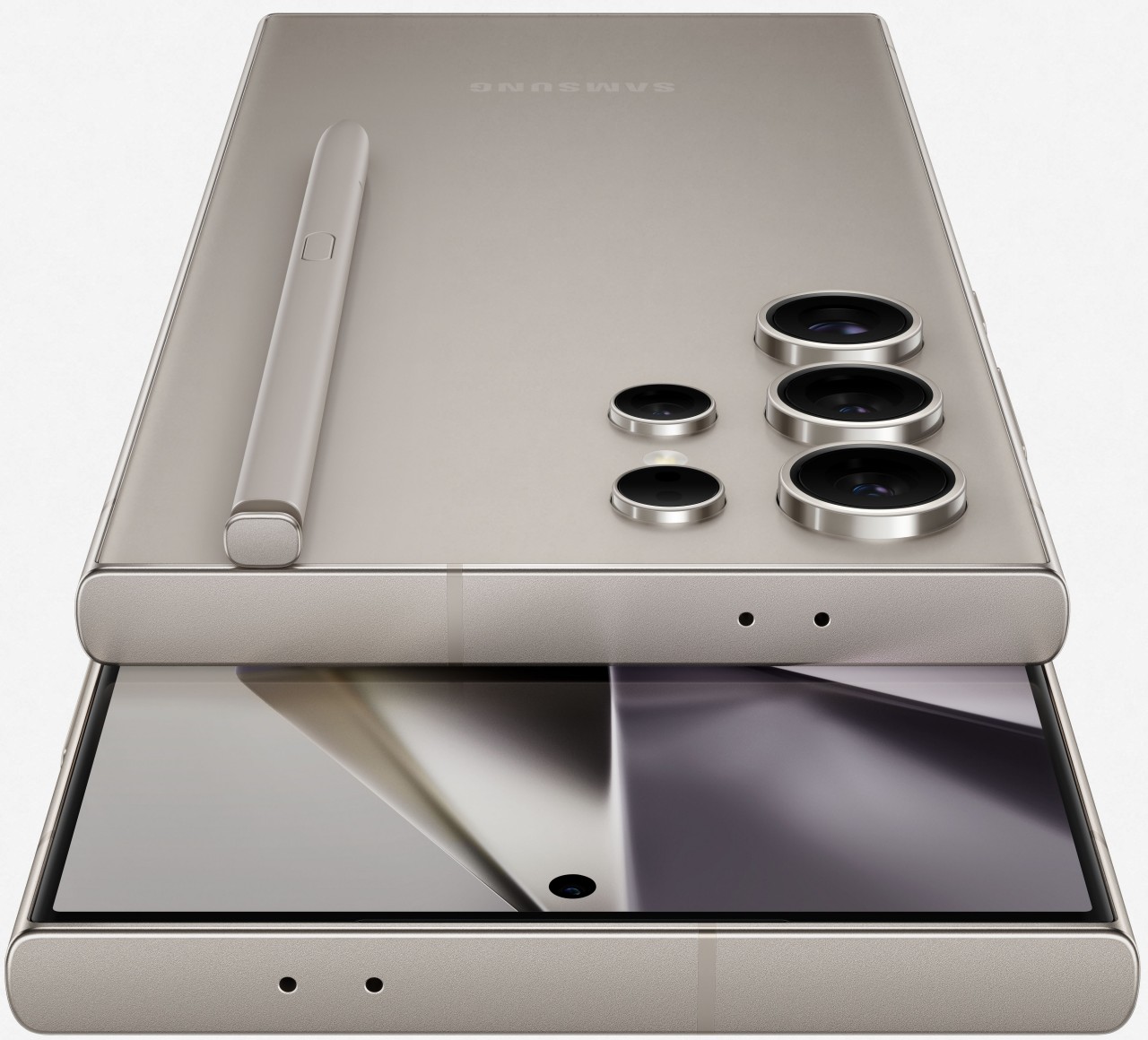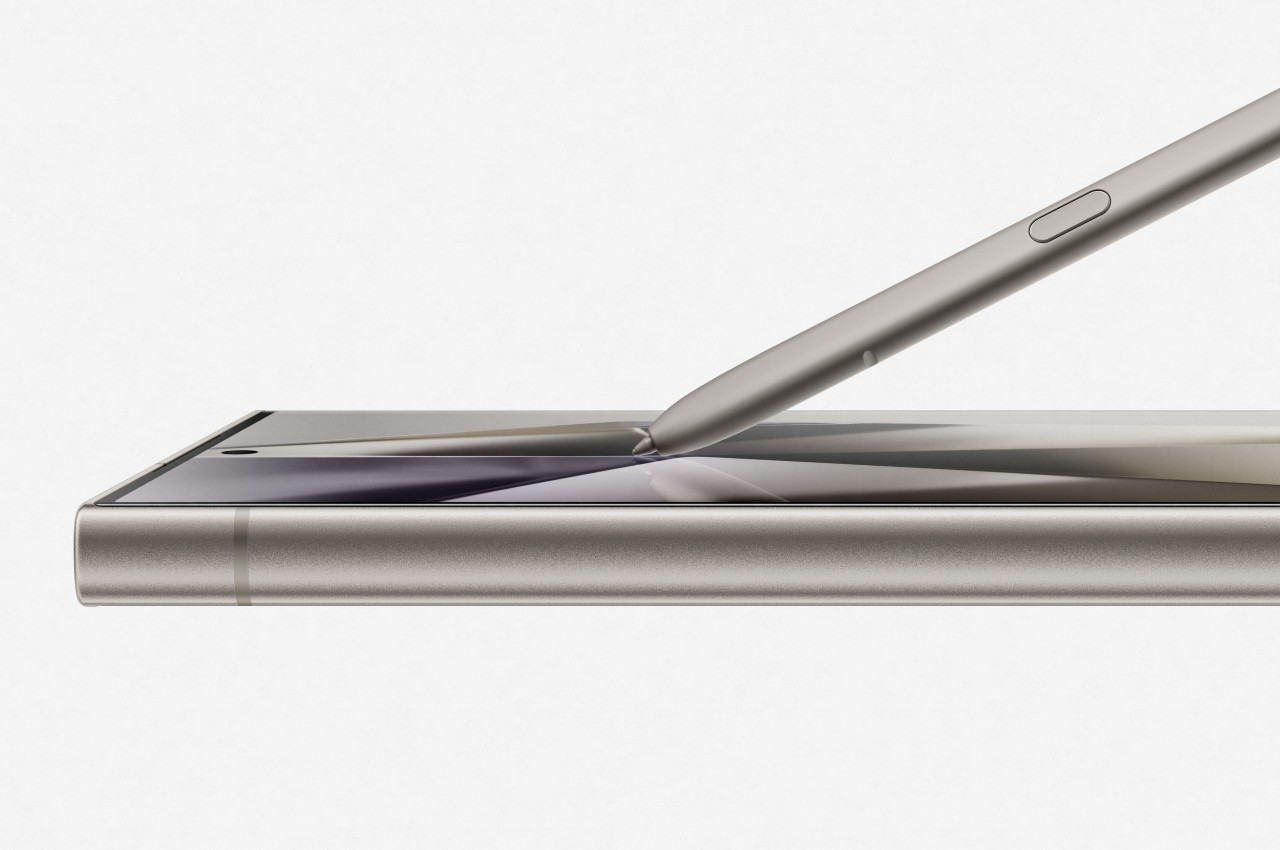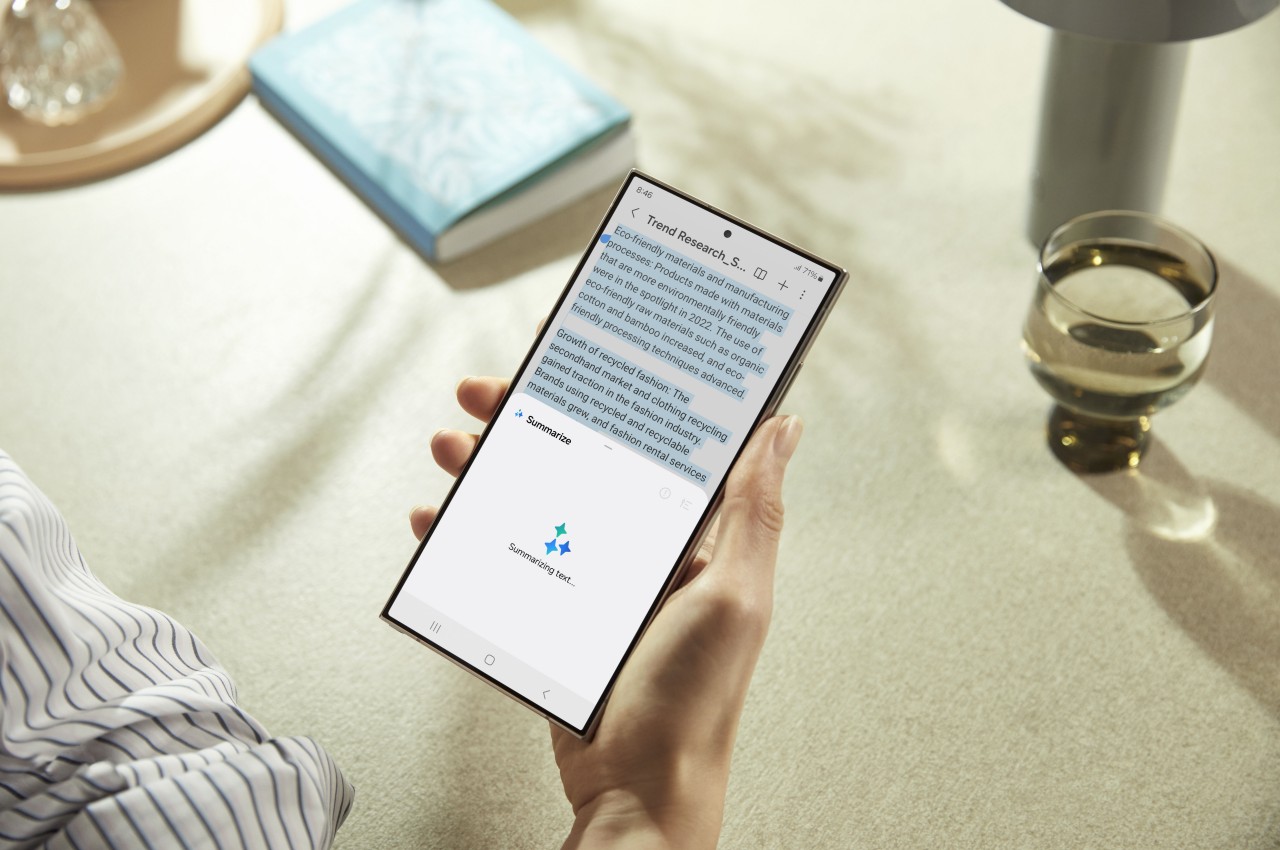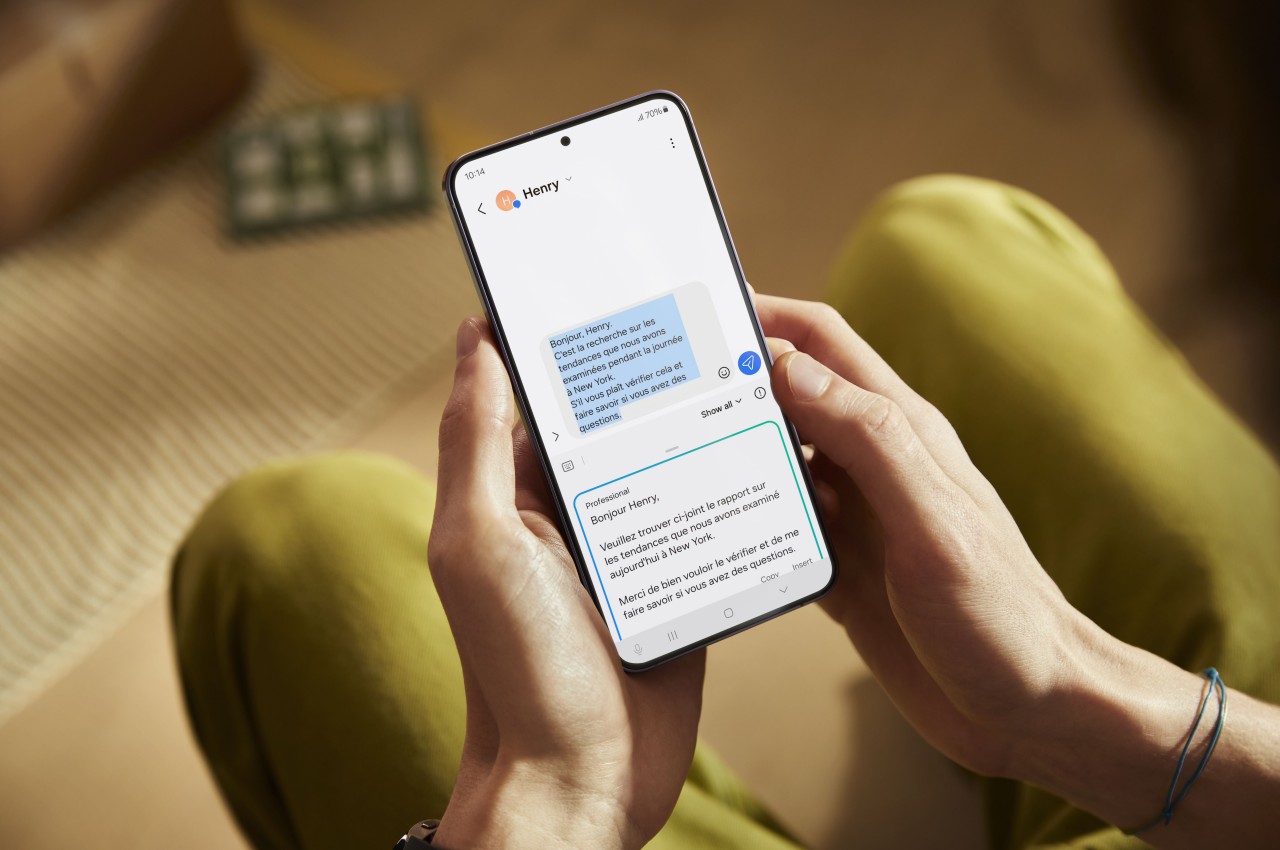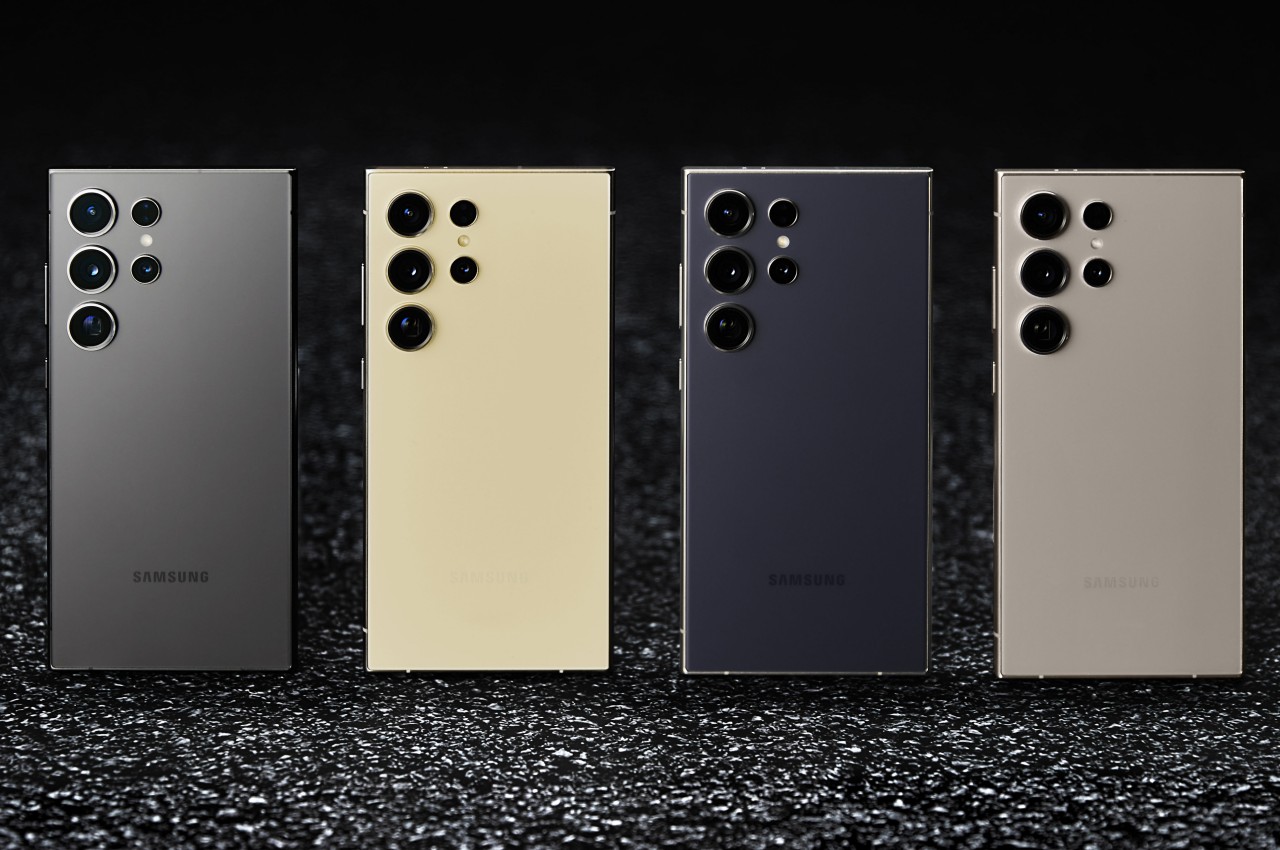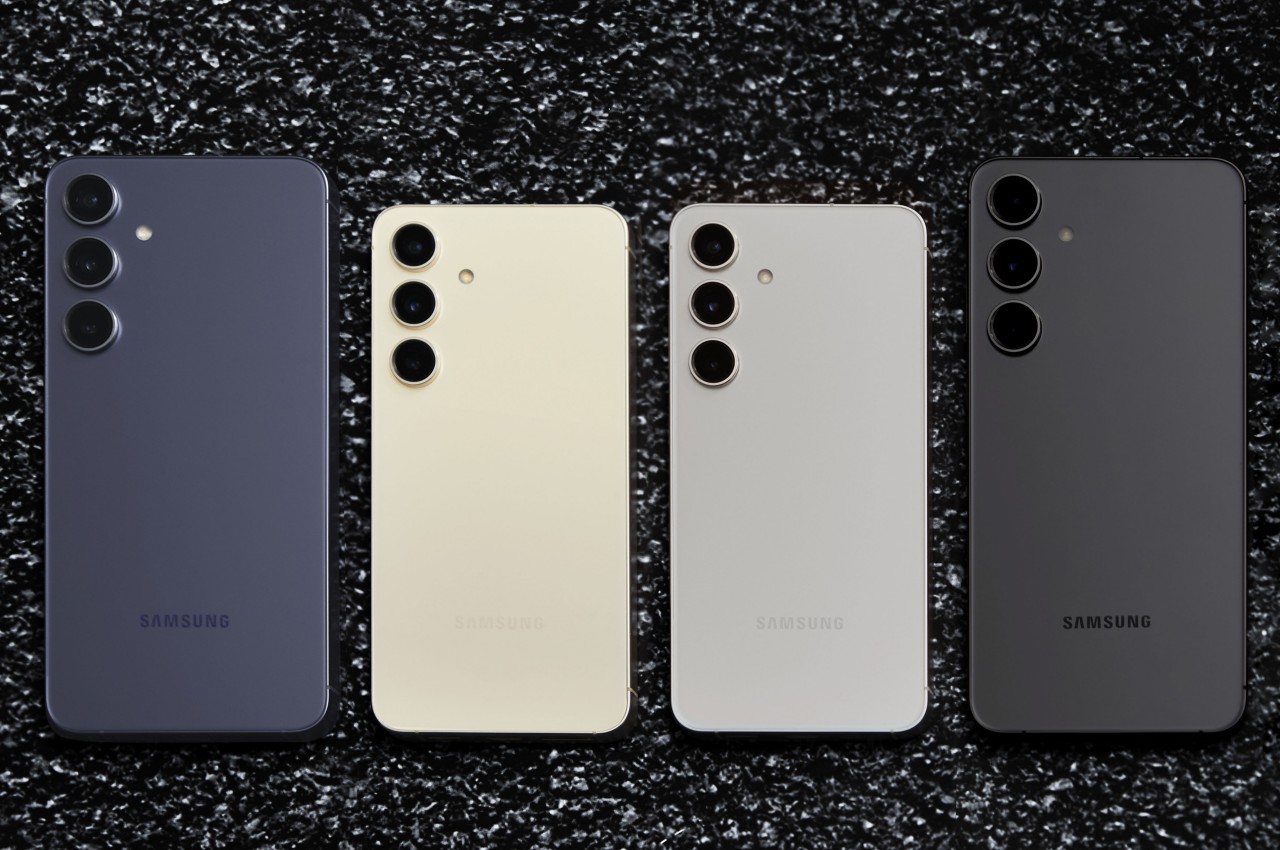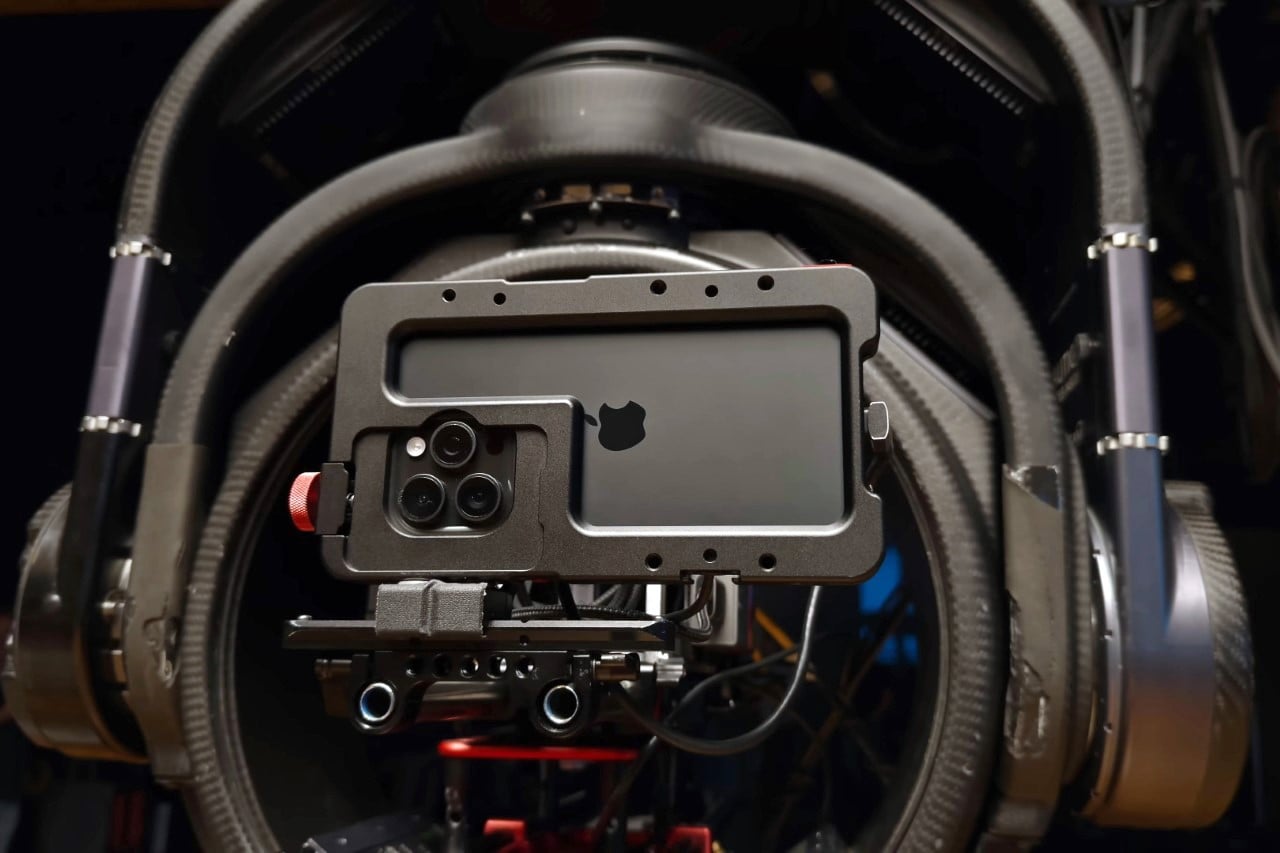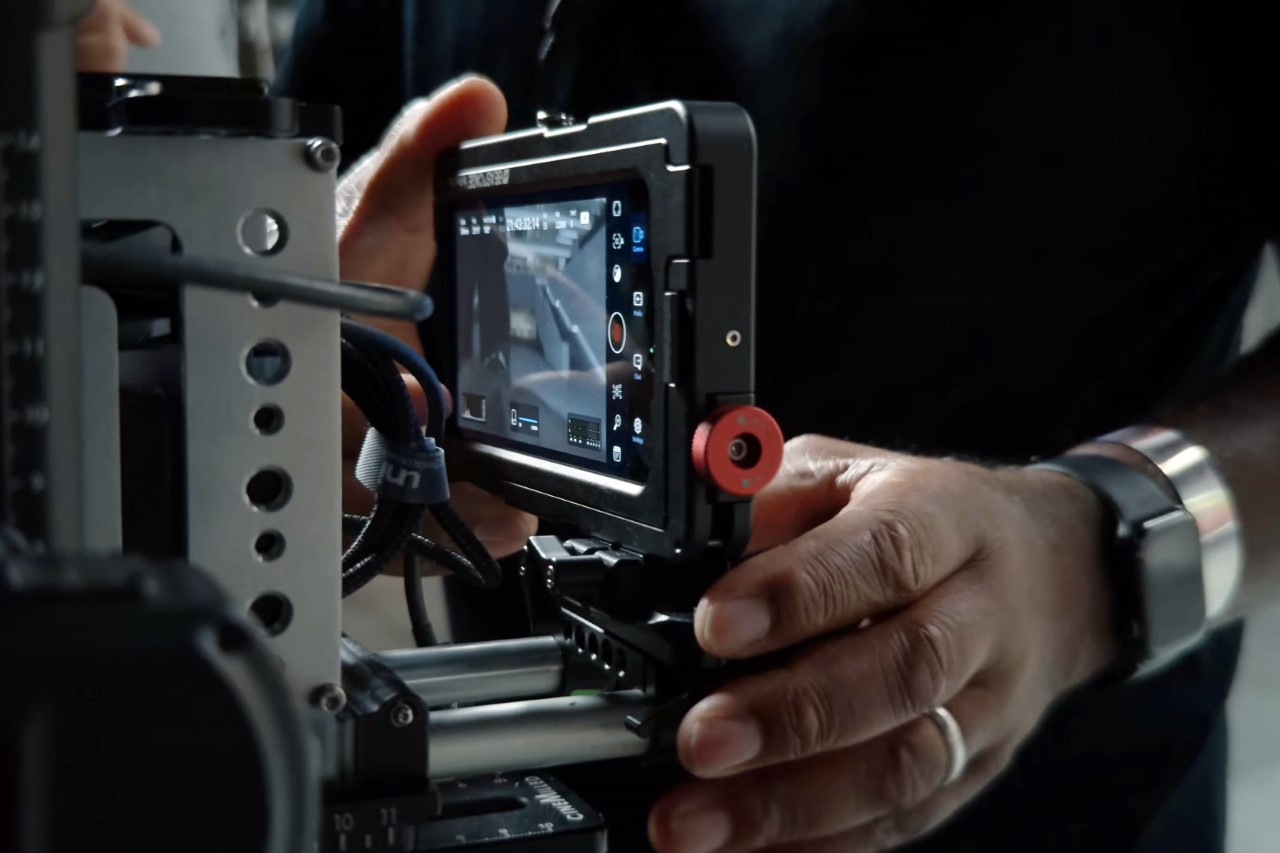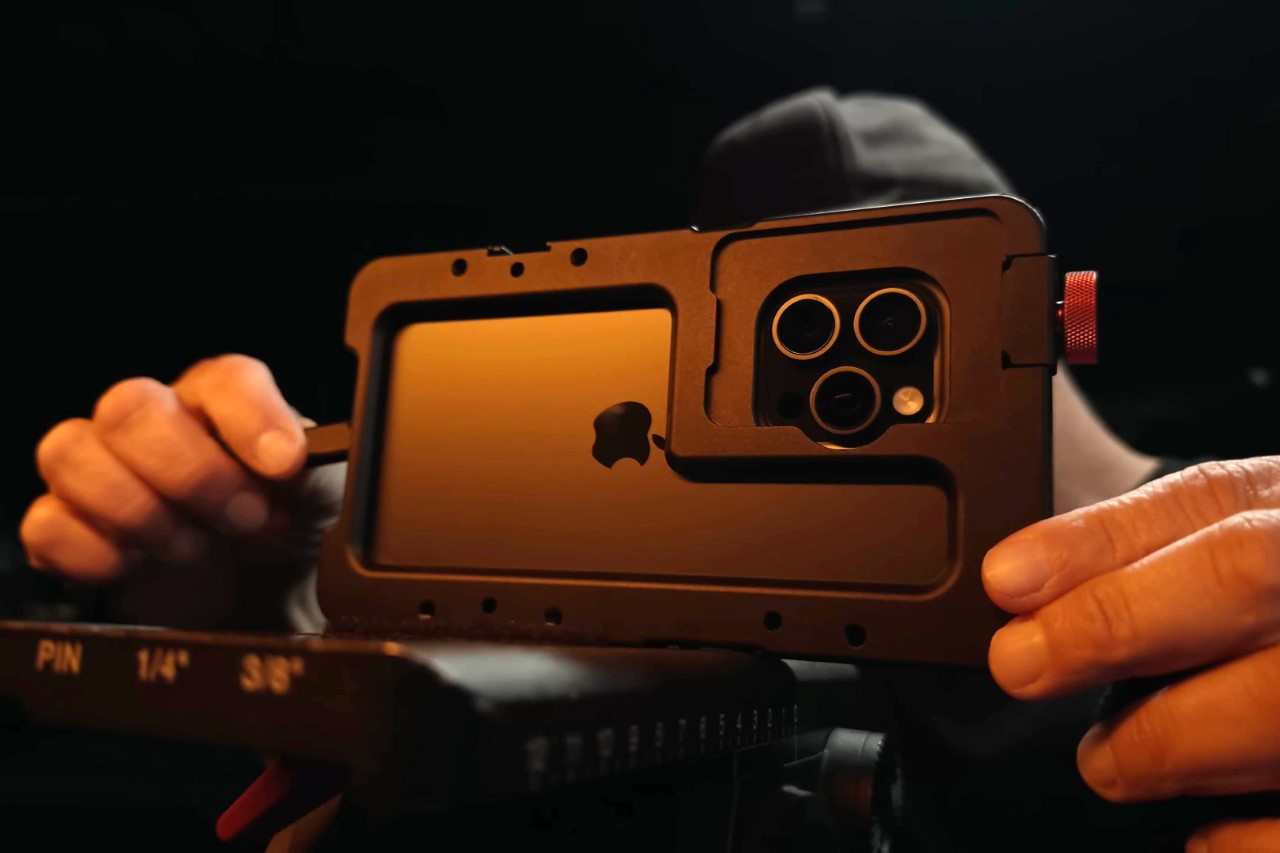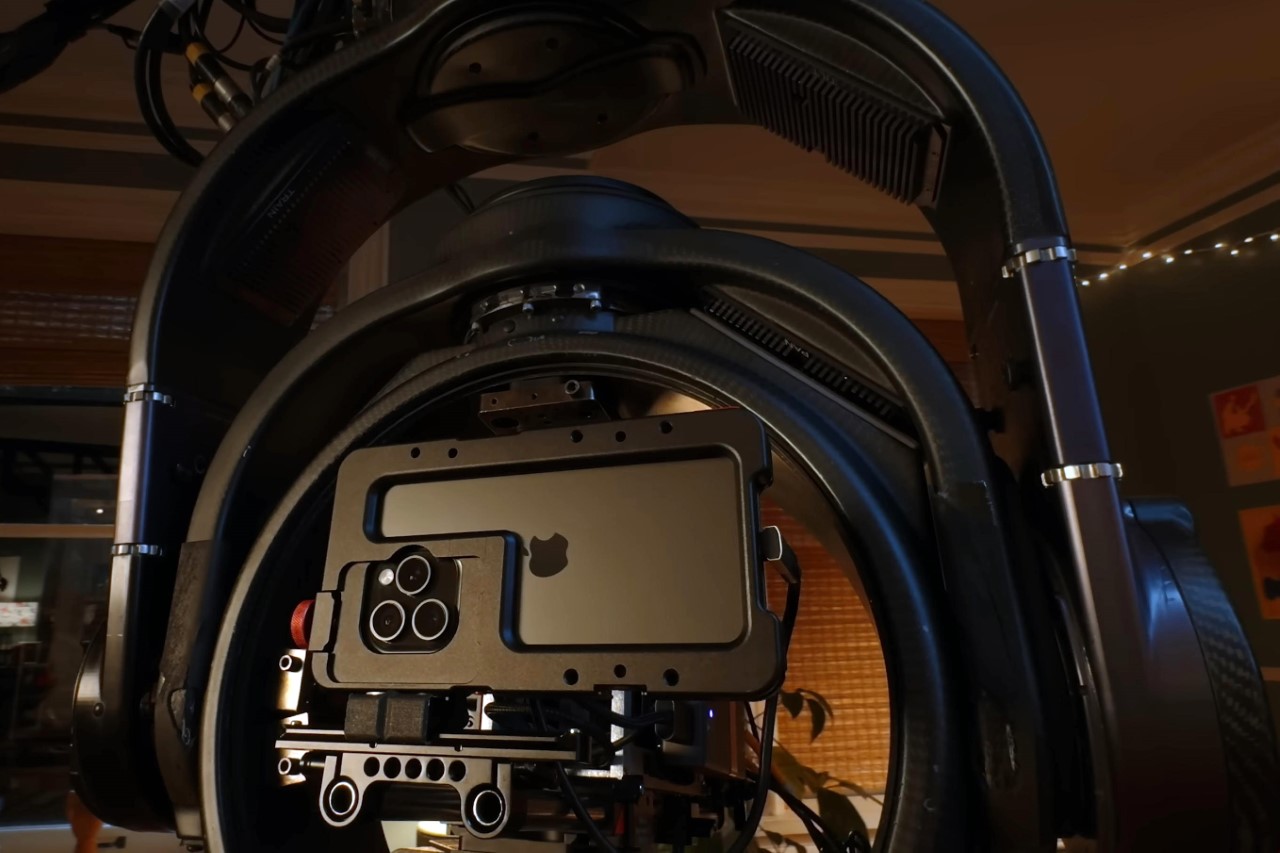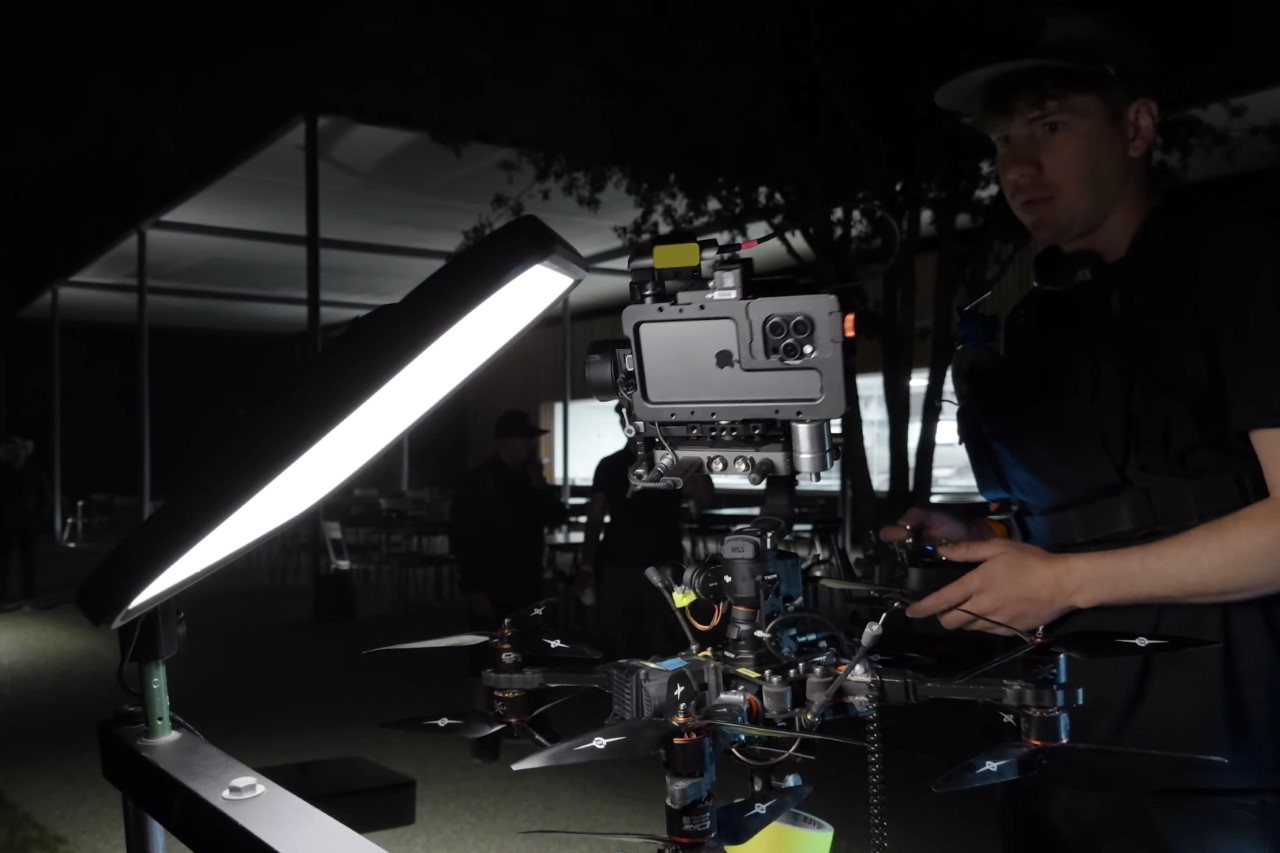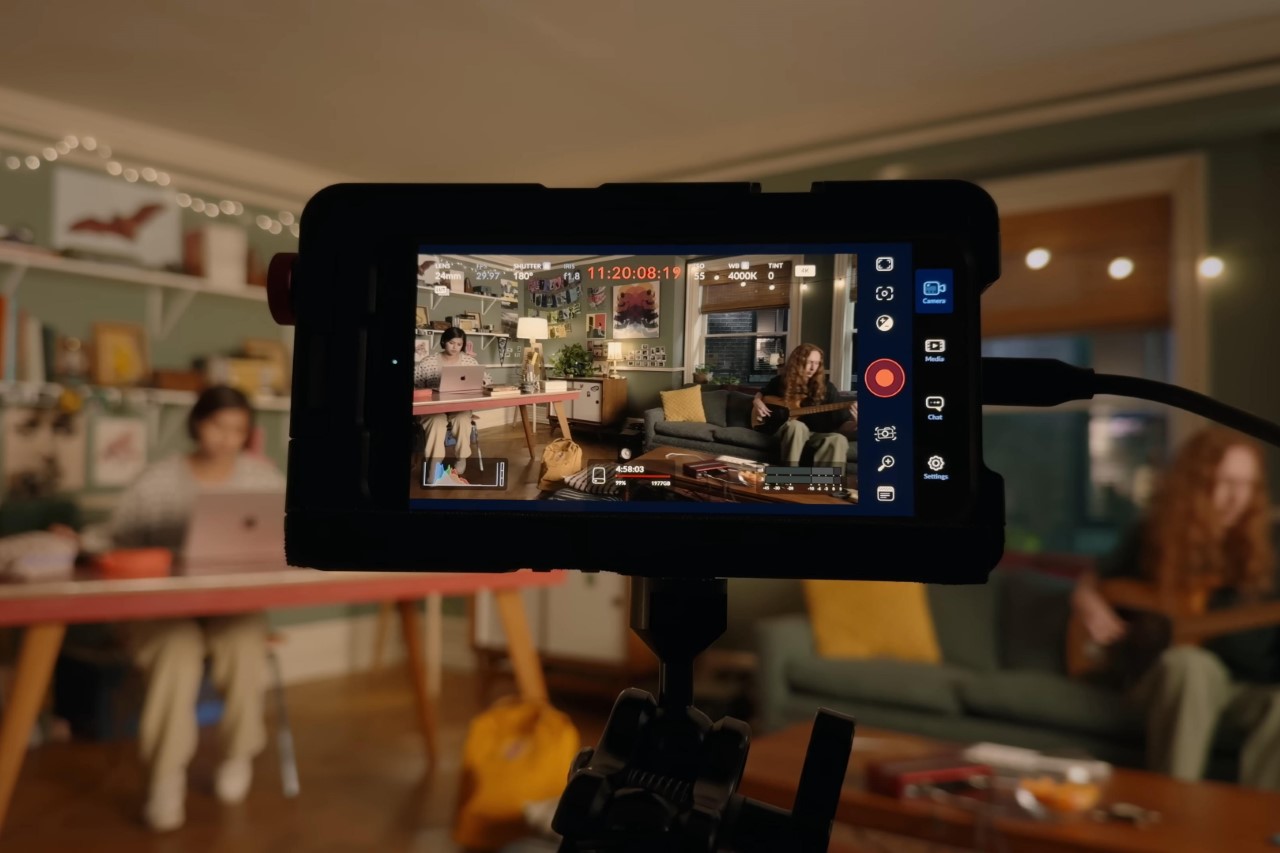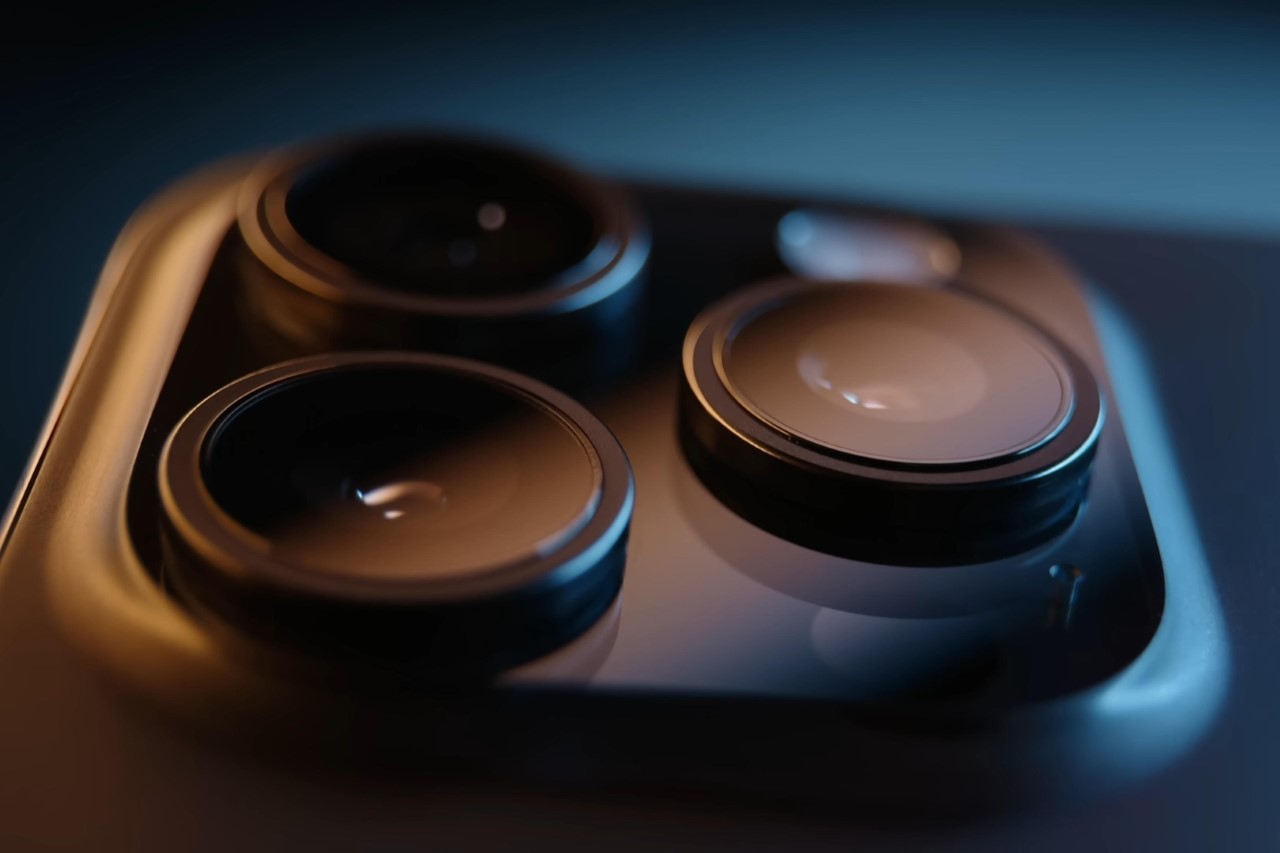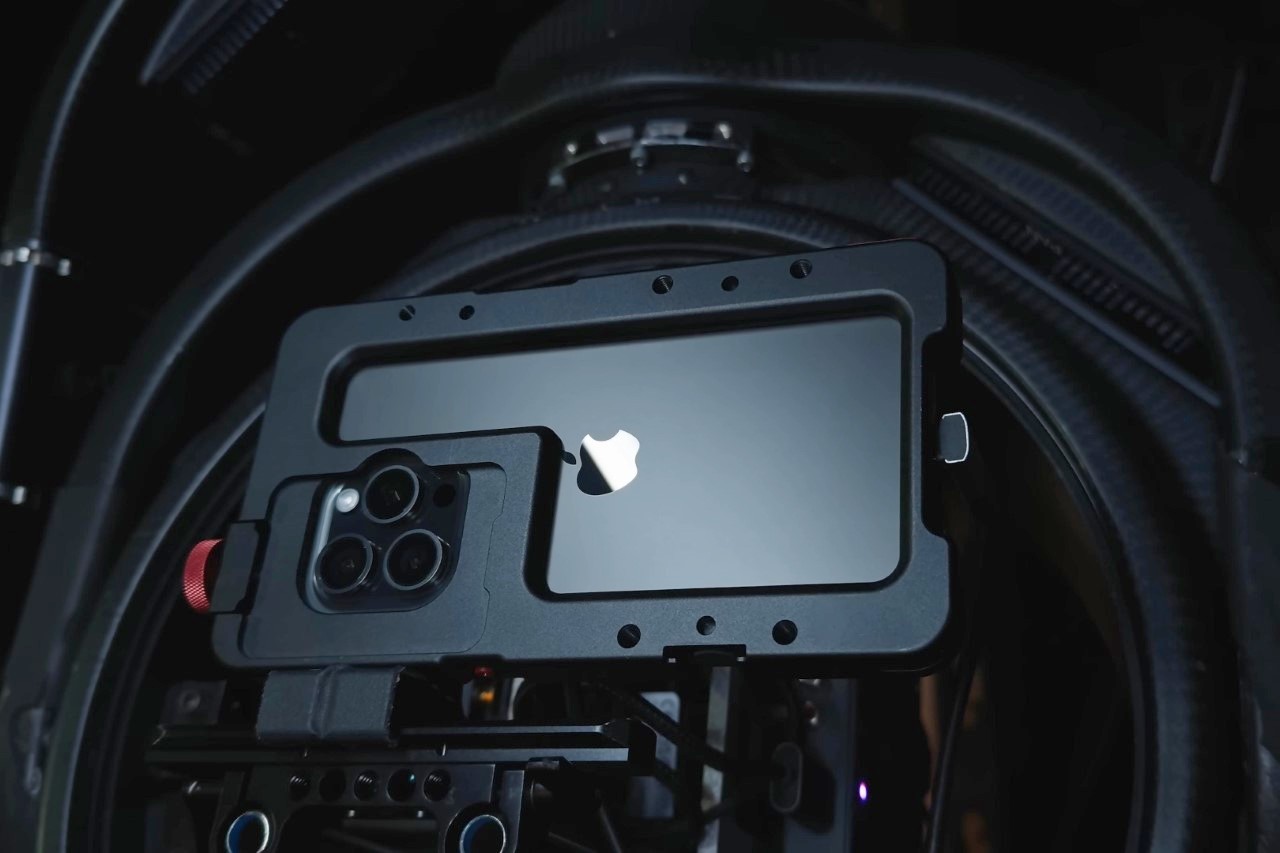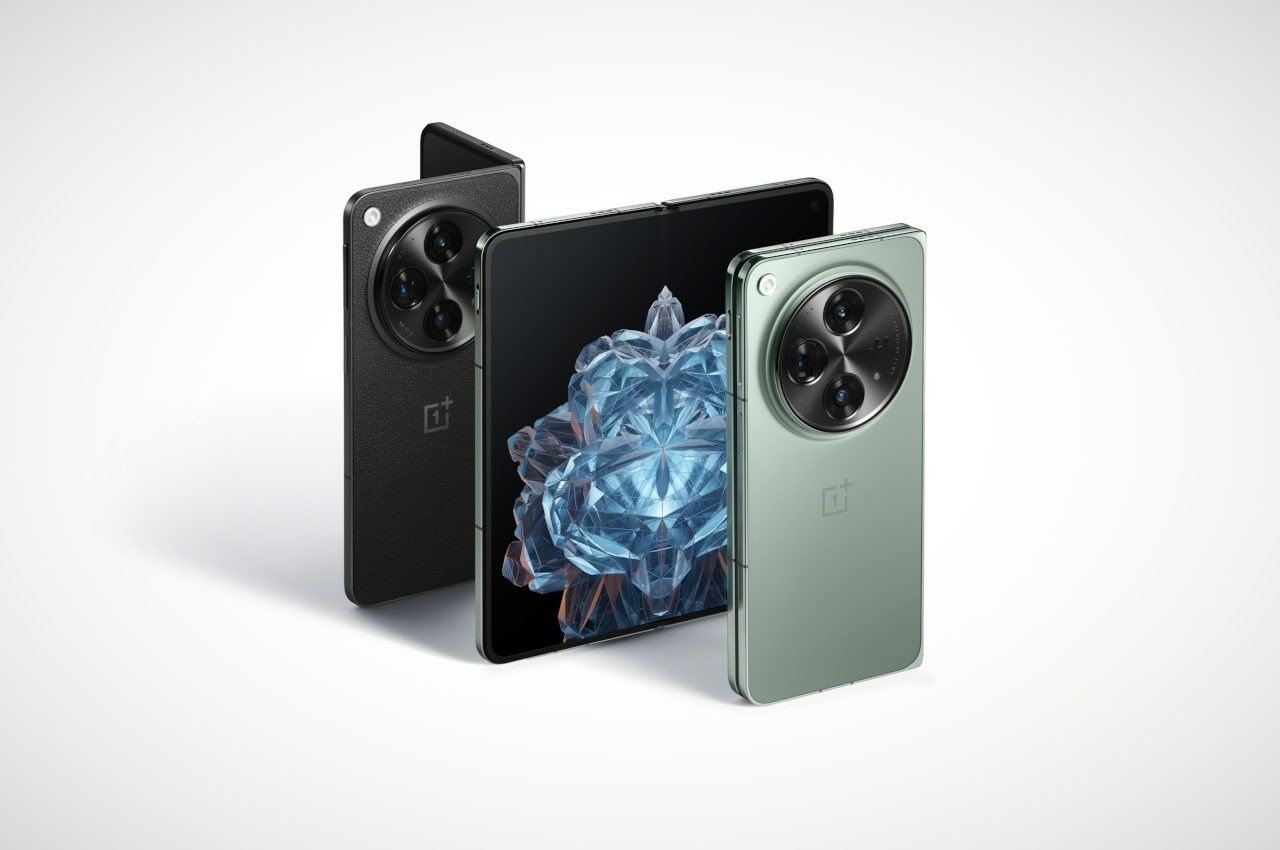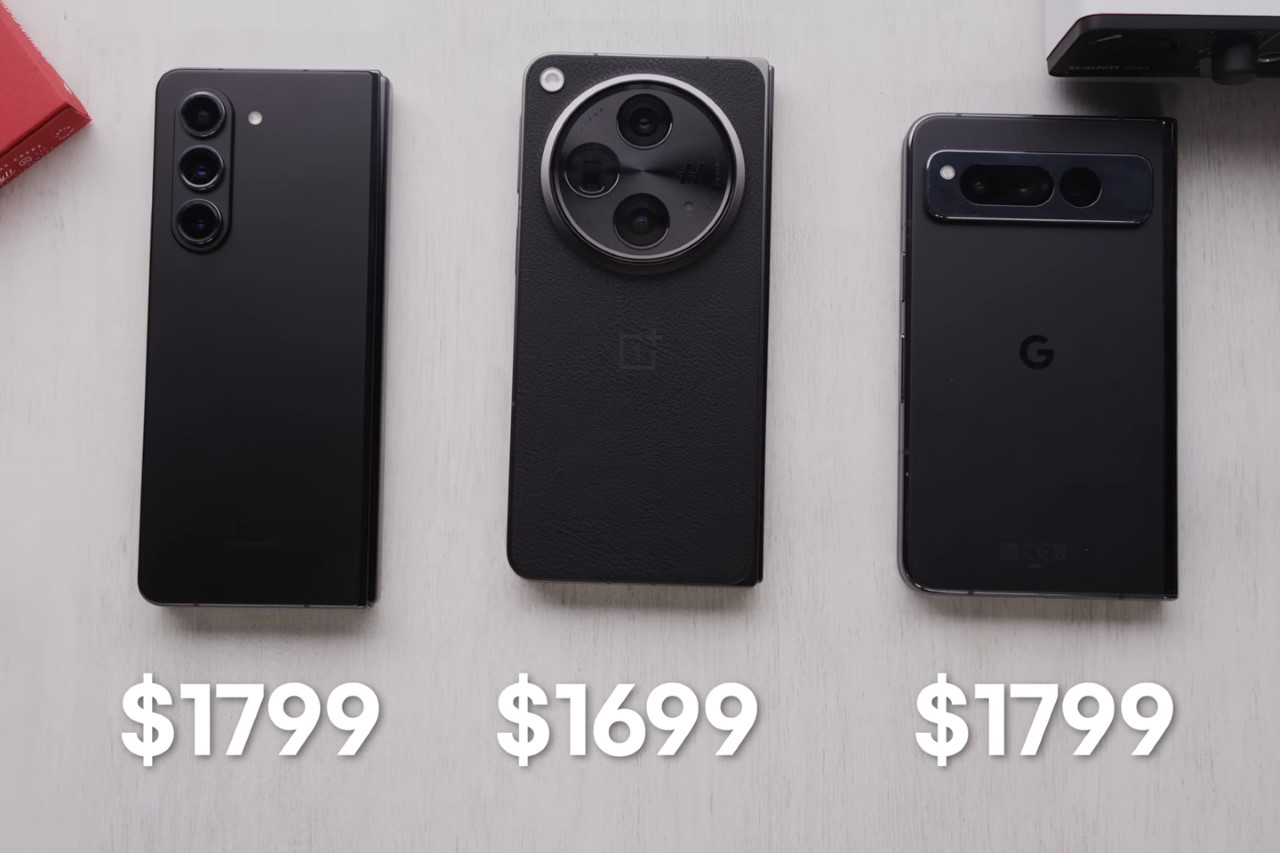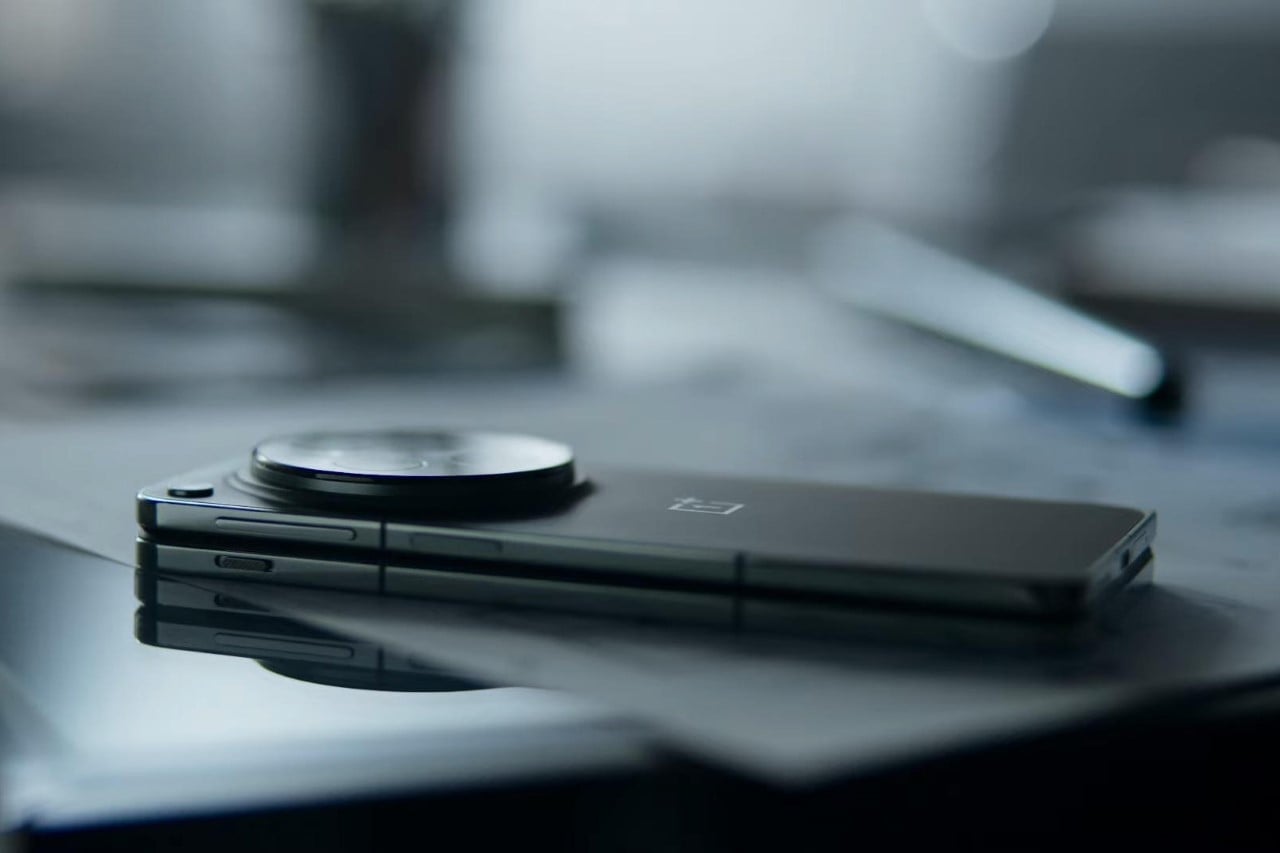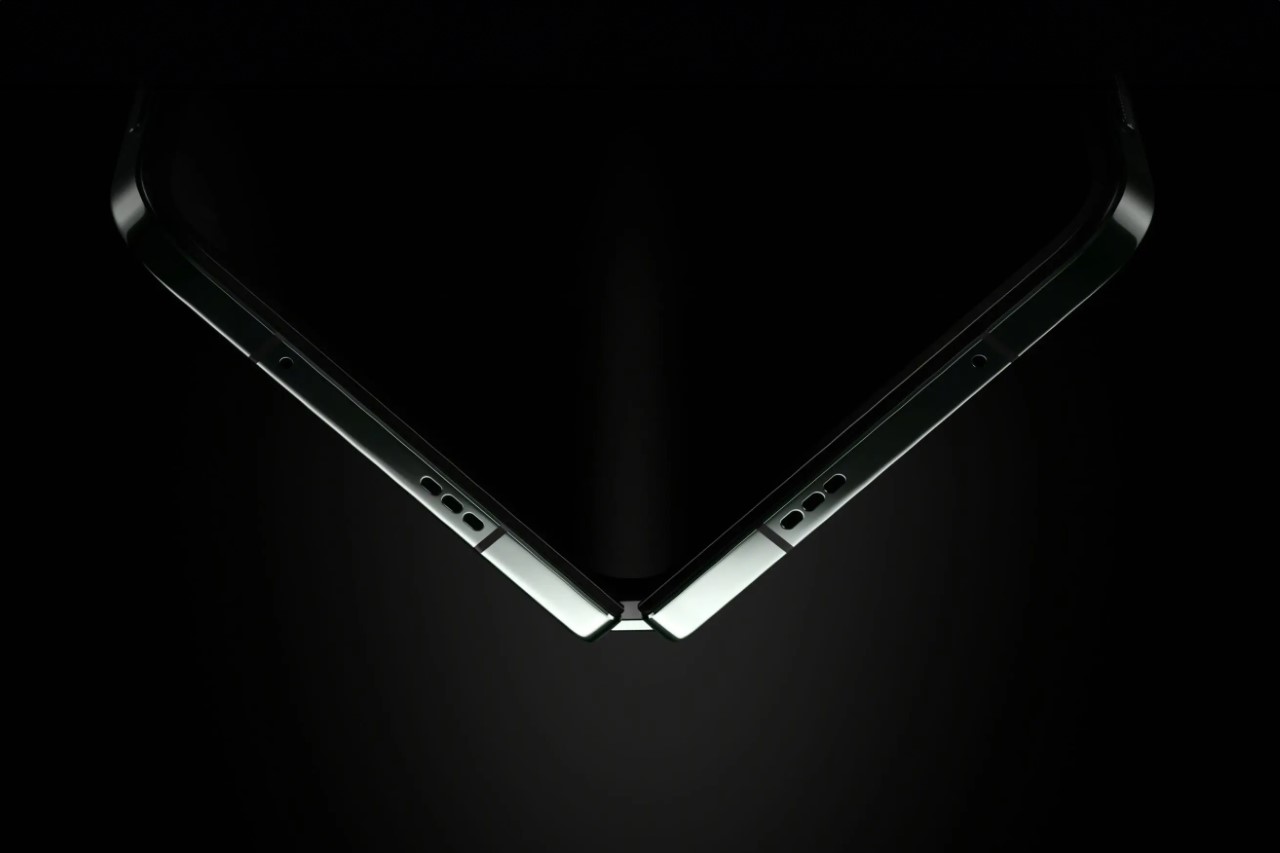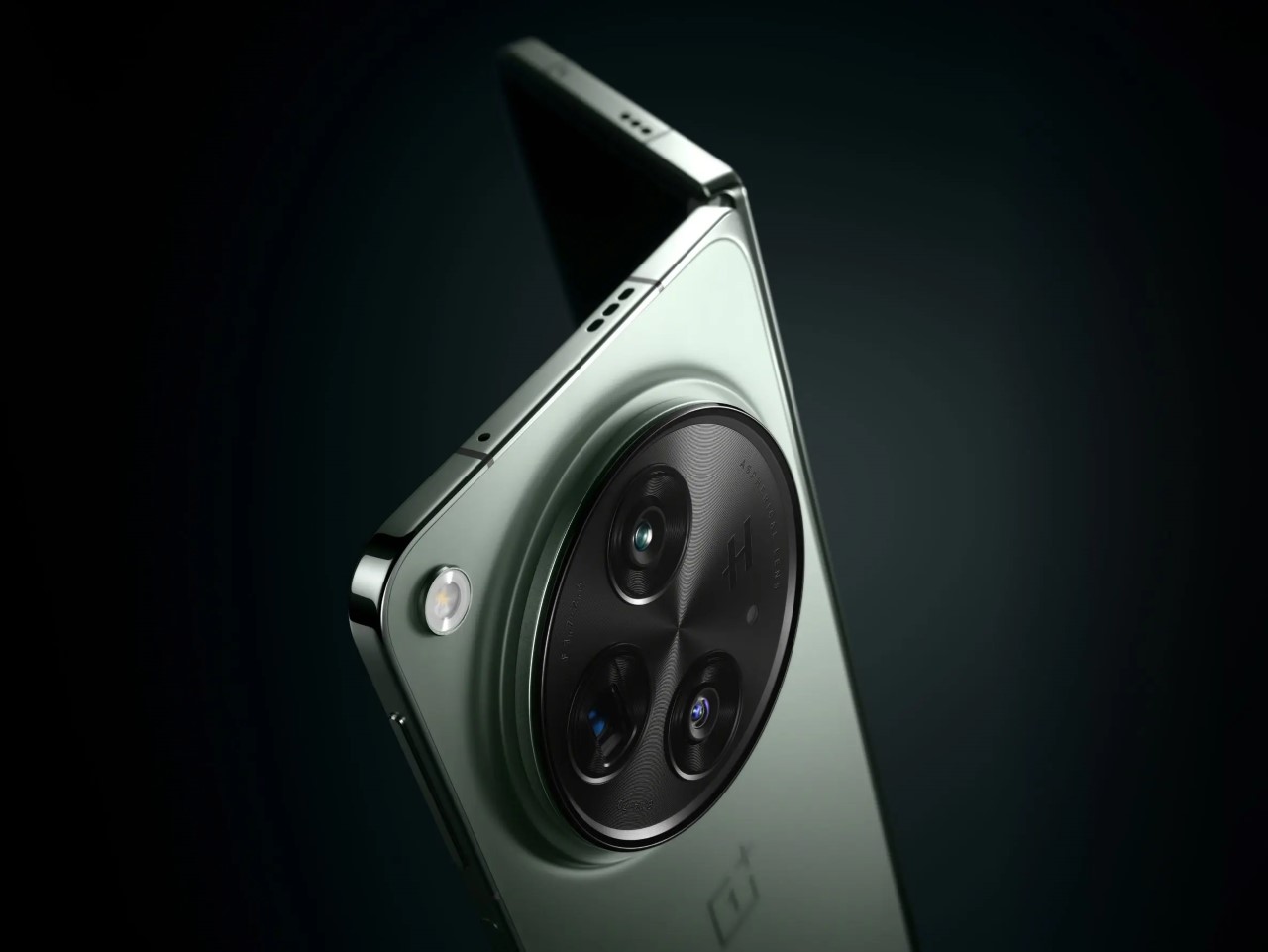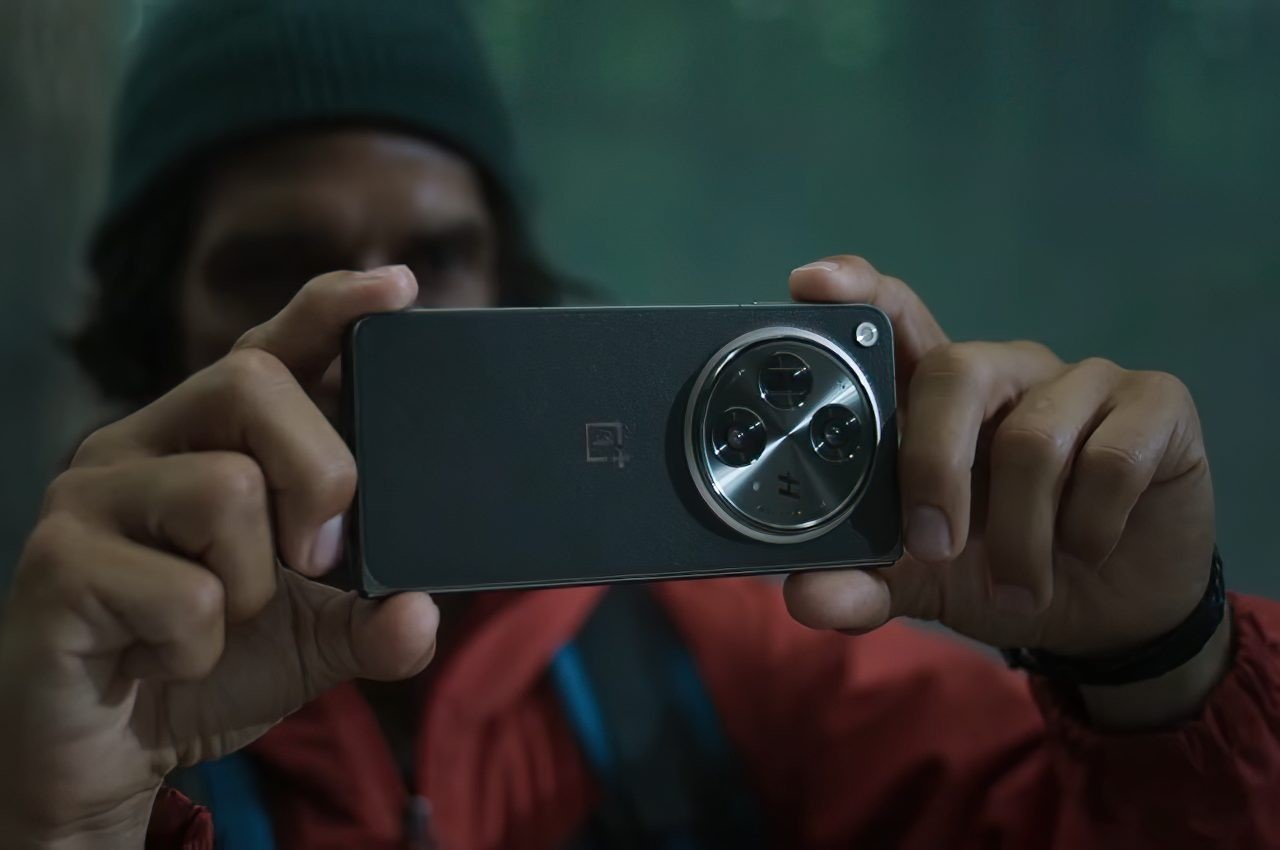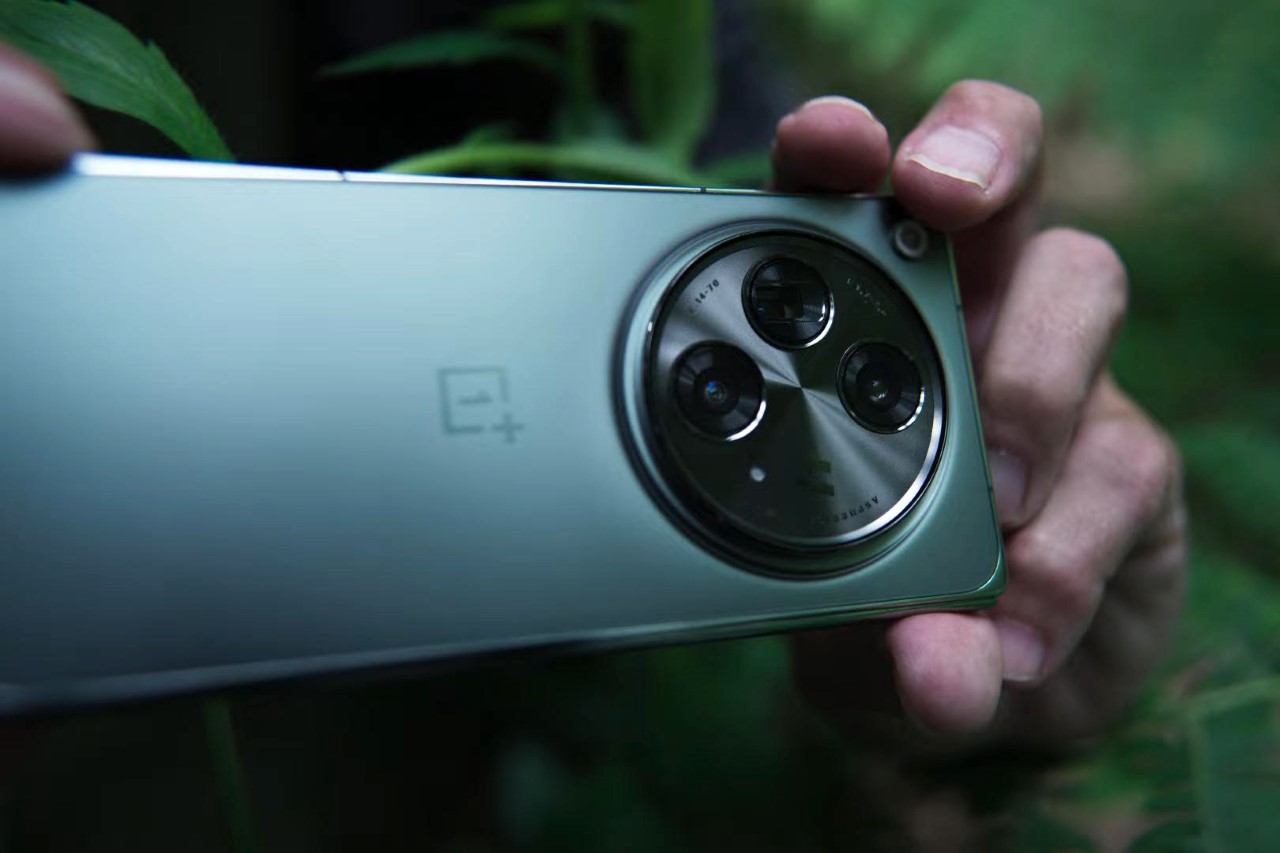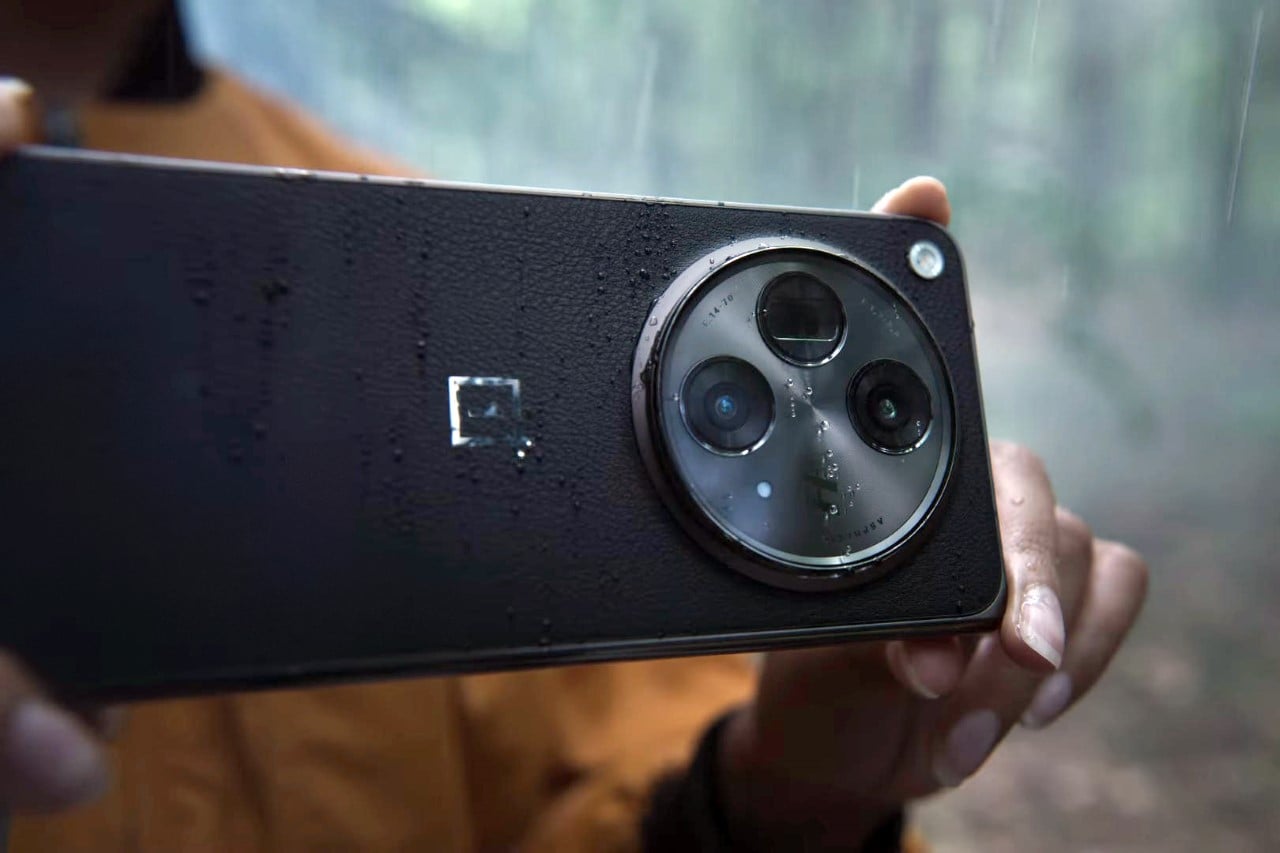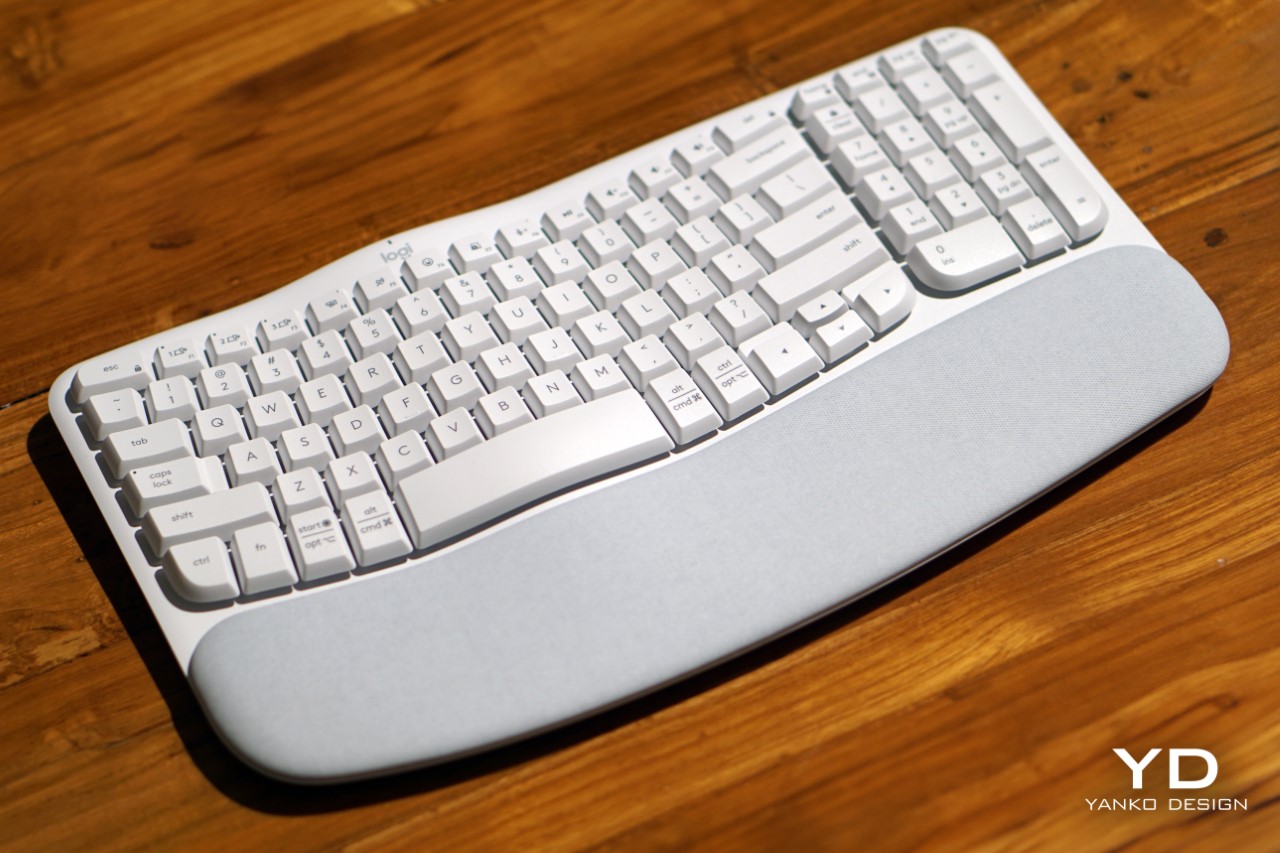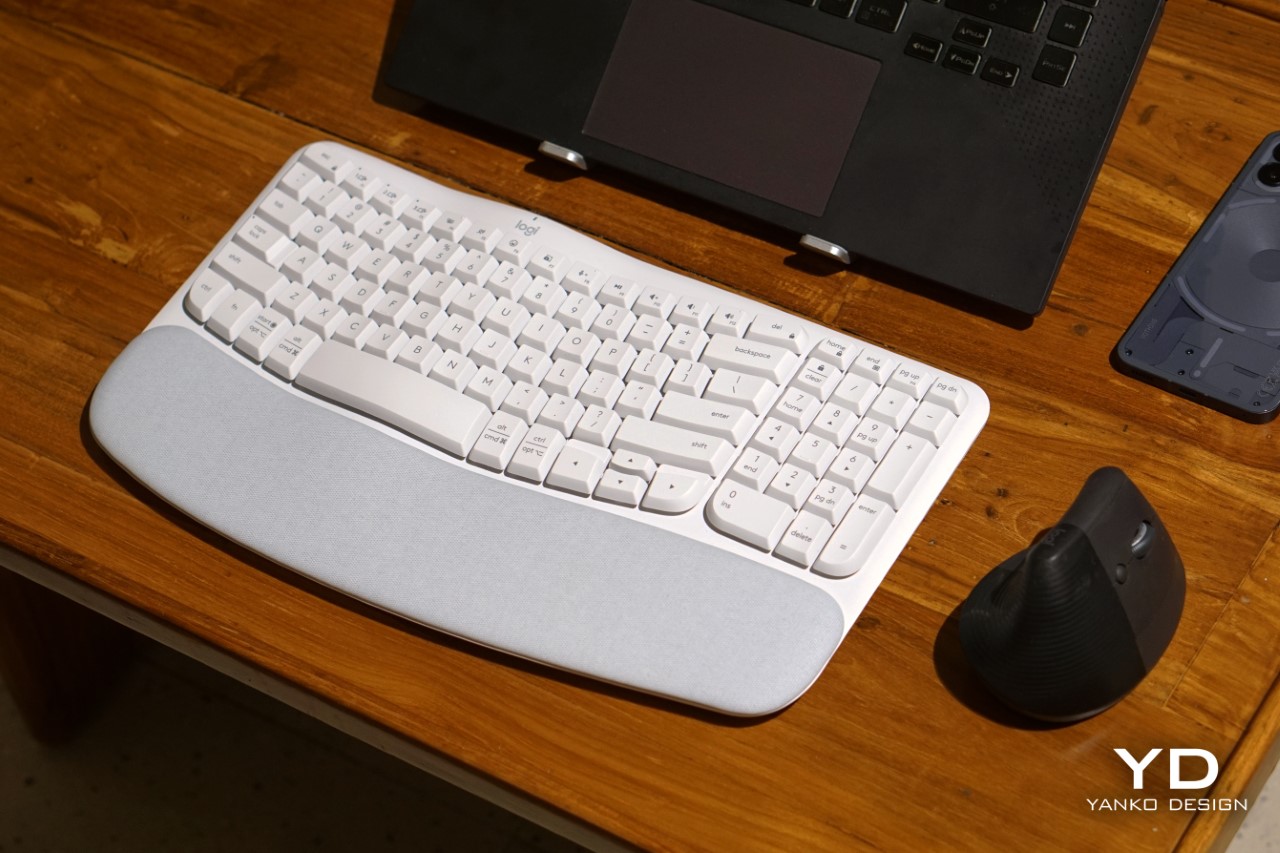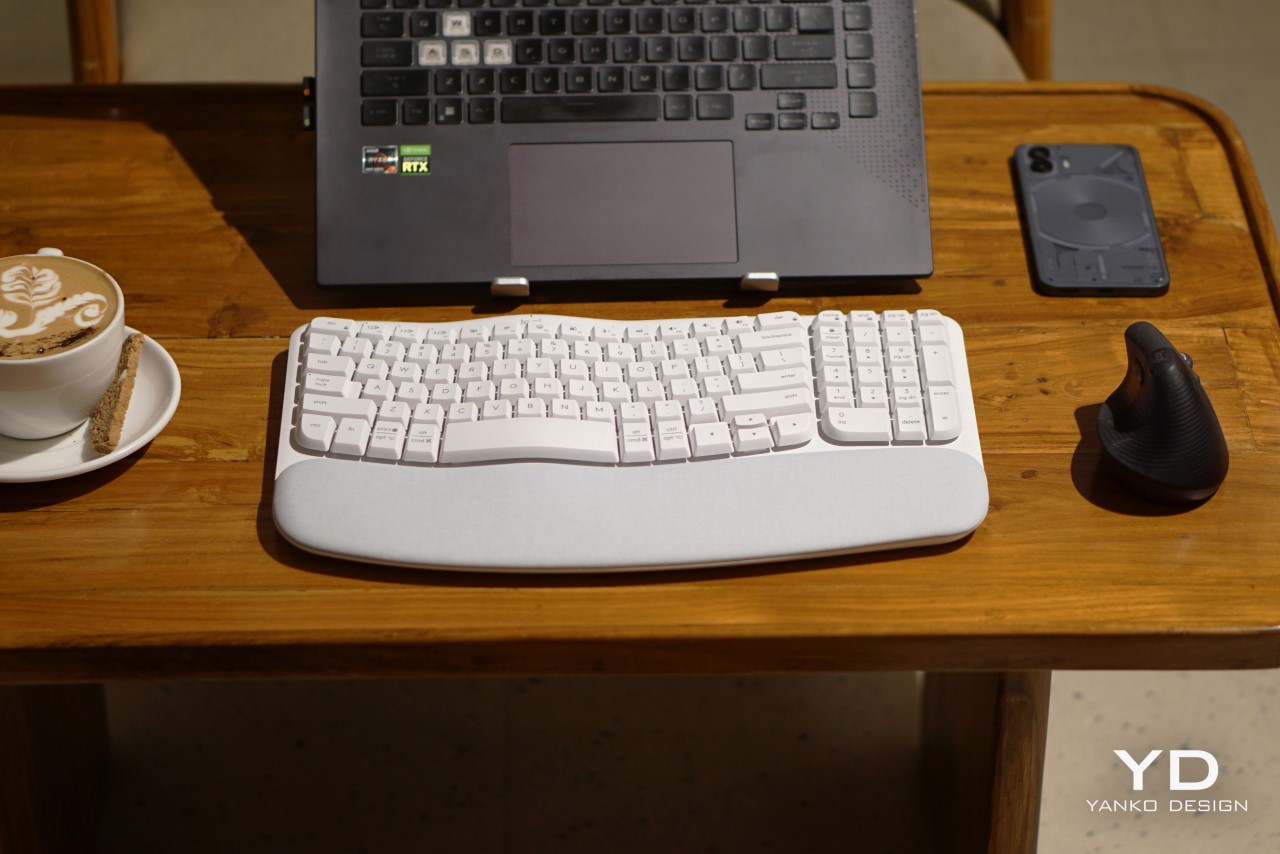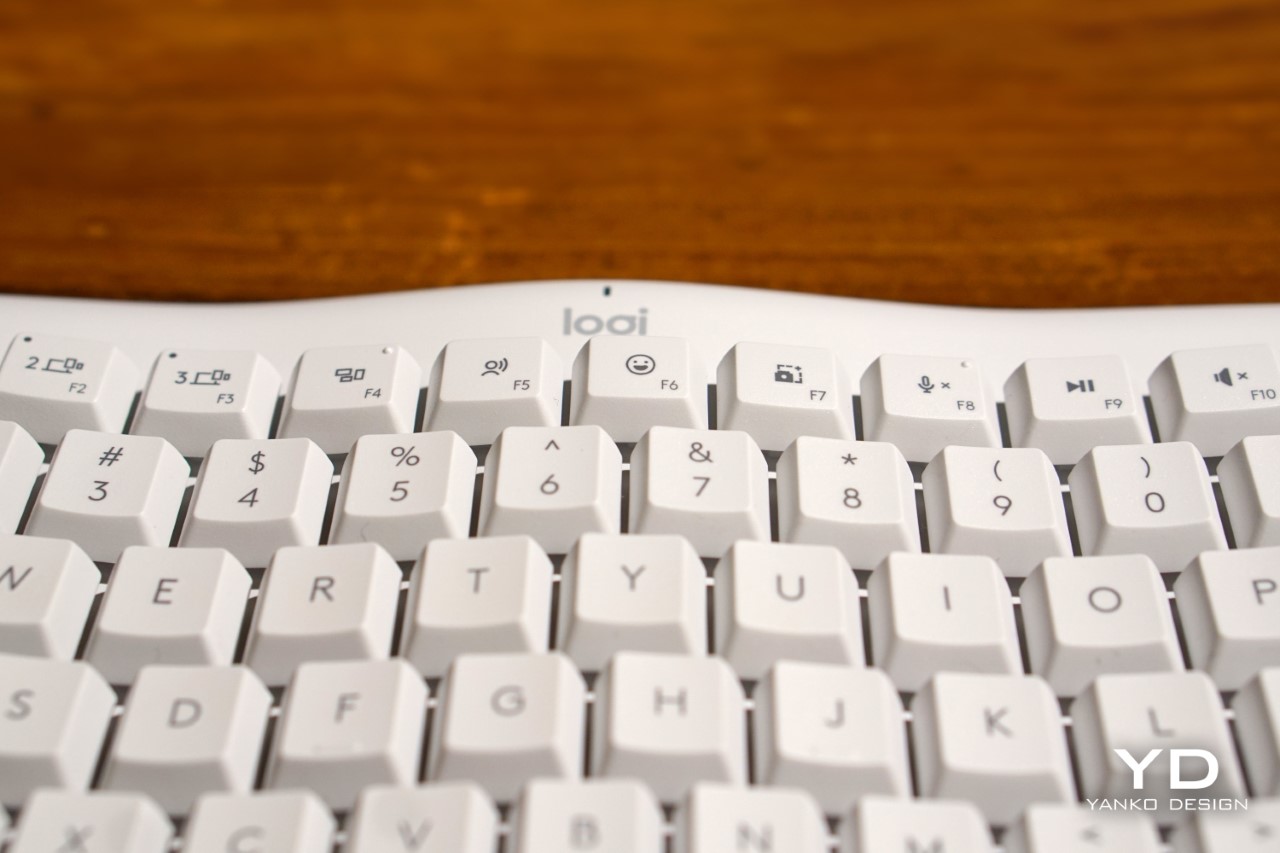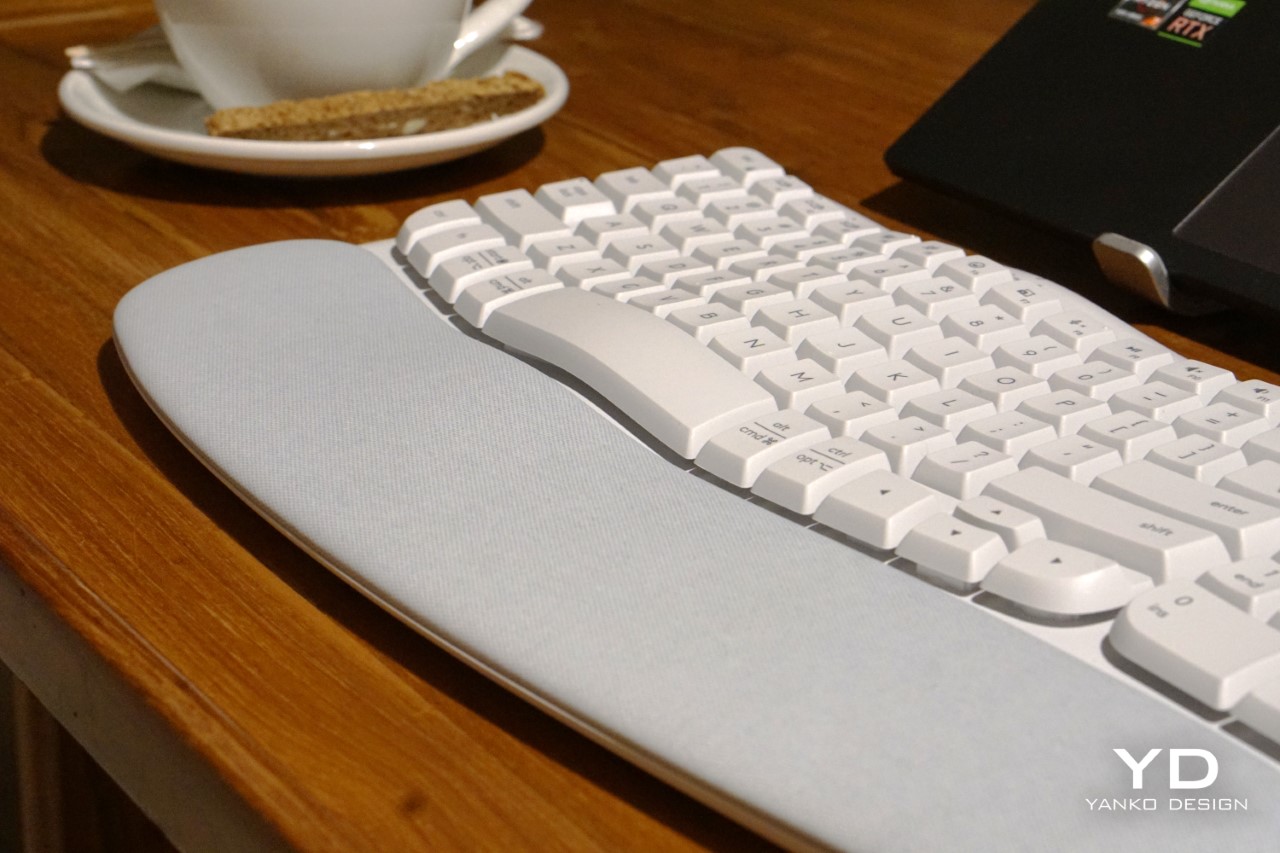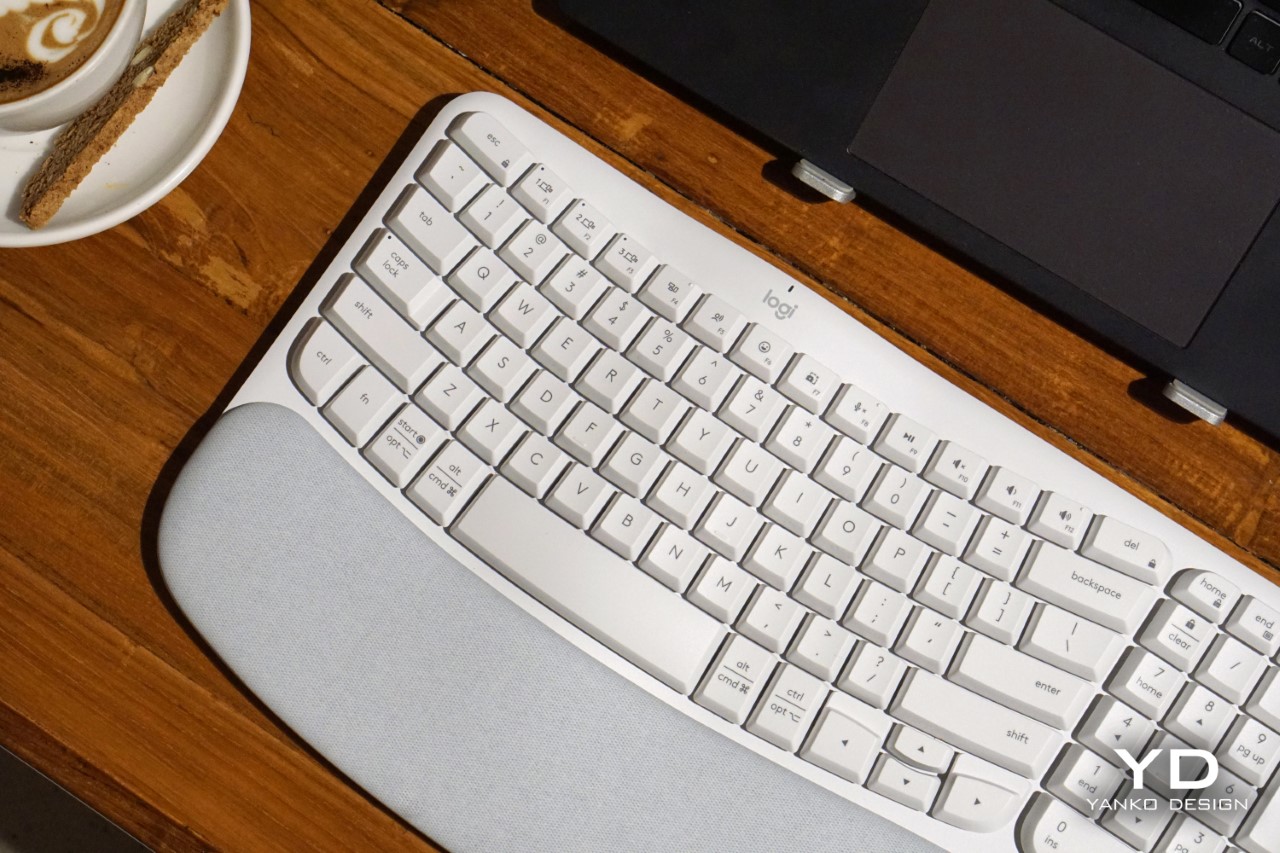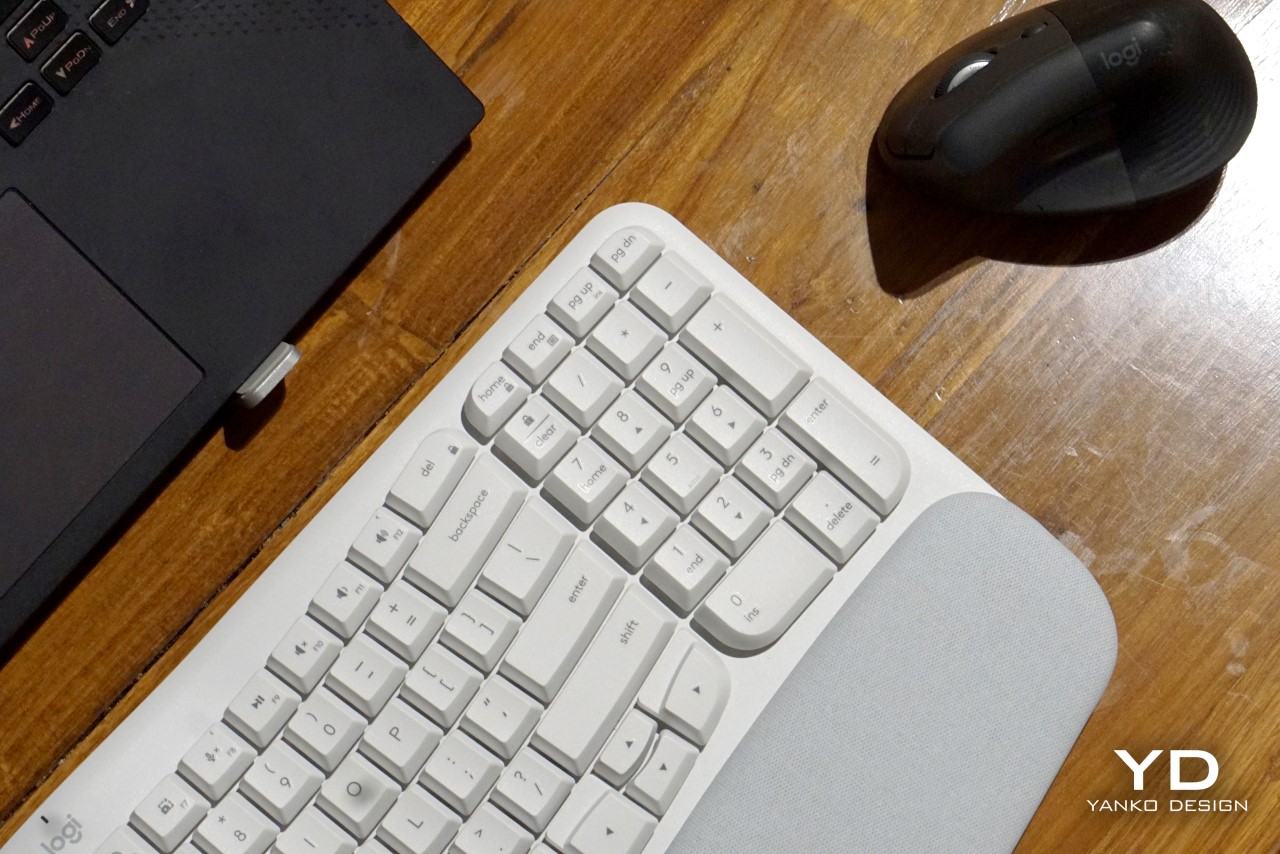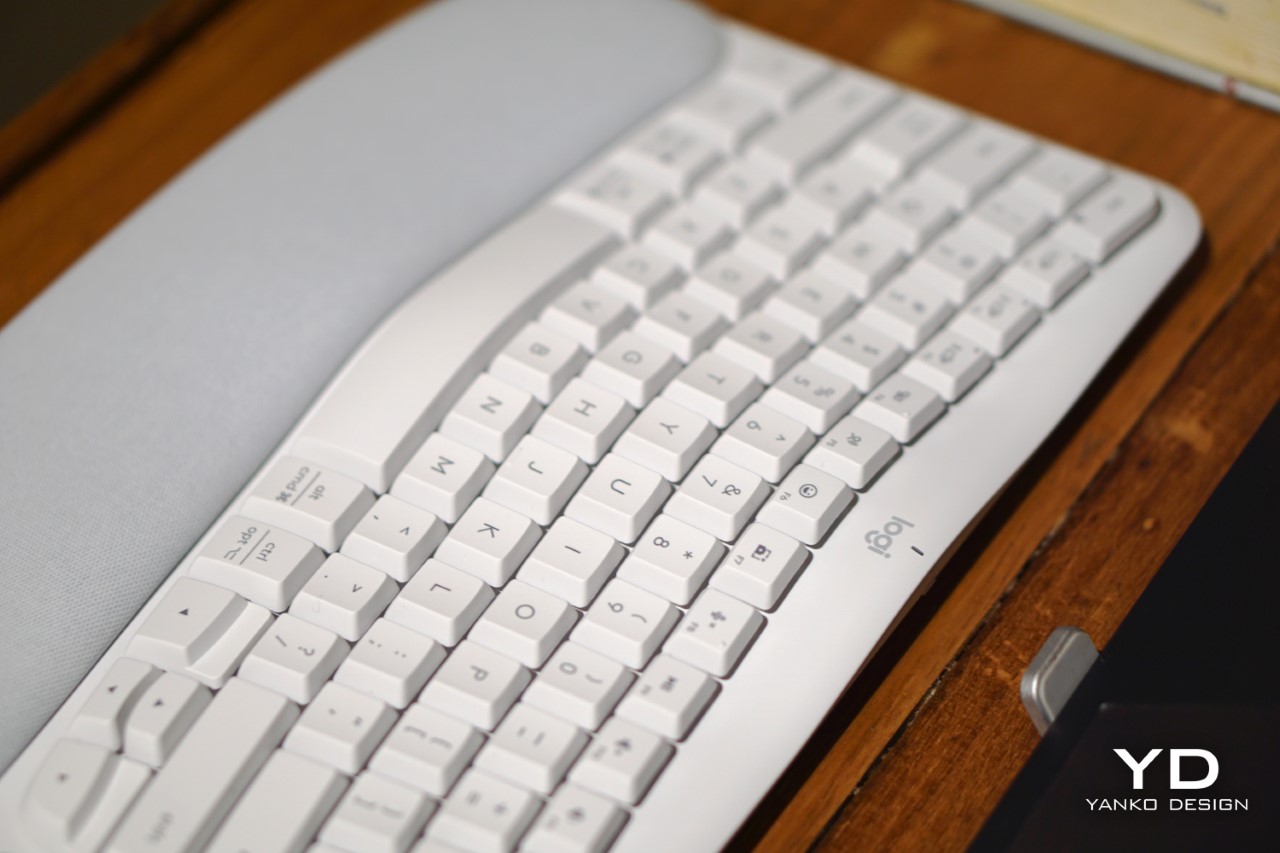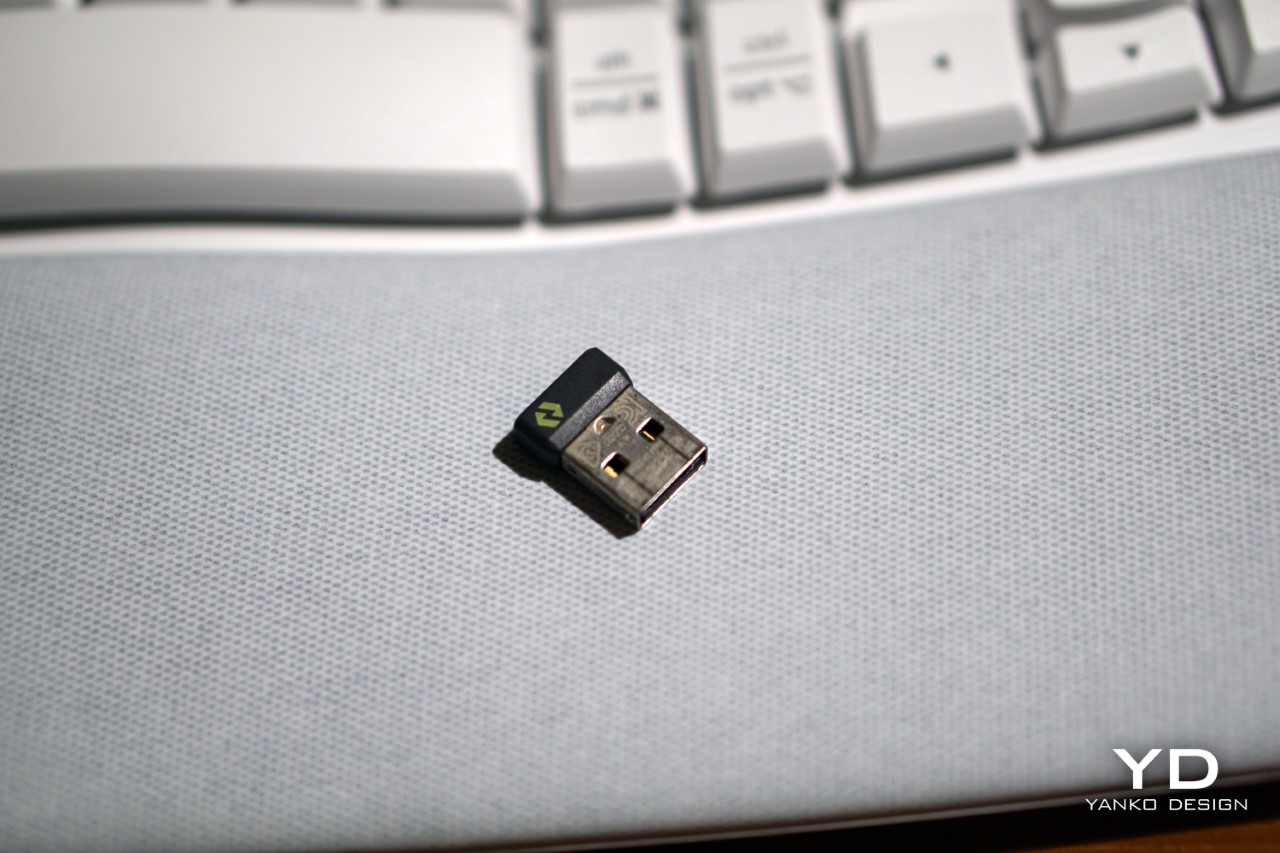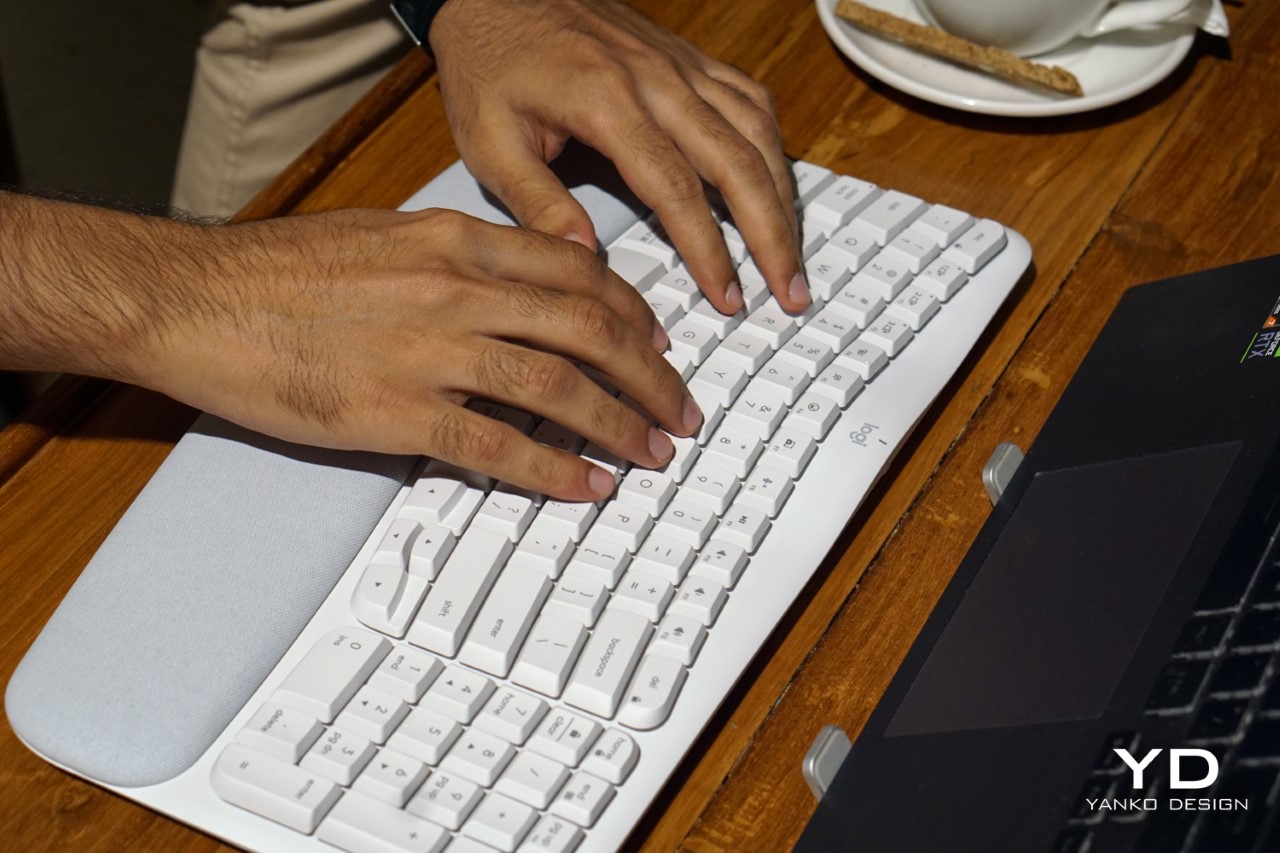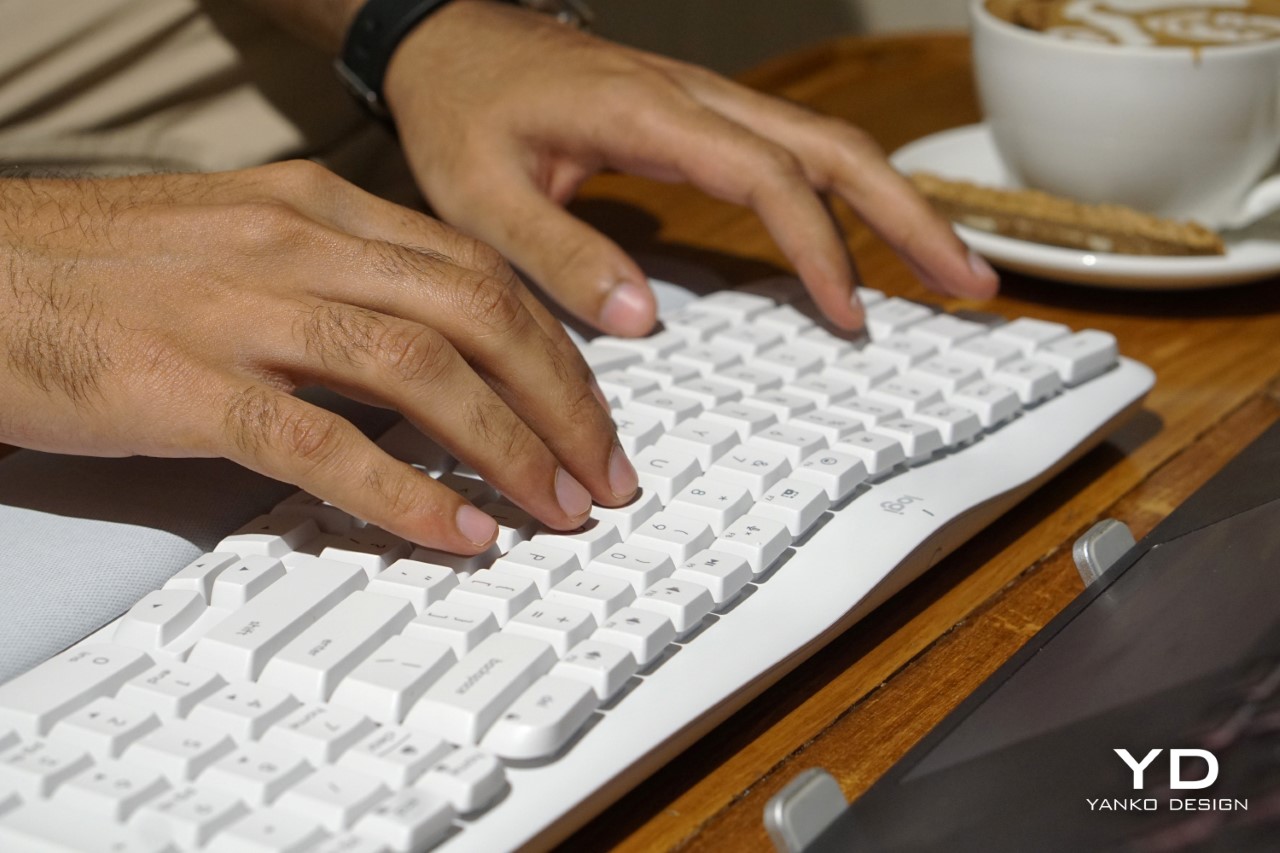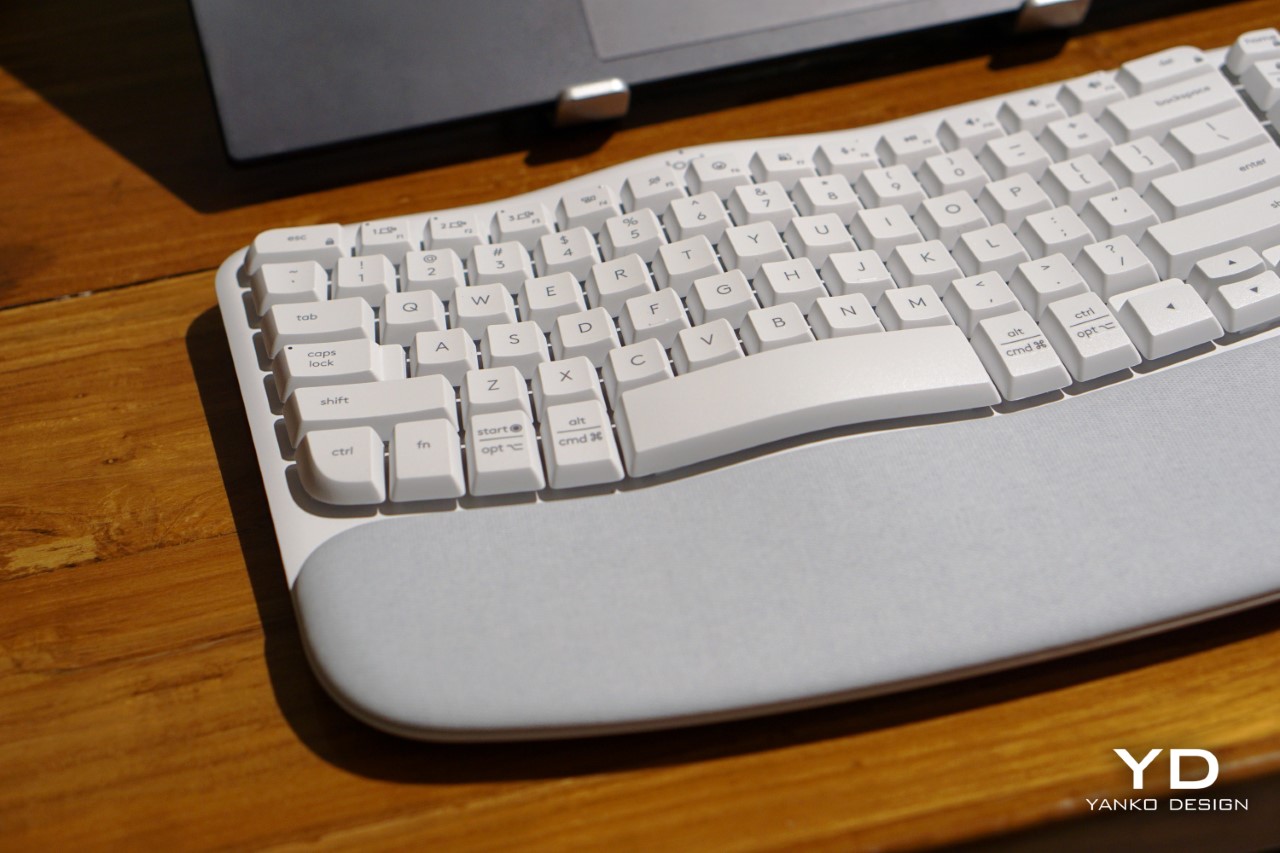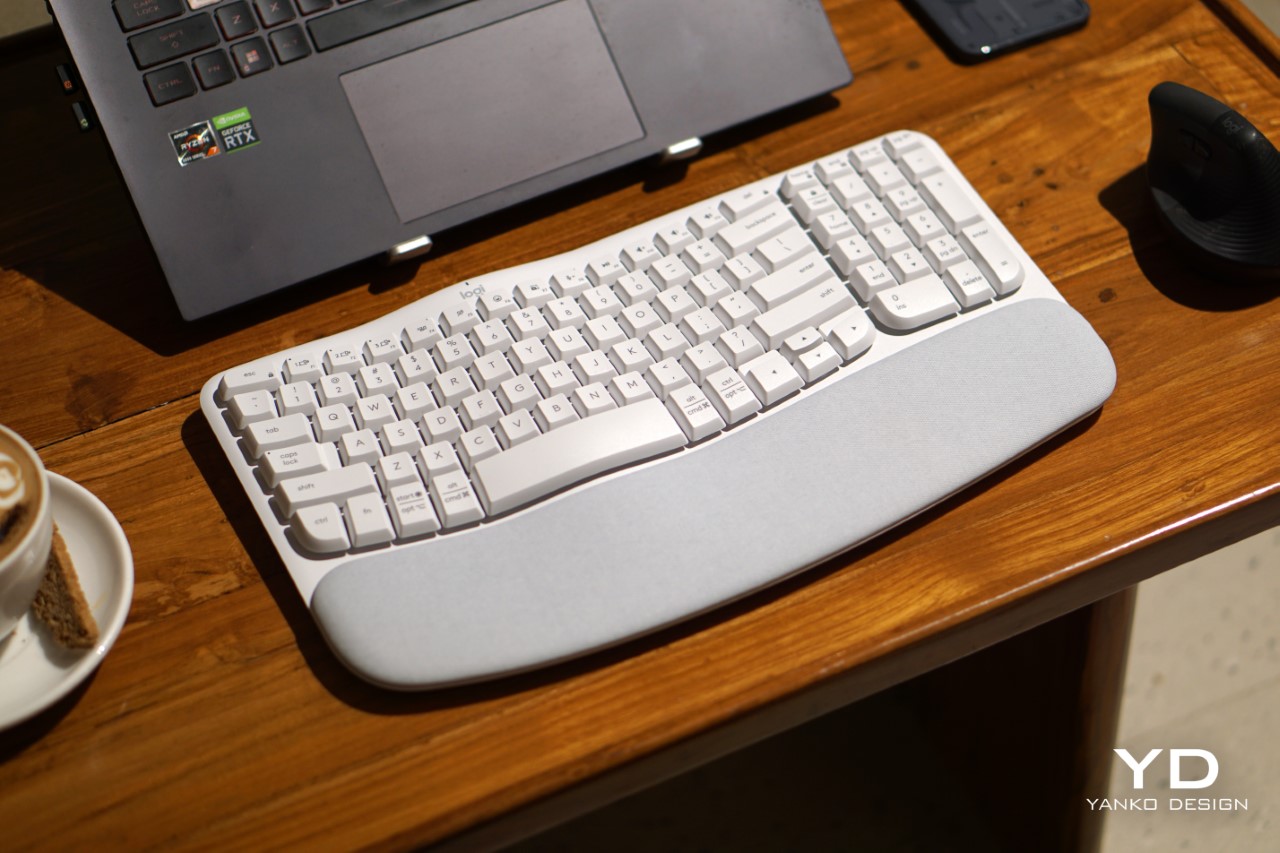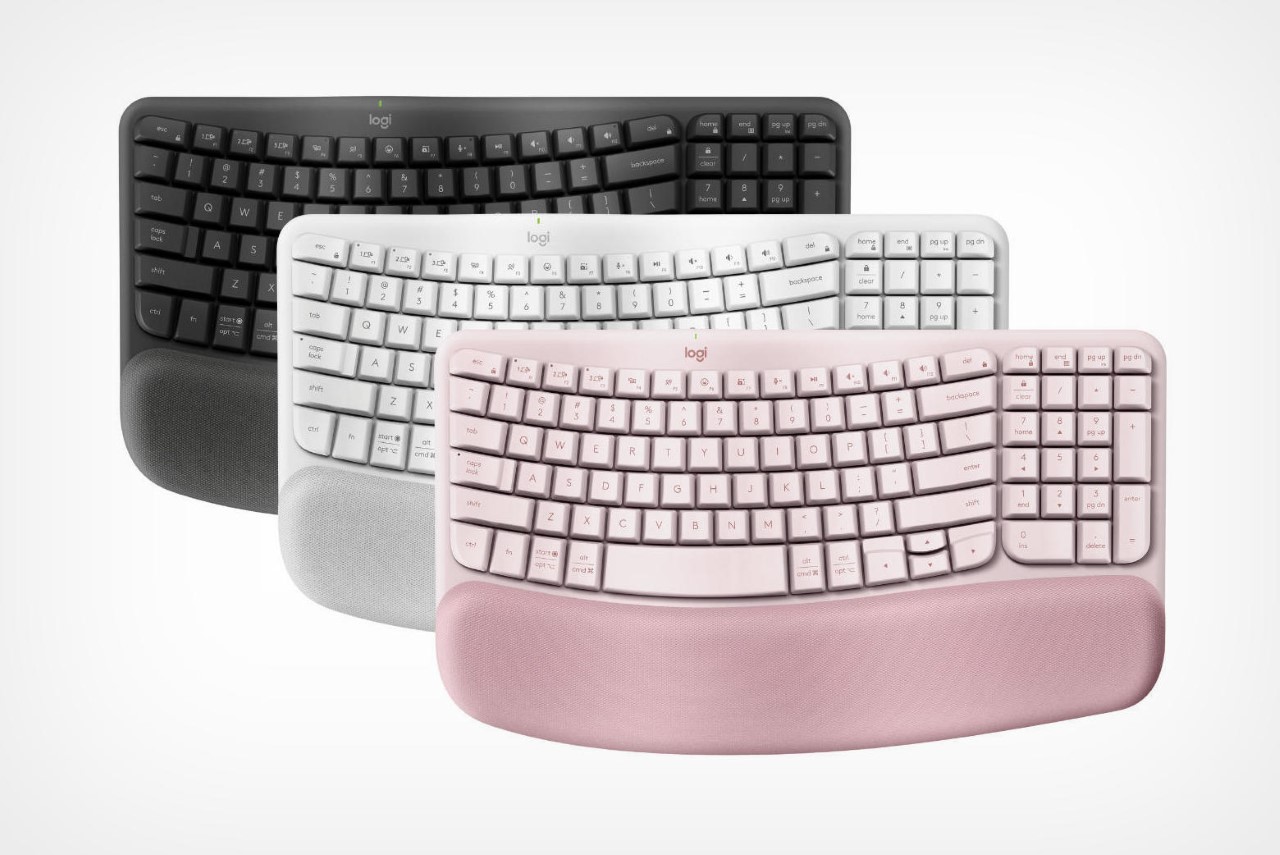Living in a tiny home is often romanticized as a minimalist and eco-friendly lifestyle, offering freedom from the burdens of excessive possessions and the financial strain of traditional homeownership. However, as someone who has journeyed down the tiny home path, I’ve come to realize there are many layers to this lifestyle choice that aren’t immediately apparent. Here’s an intimate look at ten things they don’t tell you about tiny homes, drawn from personal experiences and those of fellow tiny home dwellers.
1. Space Management Challenges
One of the first realities to hit was the constant battle with space. Every inch matters in a tiny home, requiring a level of organization and decluttering discipline I was unprepared for. Unlike traditional homes where you can have ‘junk drawers’ or closets filled with forgotten items, tiny living forces you to evaluate every possession for its utility and necessity. I’ve spent countless hours finding multifunctional furniture and devising storage solutions that keep my space functional yet not claustrophobic. It’s a never-ending puzzle that demands creativity and patience.
2. Zoning and Legal Hurdles
When I first entertained the idea of tiny home living, I was blissfully unaware of the zoning and legal hurdles that lay ahead. Finding a spot to park or build your tiny home can be a bureaucratic nightmare. Many regions have strict zoning laws that don’t accommodate tiny houses, especially if you’re looking to live off-grid or in a non-traditional community. Navigating these regulations required a lot of research, calls to local authorities, and sometimes, compromises on location and lifestyle that I hadn’t anticipated.
3. Utility Connections Can Be Complicated
The vision of a quaint tiny home tucked away in nature often overlooks the practicalities of connecting to water, electricity, and sewage. In my case, securing a reliable power source was a challenge, leading me to explore solar panels and composting toilets as alternatives. These solutions, while sustainable, come with their own set of challenges and maintenance requirements. It’s a trade-off between the idyllic off-grid life and the convenience of modern utilities.
4. Weather Vulnerabilities
Tiny homes, particularly those on wheels, can be surprisingly vulnerable to extreme weather. I’ve weathered storms that left me questioning the stability of my tiny abode, as high winds rattled the windows and rain tested the waterproofing. It’s a stark reminder that what you gain in quaintness and mobility, you may sacrifice in security and protection against the elements. Ensuring your tiny home is built to withstand local weather conditions is crucial but can be an oversight during the planning phase.

Seroro by Smaller Architects
5. Limited Privacy
Living in such close quarters has tested my relationships in ways I didn’t expect. The lack of privacy means that every phone call, argument, and moment of frustration is shared space. It’s taught me the value of communication and setting boundaries, but it’s also a reminder that tiny living isn’t just a physical downsizing but an emotional adjustment to constant proximity with your housemates.
6. Resale Value Uncertainties
The financial aspect of tiny home living can be misleading. While the initial investment is often lower than buying a traditional home, the resale market for tiny homes is still evolving. Unlike traditional homes, which typically appreciate over time, tiny homes can depreciate, much like vehicles. This realization made me reconsider tiny living as a long-term investment and more of a lifestyle choice with financial implications worth weighing.
7. Insurance and Financing Hurdles
Securing financing and insurance for a tiny home has been one of the more frustrating aspects of the process. Many financial institutions and insurance companies don’t know how to categorize tiny homes, leading to higher interest rates or insurance premiums, if you can find coverage at all. It’s a landscape that’s slowly changing as tiny homes gain popularity, but it’s a consideration that can significantly impact your budget and peace of mind.
8. Customization Costs
The allure of customizing a tiny home to perfectly suit your needs is strong, but so is the price tag that often comes with it. Specialized compact appliances, custom-built furniture, and the need to maximize every square inch can add up. My tiny home, which started as a budget-friendly project, quickly escalated in cost as I sought to make the space livable and reflective of my personality. It’s a cautionary tale of how ‘small’ doesn’t always mean ‘cheap.’
9. Isolation
One of the more subtle aspects of tiny home living that caught me off guard was the sense of isolation. This wasn’t just about physical space but also the emotional distance it can create. Living in a tiny home often means positioning yourself away from conventional neighborhoods and, by extension, the daily interactions that come with community living. I found myself missing the casual conversations with neighbors, the spontaneous visits from friends, and the sense of being part of a larger community. This isolation isn’t always a downside, as it offers a peaceful retreat from the hustle and bustle of everyday life. However, it also requires a concerted effort to maintain social connections and seek out community engagement. The tiny home lifestyle has pushed me to be more intentional about my social life, planning gatherings in communal spaces and participating in local events whenever possible. It’s a reminder that while our homes might be small, our need for connection and community is as vast as ever.
10. Lifestyle Limitations
Finally, the most profound realization has been acknowledging the lifestyle limitations that come with tiny home living. Hosting dinner parties, indulging in large-scale hobbies, or simply having a separate workspace within your home requires creativity and compromise. It’s a lifestyle that demands minimalism not just in your possessions but in your expectations and social habits.
Tiny home living is not just a choice of housing but a commitment to a lifestyle that challenges conventional norms and personal comfort zones. It’s a journey filled with surprises, some delightful and others daunting. Yet, for all its challenges, tiny-living has taught me the value of simplicity, the beauty of sustainability, and the importance of community. It’s not a lifestyle for everyone, but for those willing to navigate its complexities, it offers a unique path to redefining what ‘home’ means.
Reflecting on my tiny home adventure, it’s clear that the journey is as much about internal discovery as it is about external simplification. It’s a lifestyle choice that demands resilience, flexibility, and frankly, even a sense of humor. After all, when you’re living in a space no bigger than some people’s closets, you learn not to take life too seriously. Whether you’re contemplating a tiny home or simply curious about the lifestyle, remember that the biggest challenges often come in the smallest packages… but also, the smallest homes sometimes have the biggest hearts.
The post Ten Things They Don’t Tell You About Tiny Homes first appeared on Yanko Design.






